Judicial Review of Orders by President and Governor
Understanding the role of judicial review in India's constitutional framework
Introduction
Judicial Review refers to the authority of a country's courts to examine the actions of the legislative, executive, and administrative branches of the government to ensure they comply with the Constitution. If these actions are found to be inconsistent with the Constitution, they are declared unconstitutional and thus null and void. This concept of Judicial Review is believed to have originated with John Marshall, the fourth Chief Justice of the United States, who in Marbury v. Madison (1803) asserted that the U.S. Supreme Court had the power to invalidate laws passed by Congress.
In India, the Constitution grants certain discretionary powers to the Governors. However, there are instances when Governors may not use these powers judiciously. In such cases, the judiciary plays a crucial role, often providing valuable guidelines to ensure that these powers are exercised appropriately.
Constitutional Provisions for Judicial Review of Orders by President and Governor
To ensure the legality of administrative actions and statutes, the Indian Constitution grants powers to higher courts, including the Supreme Court. One of the main objectives of judicial review is to protect public rights and enforce fundamental rights. If disputes arise between the State and Centre, Article 246 and Schedule 7 of the Constitution define the areas of authority for both entities.
Judicial Review allows the judiciary to invalidate any action that conflicts with the Constitution. This principle is established under Article 13 of the Indian Constitution. Articles 32 and 226 specifically provide mechanisms for enforcing the fundamental rights outlined in Part III of the Constitution. The guarantee of fundamental rights would be meaningless without the Court's power to protect them from arbitrary violations. This is where the power of Judicial Review becomes crucial.
Review of Governor's Rule
In the case of Nabam Rebia and Bamang Felix v. Deputy Speaker (2016)the Supreme Court observed that the discretionary power of the Governor is very limited and can be subject to Judicial Review. Even in matters of discretion, a seven-judge Bench of the Apex Court in Samsher Singh v. State of Punjab (1974) held that the Governor must act "in harmony with his Council of Ministers." The situation addressed in this case is unusual in our Constitution, as it does not typically anticipate the Governor using his power under Article 161 against the explicit recommendation of the Council of Ministers.
The discretion of the Governor in appointing Chief Ministers has been challenged several times. In Mahabir Prasad vs Prafulla Chandra (1969), the court ruled that the Governor's power in appointing the Chief Minister is absolute and cannot be questioned, as it falls under his sole discretion. Similarly, in Pratap Singh Raojirao vs Governor of Goa (1999), the court affirmed that the Governor acts on his own discretion when appointing the Chief Minister and is protected by immunity under Article 361 of the Constitution.
In cases of dissolving assemblies, the court has held that such actions are subject to judicial review. In the case of S.R. Bommai vs Union of India (1994), the court stated that if the dissolution of the Assembly is found to be malafide, the court can intervene and even reinstate the Assembly before new elections are held. In Rameshwar Prasad vs. Union of India (2006), the court described the Governor's action as "drastic and extreme" and emphasized that the court "could not be a silent spectator to such subversion of the Constitution."
In the case of dissolving a ministry, the court ruled, as seen in Jagdambika Pal vs State of U.P.(1998), that a special session of the Legislative Assembly should be convened for a composite floor test between the competing parties to determine which leader (Sh. Kalyan Singh or Sh. Jagdambika Pal) has majority support in the Assembly. This decision emphasized that the Governor should only use their discretion to dismiss the ministry if the Chief Minister fails to prove their majority in the House. In Mahabir Prasad Sharma vs Prafulla Chandra Ghose (1969), the Calcutta High Court ruled that if the Council of Ministers refuses to leave office after losing a confidence motion, the Governor can withdraw their approval.
The Court also held that the Governor's right to withdraw their approval for a minister to hold office is absolute and cannot be questioned in a court of law.
Regarding the summoning and proroguing of the State Assembly, the court ruled in K.A. Mathialagan vs The Governor (1973) that the Governor's decision to prorogue the Assembly under Article 174 is not a discretionary function and must include ministerial advice.
As for the Governor's pardoning powers, outlined in Article 161 of the Constitution, these powers are not absolute and are subject to the advice of the Council of Ministers. In the case of Epuru Sudhakar v. Govt. of A.P. (2006), the Supreme Court set aside a decision by then Andhra Pradesh Governor Sushil Kumar Shinde to remit the sentence of a Congress activist involved in the killing of two people, including a TDP activist. The Court emphasized that "Rule of Law is the basis for evaluating all decisions" and that compromising this principle for political reasons would be dangerous and undermine the fundamental principles of the Rule of Law
Review of the President's Rule
The Court periodically reviews the imposition of President's rule, especially when challenged, and provides guidelines for its application. In T. Venkata Reddy v. State of A.P. (1985), the Constitution Bench ruled that an ordinance cannot be invalidated solely on the grounds of non-application of mind. The power to issue an ordinance is a legislative, not an executive, function. The Supreme Court emphasized that the satisfaction of the President under Article 123 and the Governor under Article 213 is subject to judicial review. Justice Chandrachud noted that the apex court would examine whether the President's or Governor's decision to promulgate an ordinance was based on relevant material or whether it constituted a "fraud on power" or was motivated by improper intentions. Former Chief Justice Thakur also stated that the "re-promulgation of ordinances is a fraud on the Constitution and a subversion of democratic legislative processes."
In Gurudevdatta VKSSS Maryadit v. State of Maharashtra (2001), the Supreme Court held that as long as an ordinance does not violate constitutional safeguards, its validity cannot be questioned, nor can the motives behind its promulgation. The courts cannot interfere with perceived legislative malice in passing a statute.
Interference by the courts is limited and primarily focuses on the constitutionality of actions rather than delving beyond that scope. Courts do not typically have jurisdiction over issues of legislative malice.
In the landmark case of D.C. Wadhwa & others v. State of Bihar (1986), the Supreme Court made several key observations, including: (i) The power to promulgate an ordinance is an emergency measure, intended for use when immediate action is necessary and the legislature is not in session; (ii) A constitutional authority cannot indirectly do what it is prohibited from doing directly; (iii) While the President's satisfaction regarding the necessity of an ordinance cannot be questioned by the Court, the Court can determine whether the President exceeded constitutional limits; (iv) Generally, the motive behind issuing an ordinance cannot be challenged, but the Court cannot allow ordinances to be misused for political purposes.
Regarding the President's pardoning powers, the court in Maru Ram v. Union of India (1980) suggested that guidelines should be established for exercising this power under Article 72 to avoid accusations of arbitrary decision-making. In Kehar Singh vs Union of India (1988), the court noted that when all judicial avenues have been exhausted, a person may seek mercy from the President on moral and humanitarian grounds. If judicial review were allowed in such cases, the judiciary might end up overturning the President's pardon based on previous judgments. In Satpal vs State of Haryana (2000), the Supreme Court held that the Governor's pardoning power, being a constitutional authority, can be subject to judicial review under certain circumstances: (i) if the Governor acted without government advice; (ii) if the Governor exceeded his jurisdiction; (iii) if the decision was made without proper consideration; (iv) if the decision was influenced by improper factors.
In this case, the Governor granted a pardon without properly considering the situation and without being fully informed of all the relevant facts. As a result, the Supreme Court annulled the clemency order.
Regarding the imposition of President's rule, as discussed by Kameshwari G. in his book "A Boom or a Bane to Federalism," the Supreme Court and High Courts can invalidate the proclamation if it is found to be made in bad faith or based on irrelevant or improper grounds. In K.K. Aboo vs Union of India (1965), the court dismissed the petition, stating it was frivolous, as the Governor had dismissed the State Legislatures without consulting all members and imposed President's rule. Similarly, in Rao Birinder Singh vs. Union of India (1968), the Punjab & Haryana High Court noted that: (i) The court cannot question the validity, legality, or appropriateness of the proclamation because the President issued it under Article 356(1) as a constitutional power, which is not an executive action and is protected from judicial scrutiny by Article 361(1); (ii) The Constitution specifically vests the power to review the proclamation in Parliament, excluding the jurisdiction of the courts; (iii) The Governor's conclusions in his report to the President cannot be challenged in court, as they are matters for the President and Parliament to consider.
In the case of State of Rajasthan vs Union of India (1977), it was held that when a proclamation is issued under Article 356, the central government can dissolve the State Legislature without waiting for Parliament's approval of the proclamation. However, the Supreme Court in S.R. Bommai vs. Union of India (1994) disagreed with this view, stating that if the proclamation is not approved by Parliament within two months, it will automatically lapse. In such a situation, the dissolved Assembly must be revived, and fresh elections cannot be held for the House within that short two-month period.
Conclusion
The discussion above shows that the President of India and the Governors of the States have significant discretionary powers as outlined in the Constitution of India, meant to be exercised in good faith. However, over time, these powers have been politically misused by various governments. Consequently, the courts have set judicial precedents in various judgments, as discussed, limiting these powers and making them subject to judicial review to prevent abuse of the law and protect the fundamental rights of Indian citizens. If these powers are used in good faith for the welfare of the people, the courts may not overturn the decisions. However, as the Constitution describes the judiciary as the "Watchdog," it has an inherent duty to monitor all policies and ensure they serve the public interest.
Share
Related Post
Tags
Archive
Popular & Recent Post
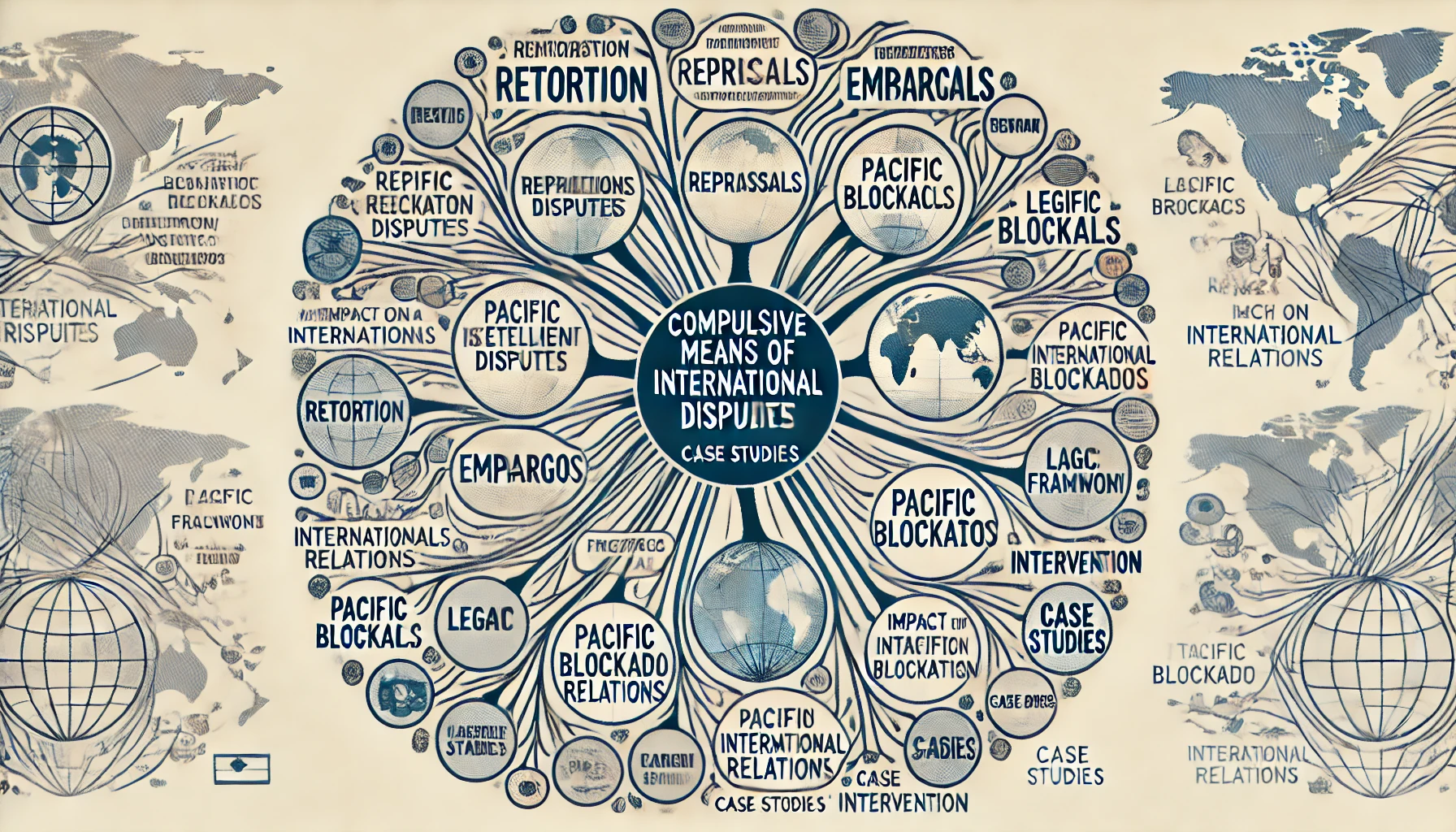




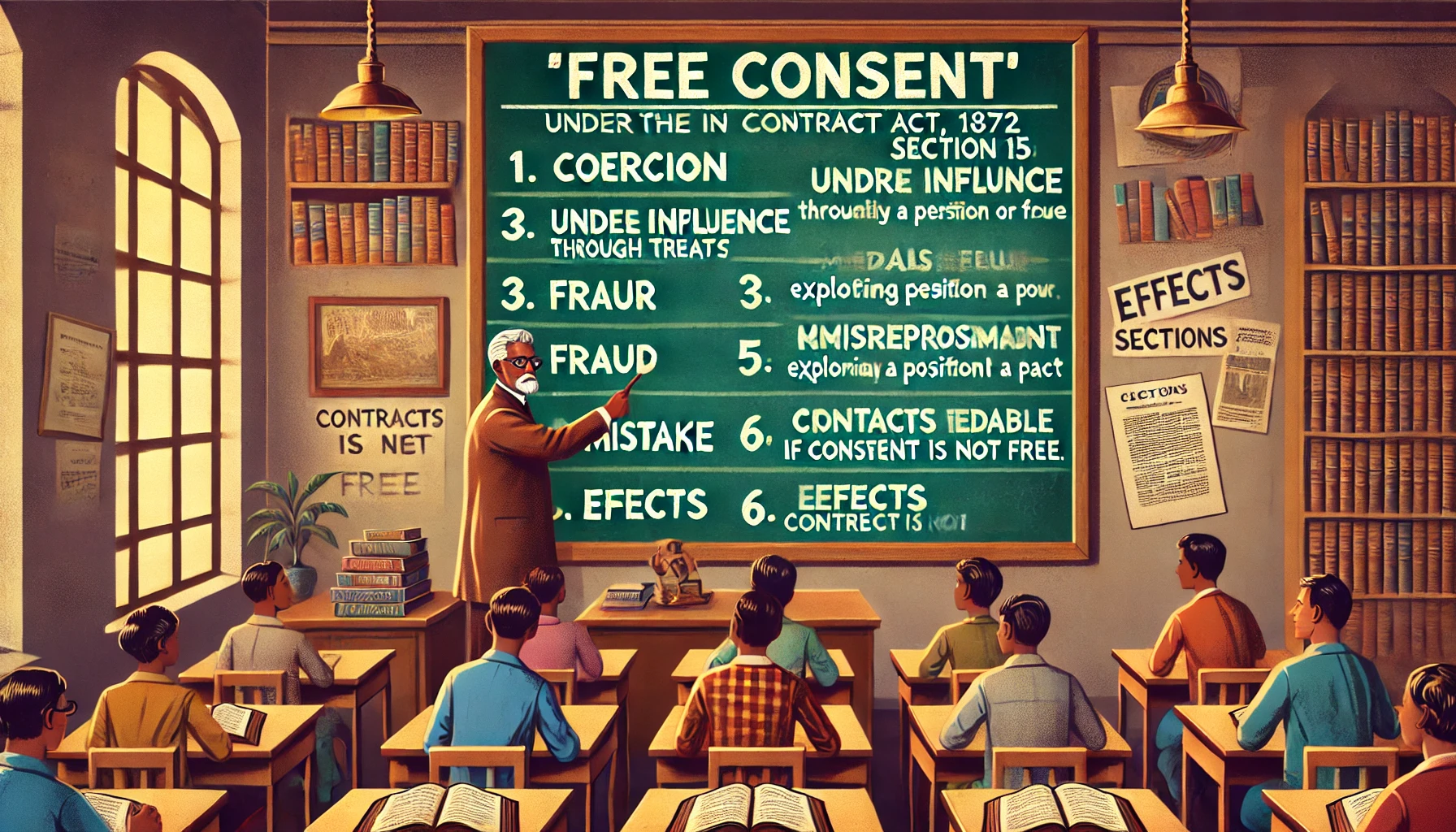
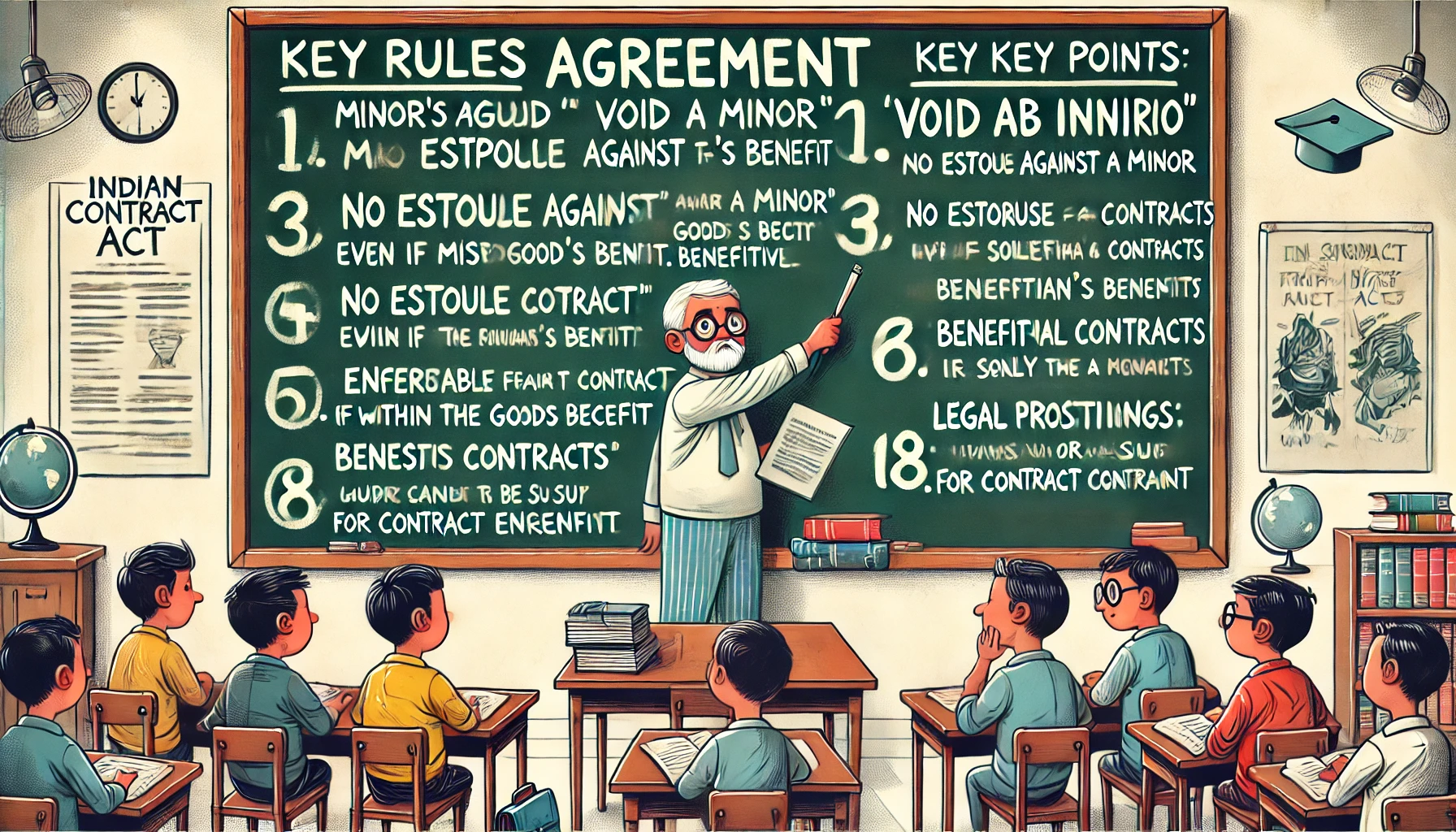
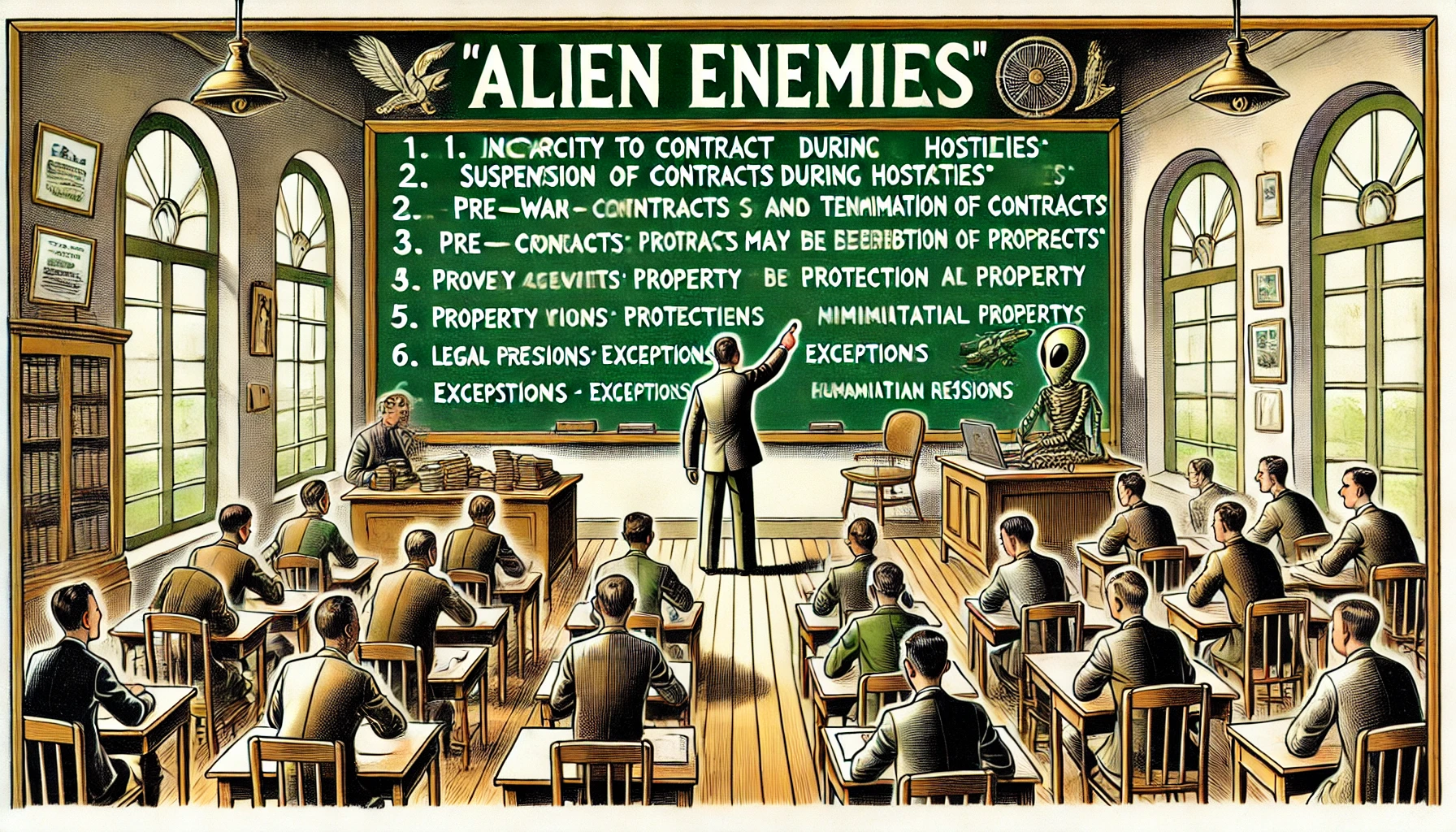
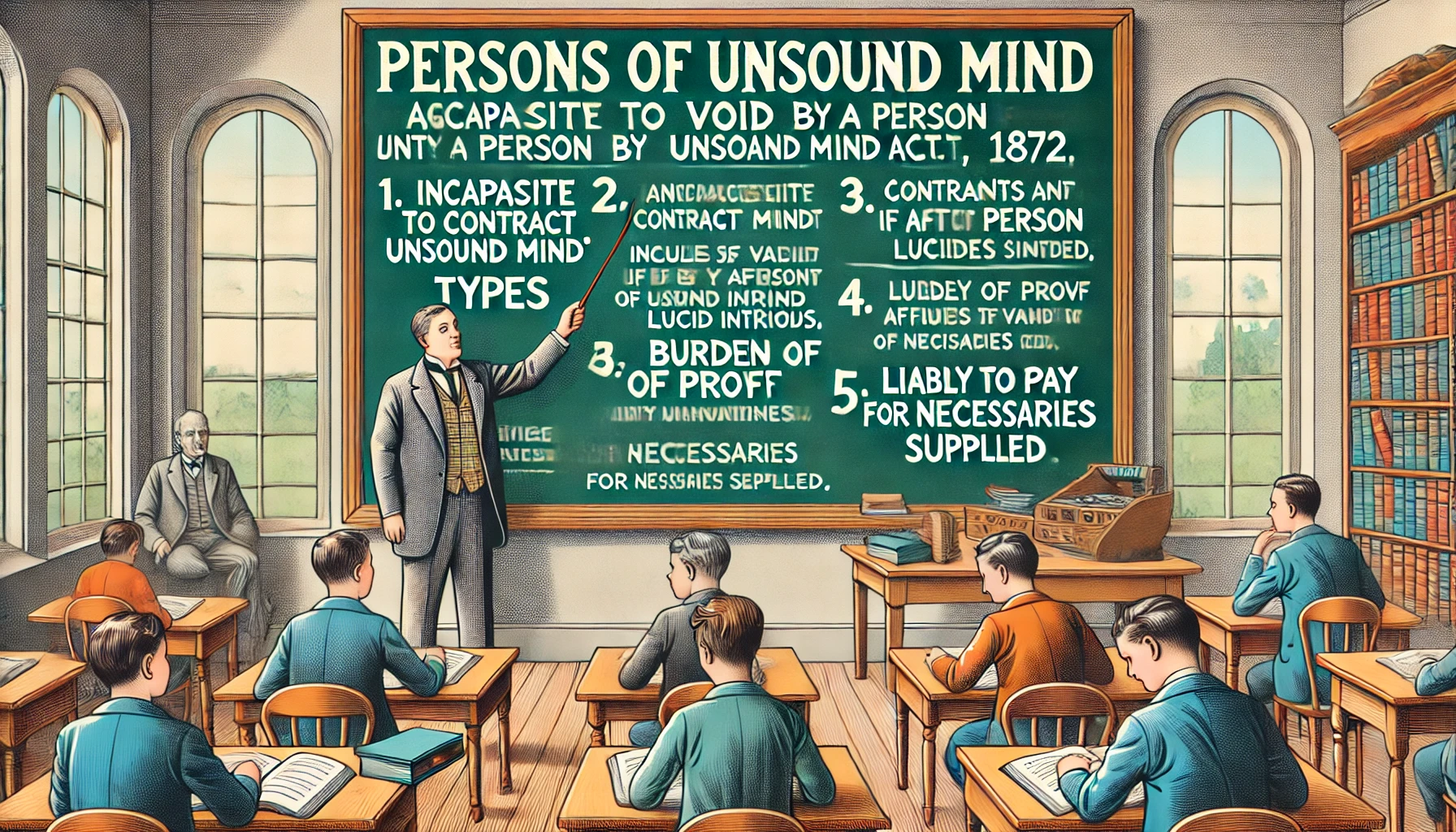
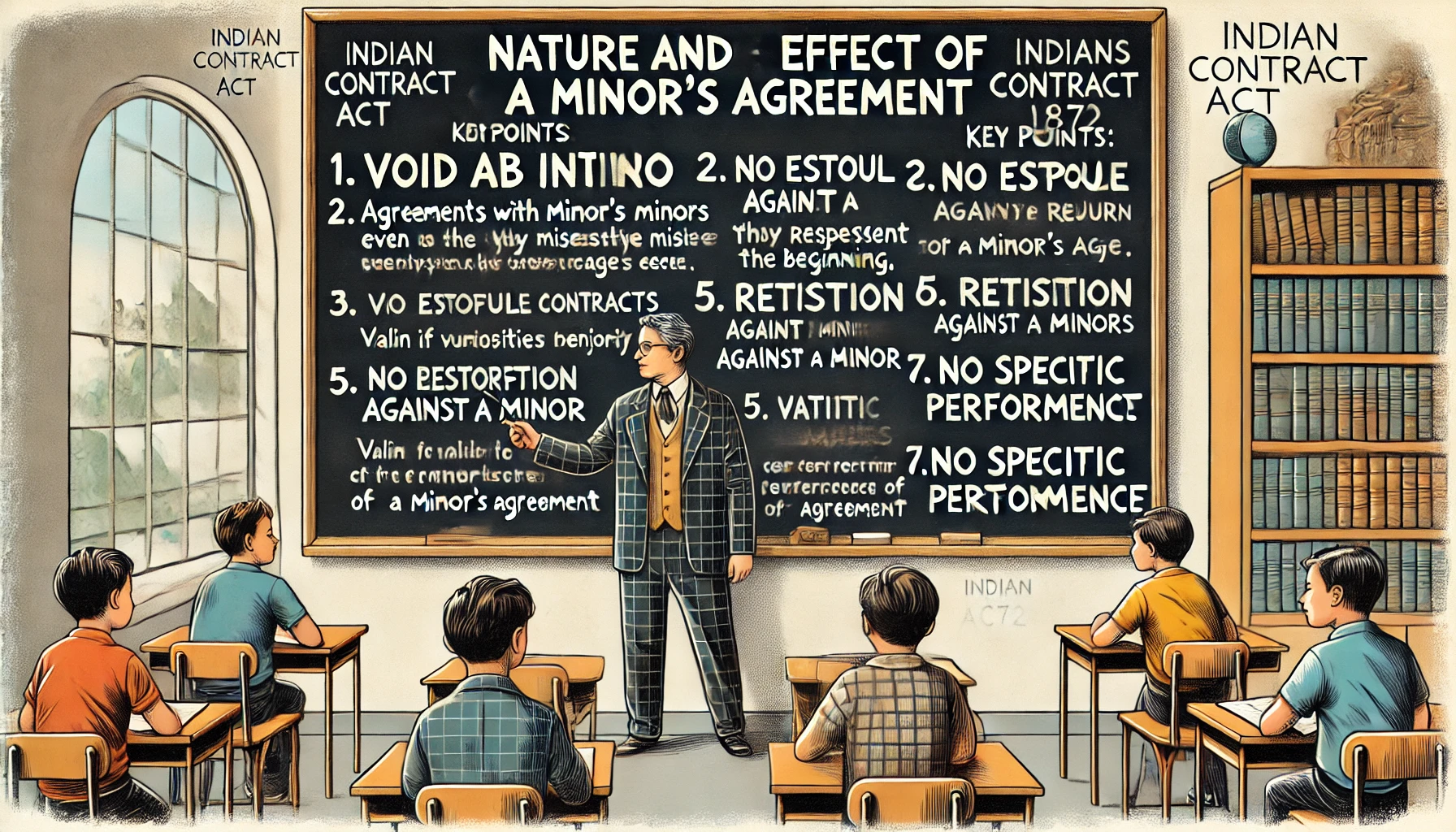
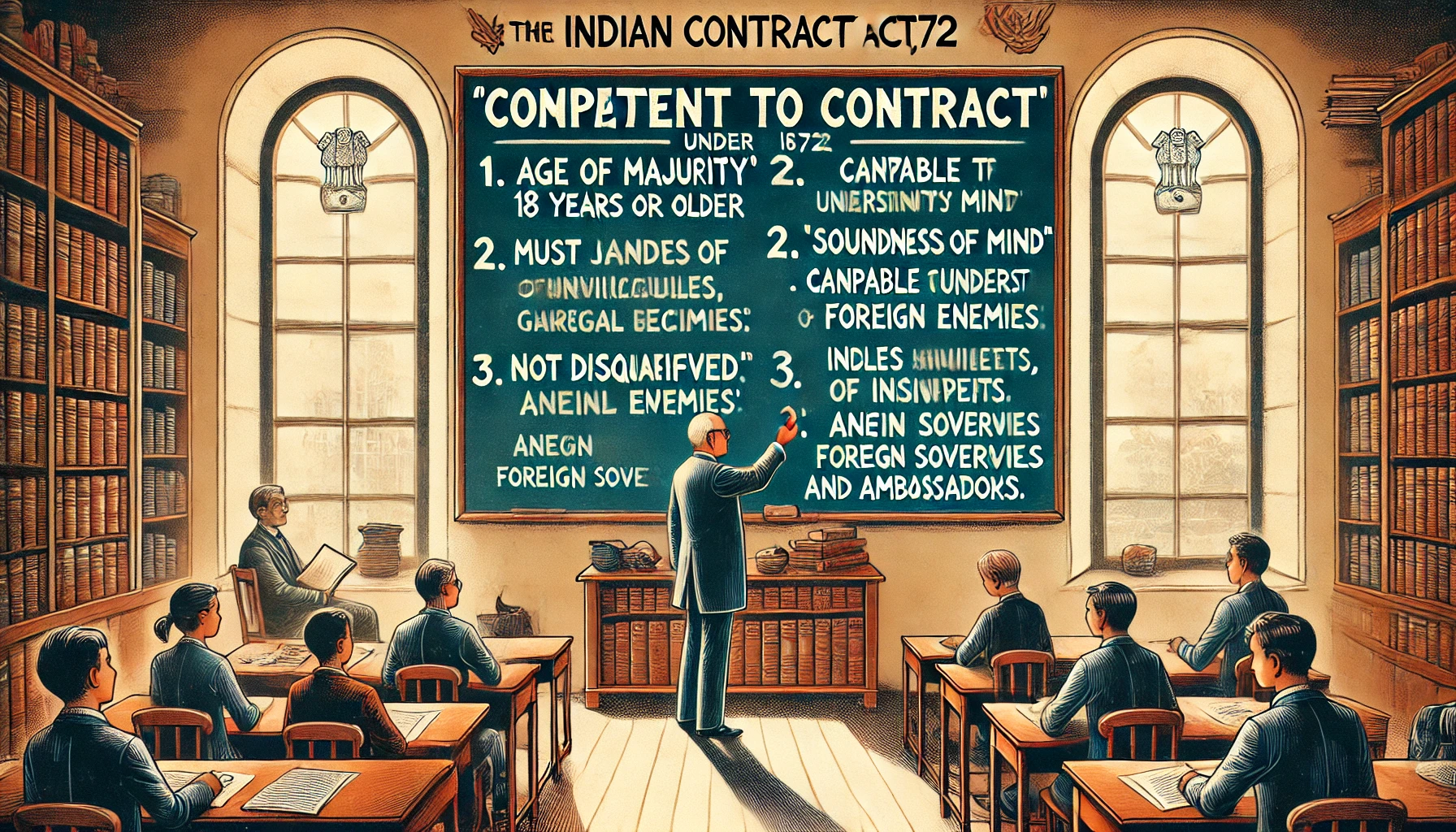

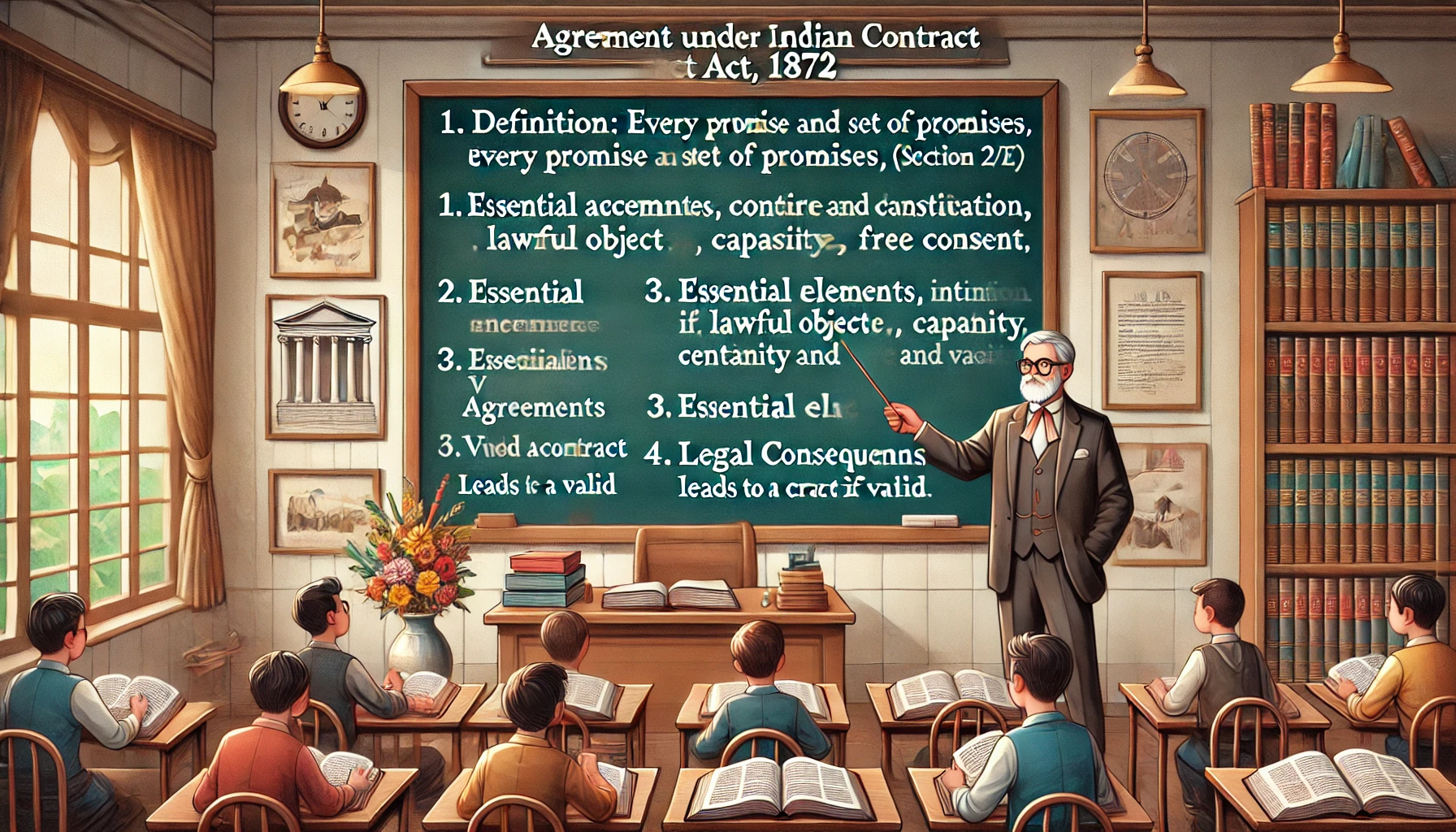
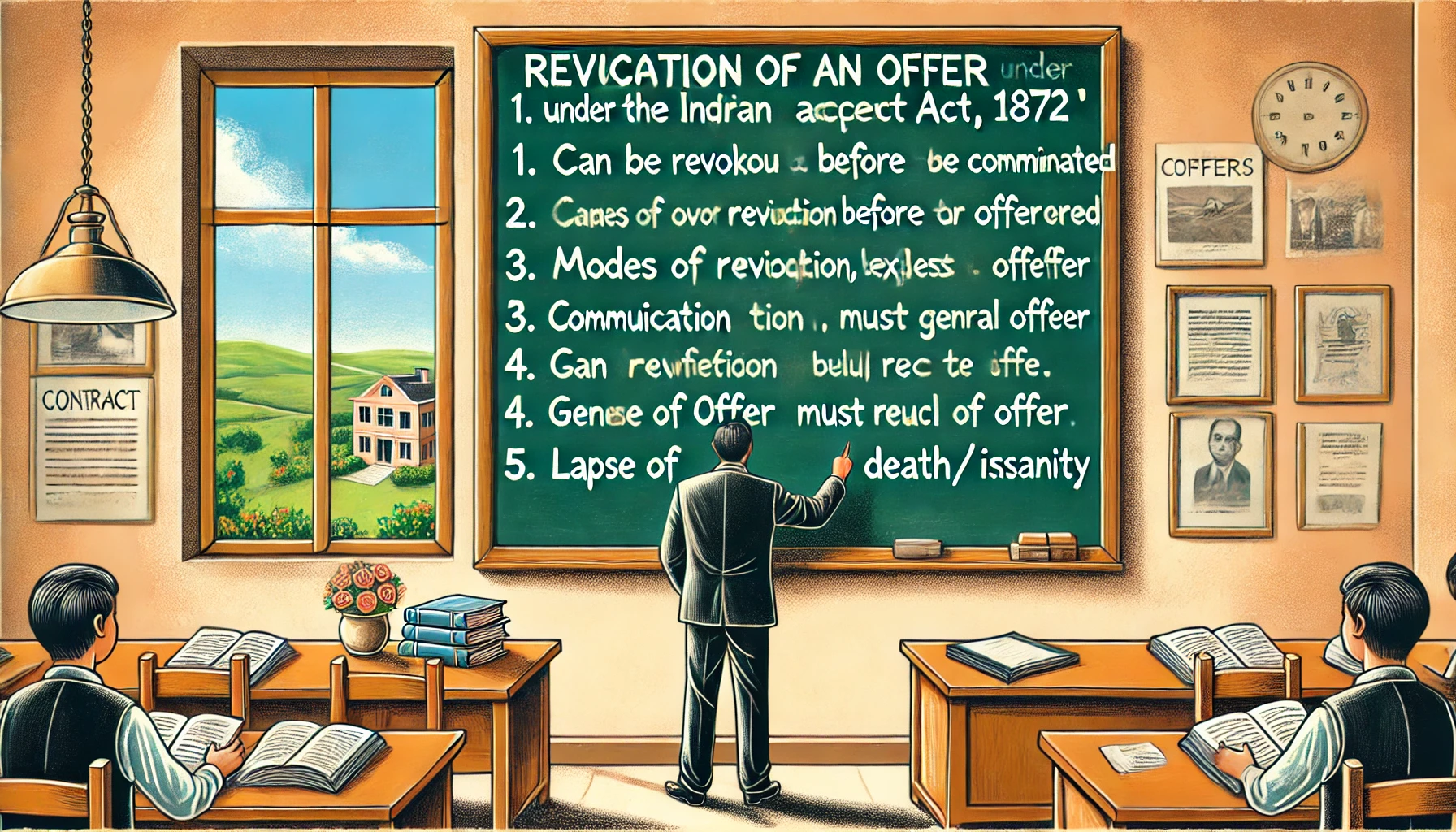
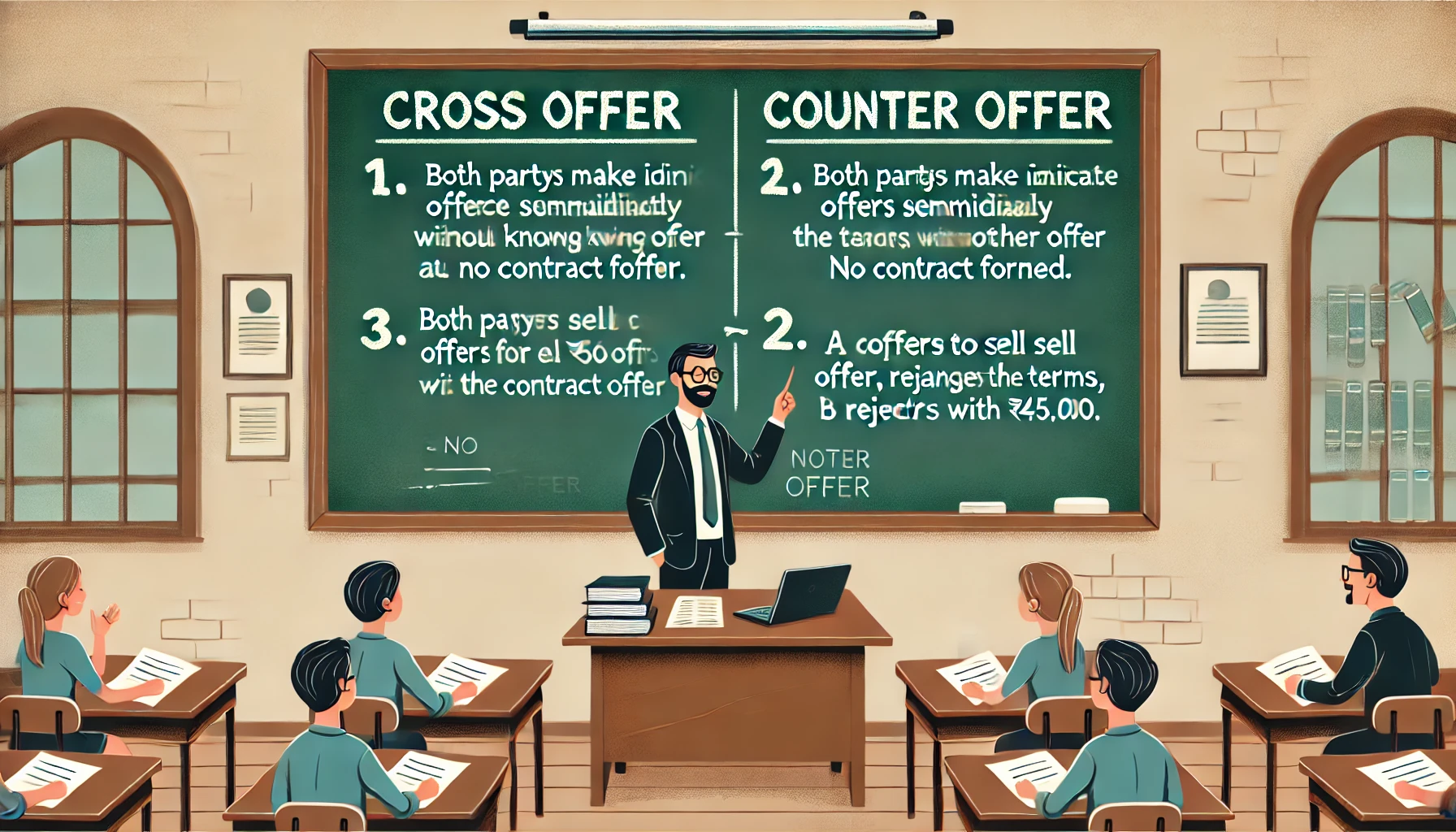
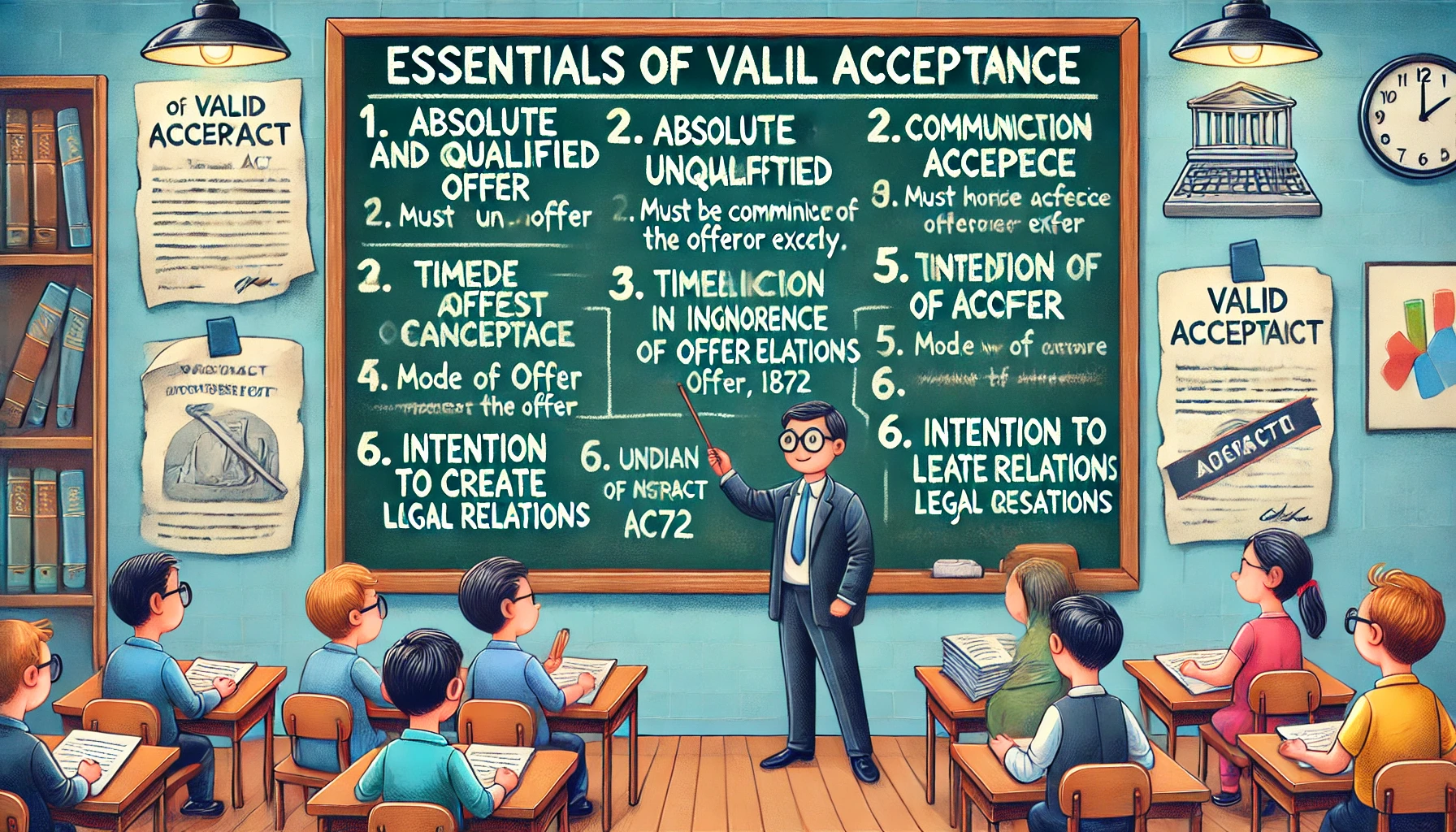
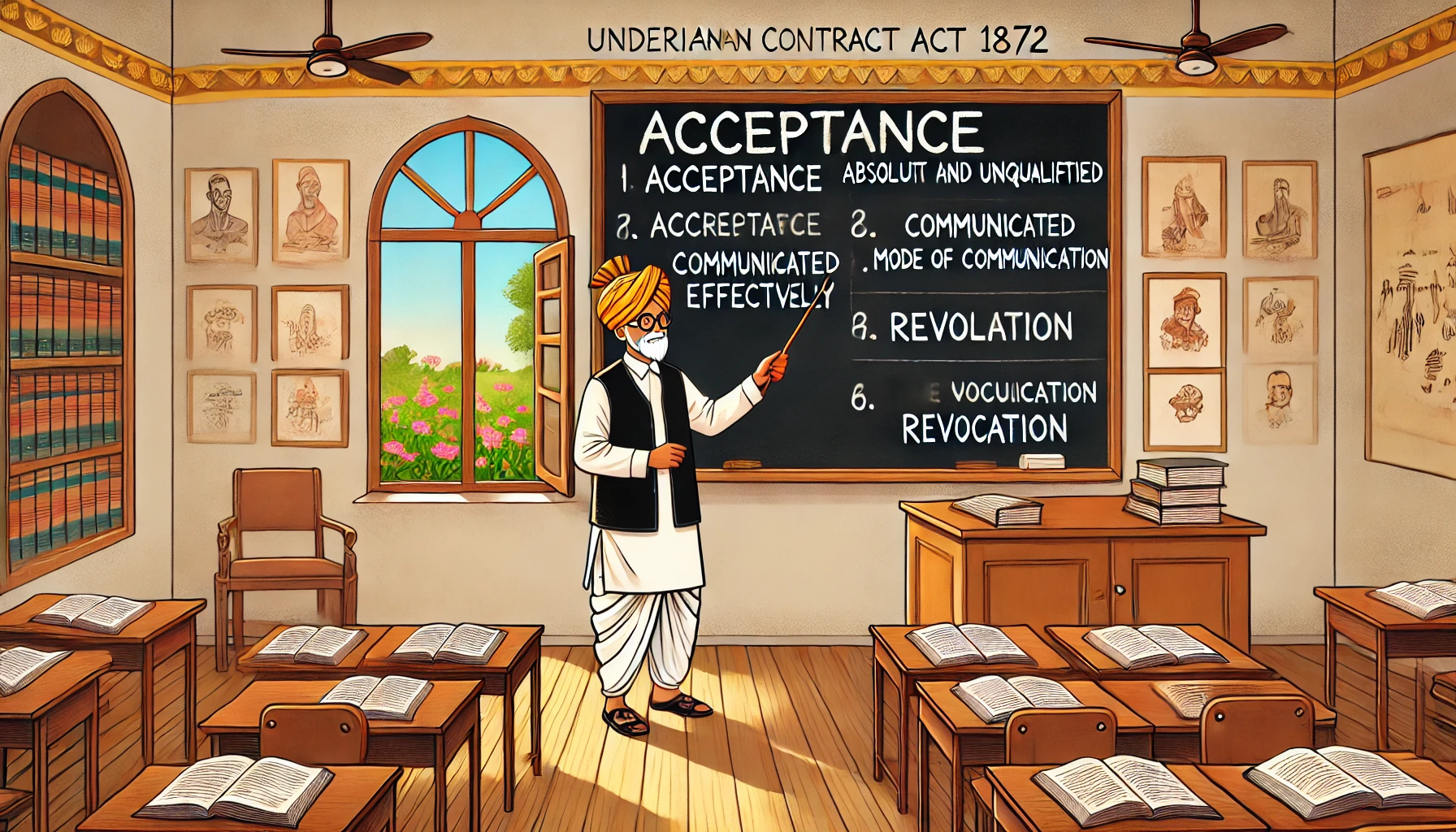

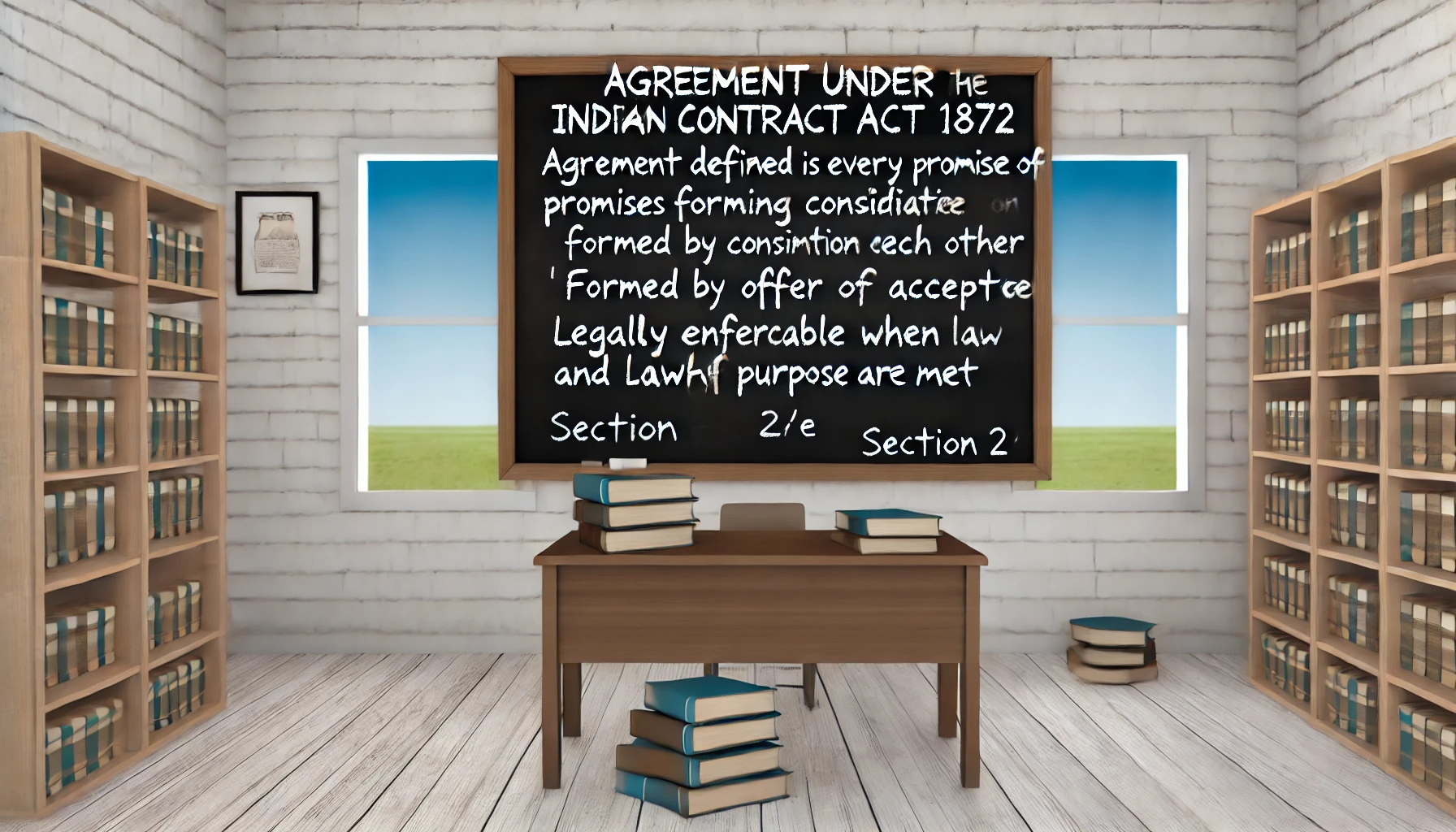

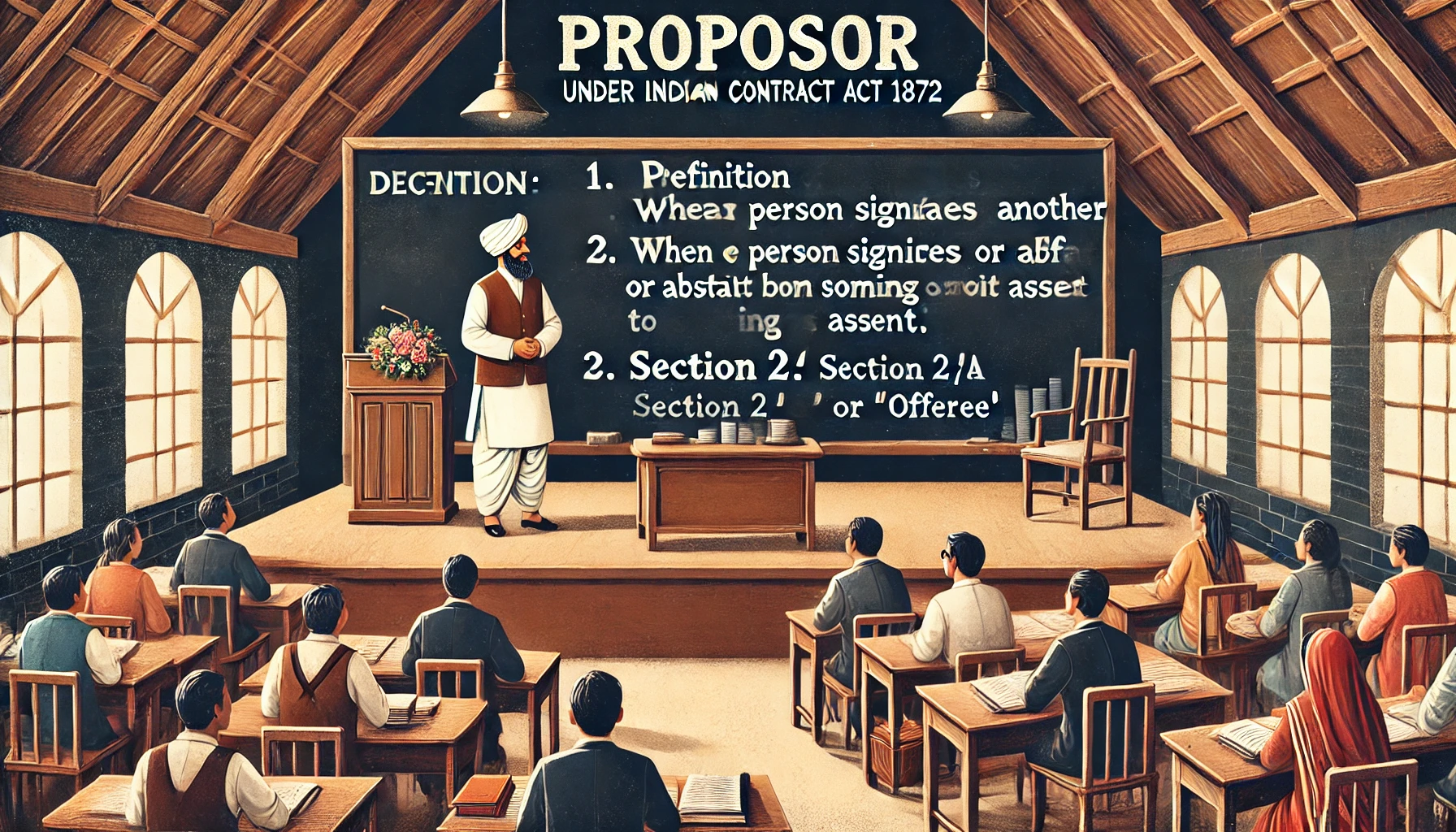

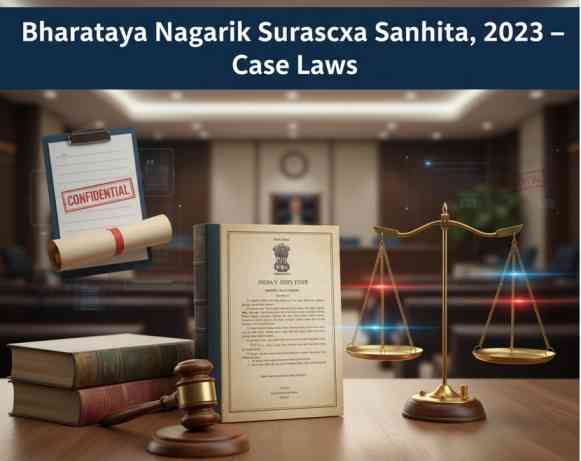

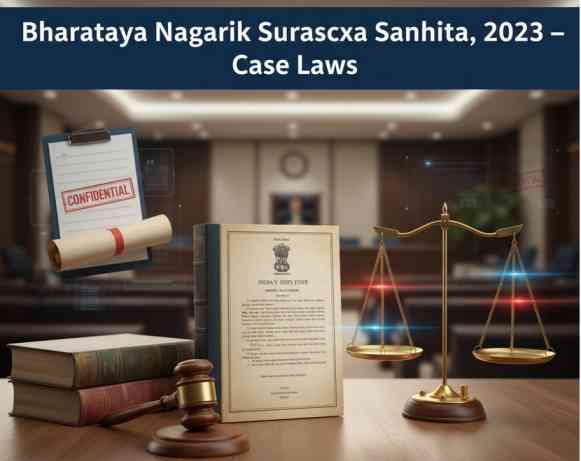
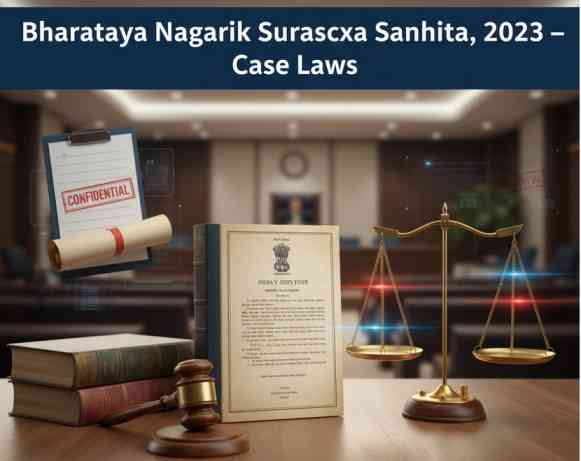
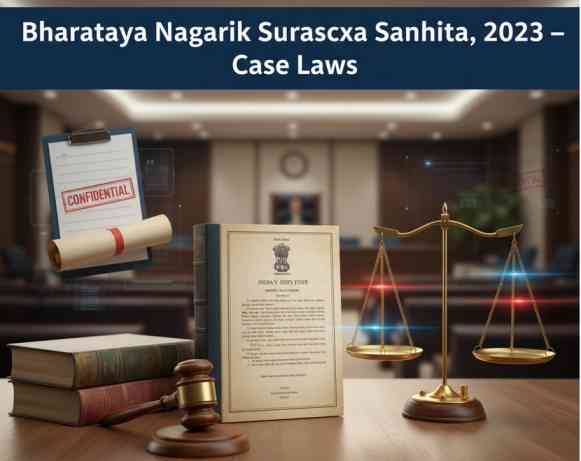
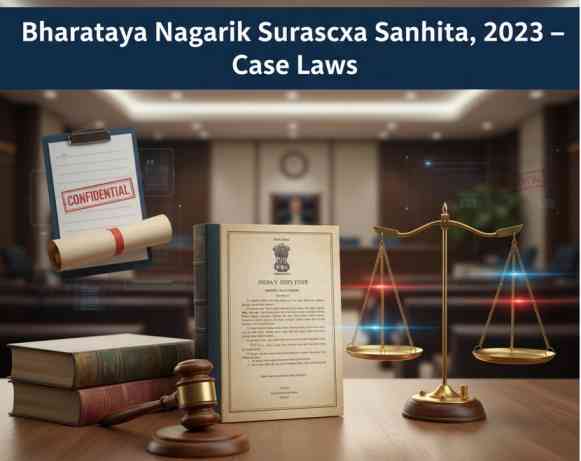
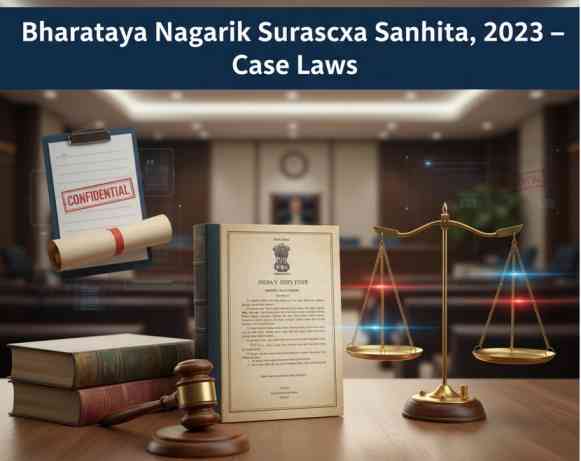
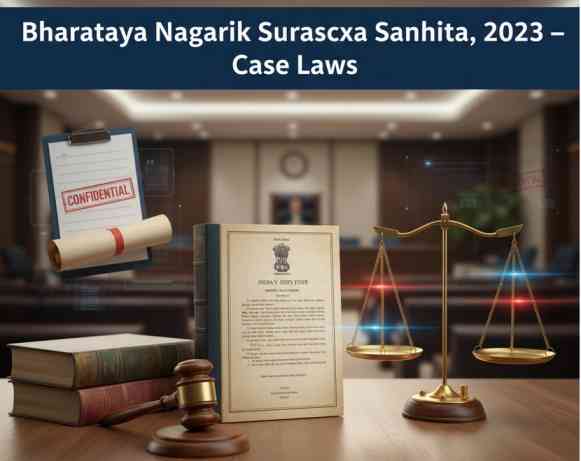
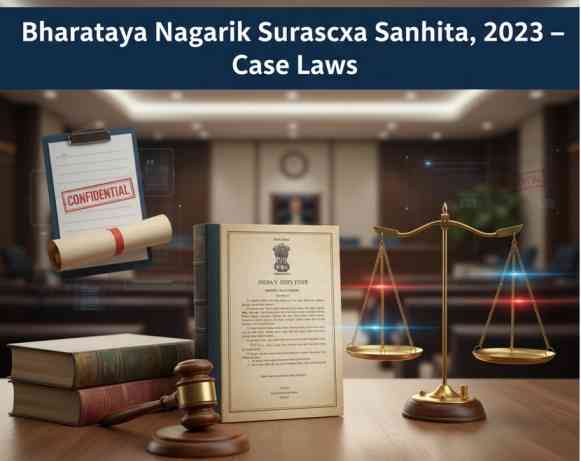
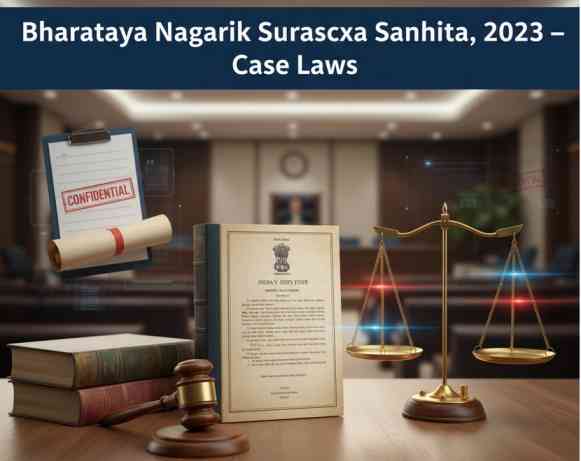
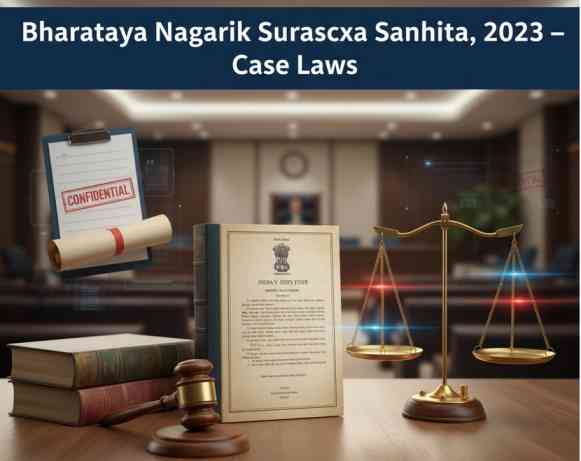

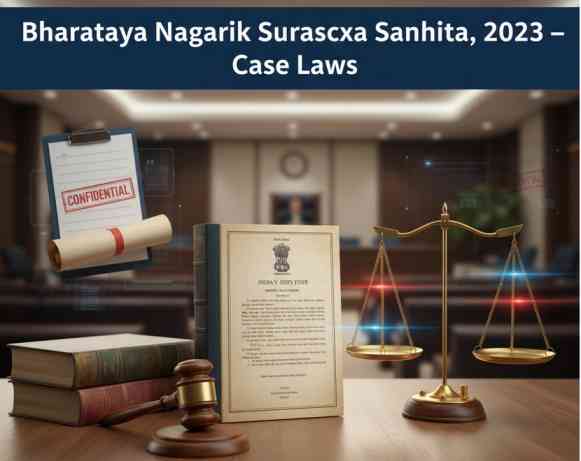
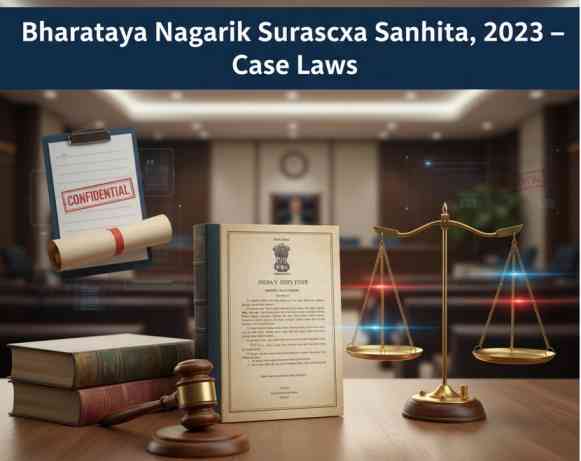
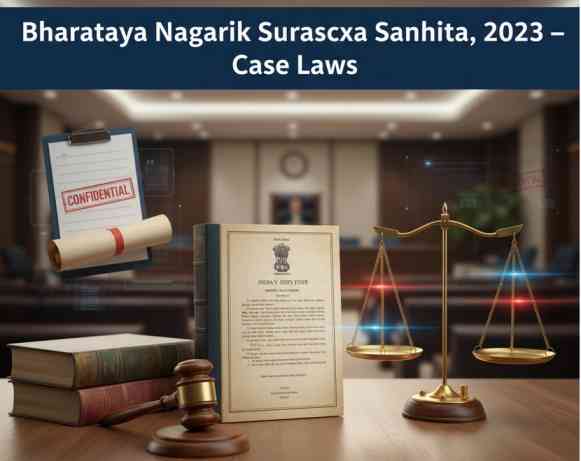
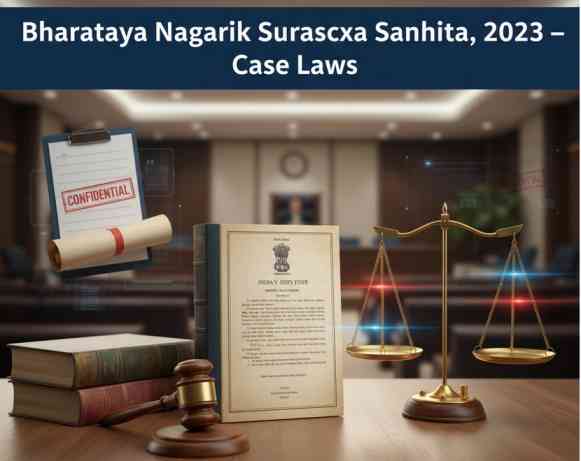

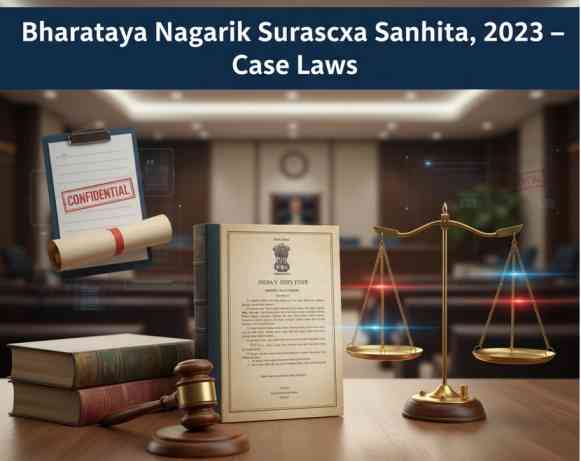
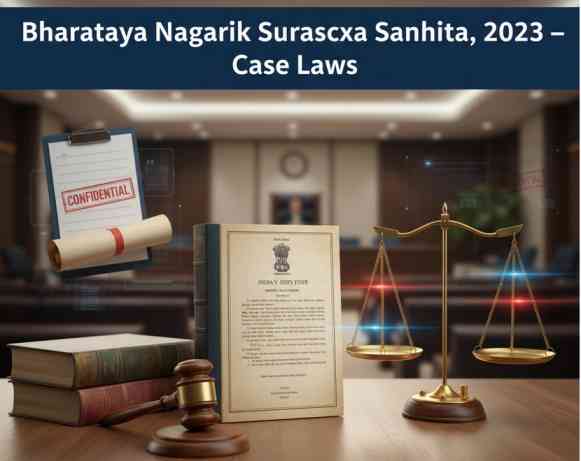
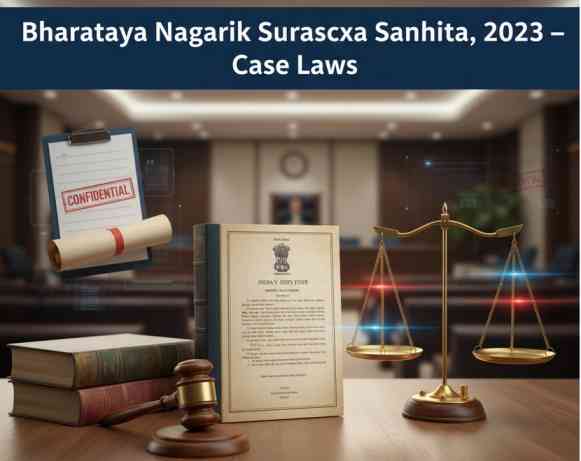
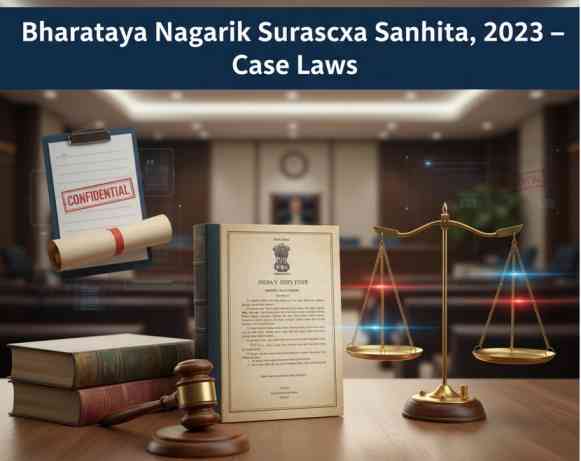
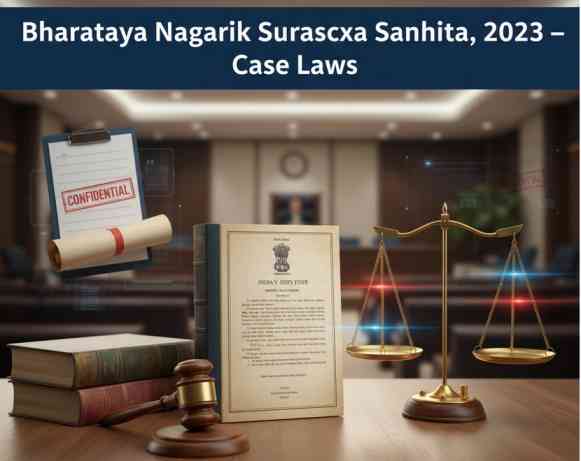
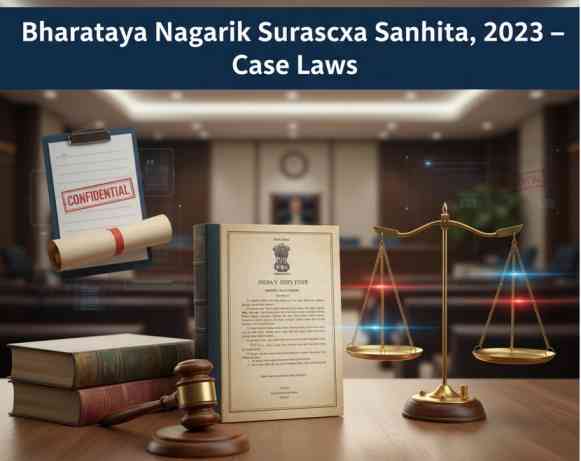
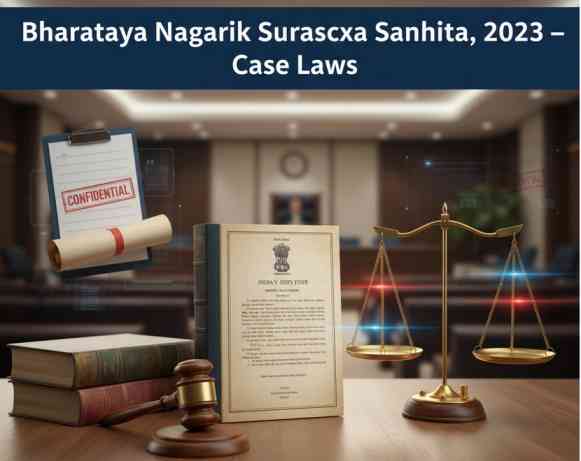
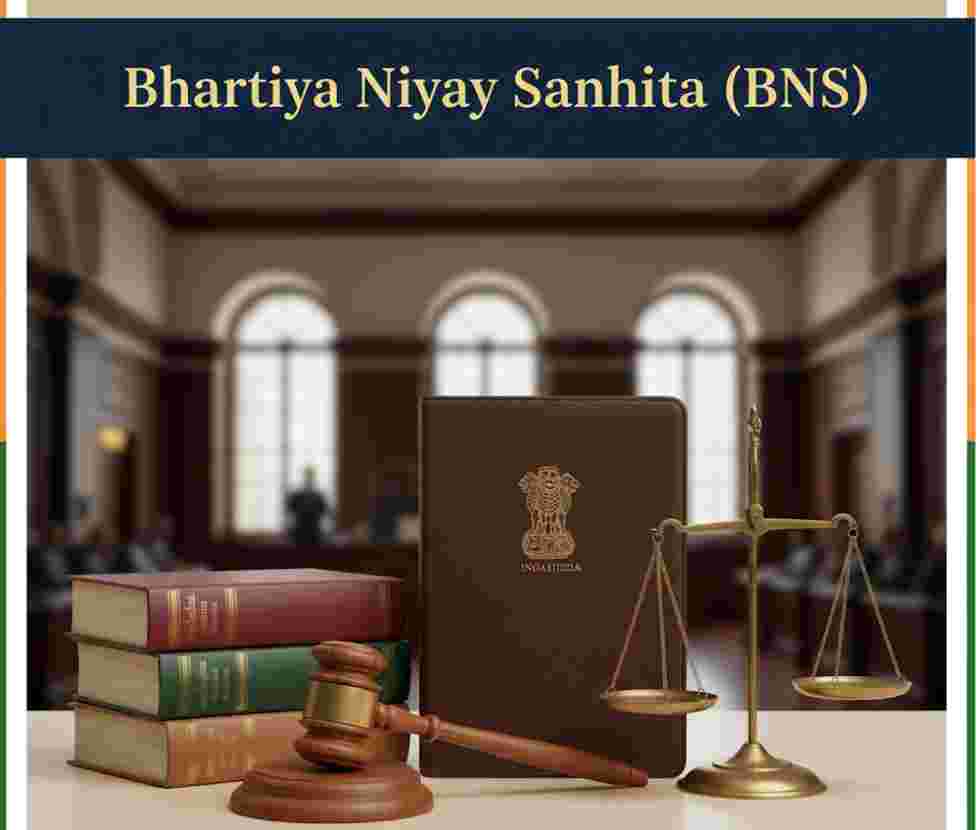
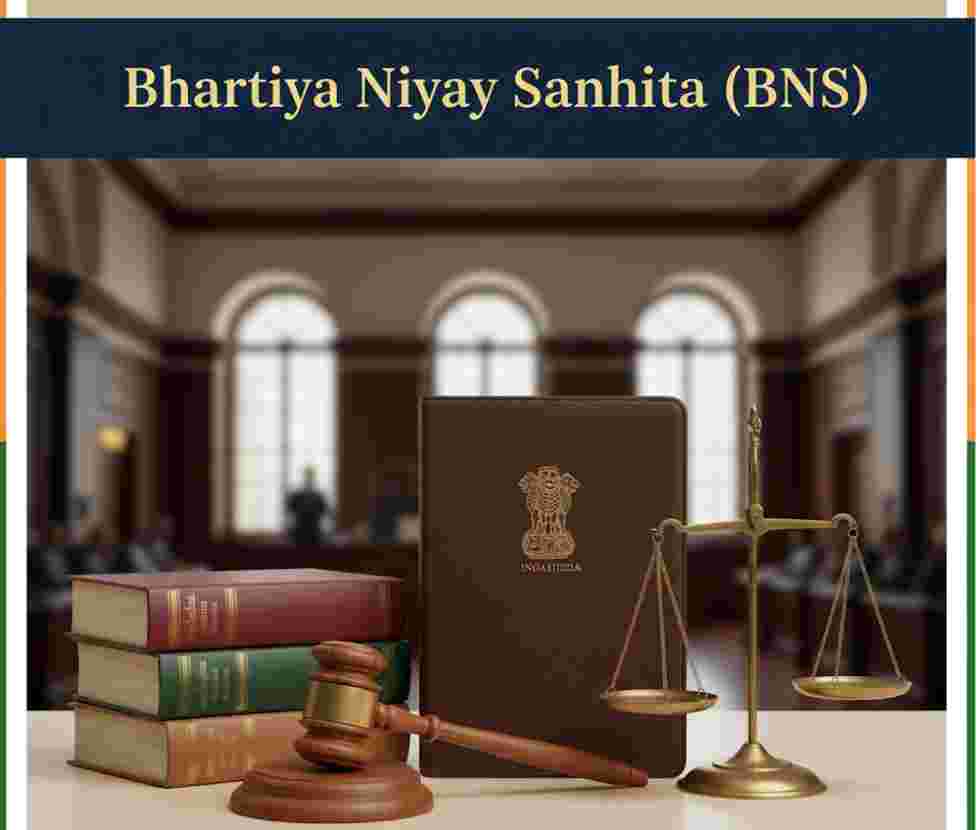
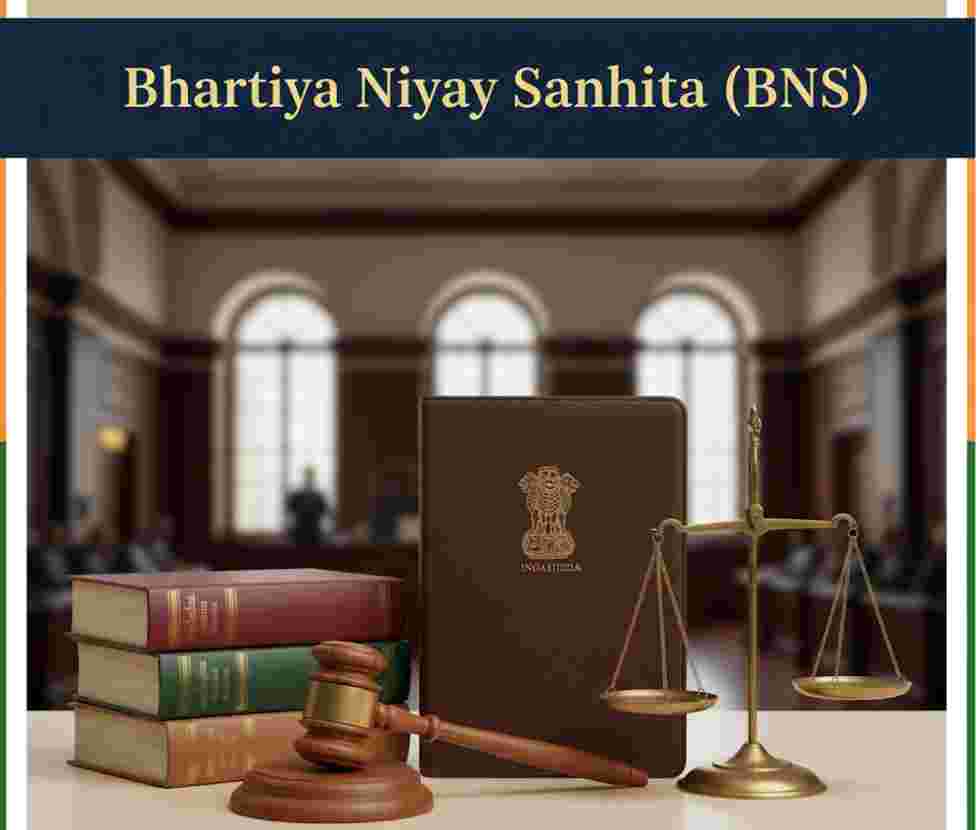

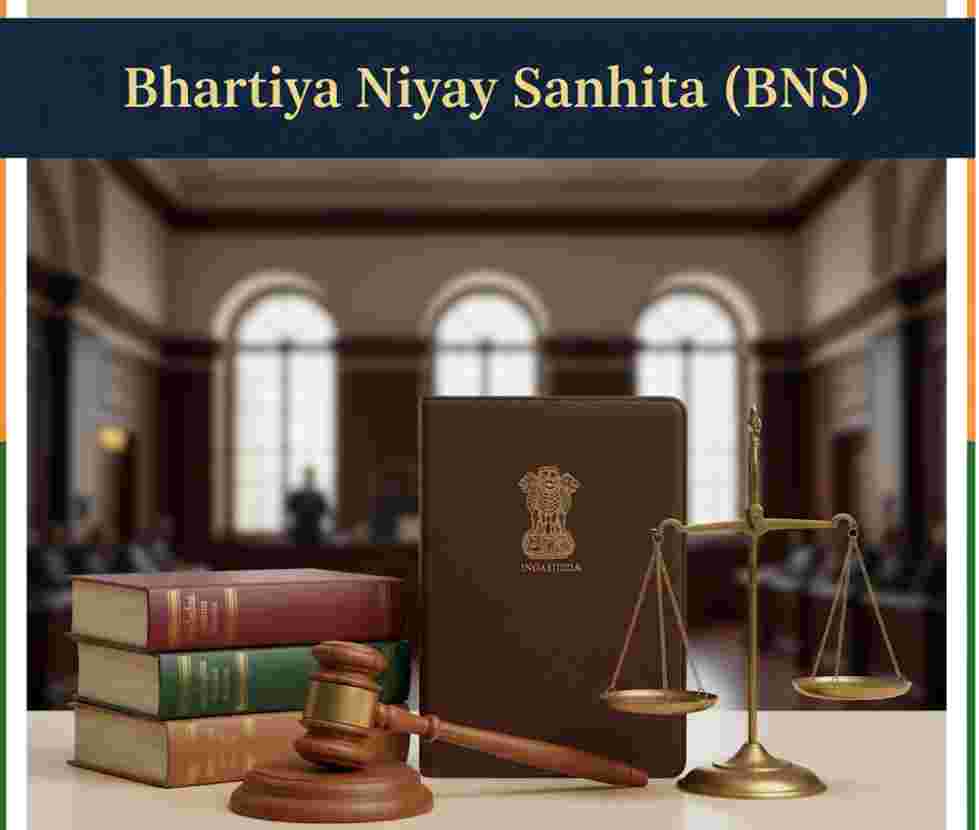


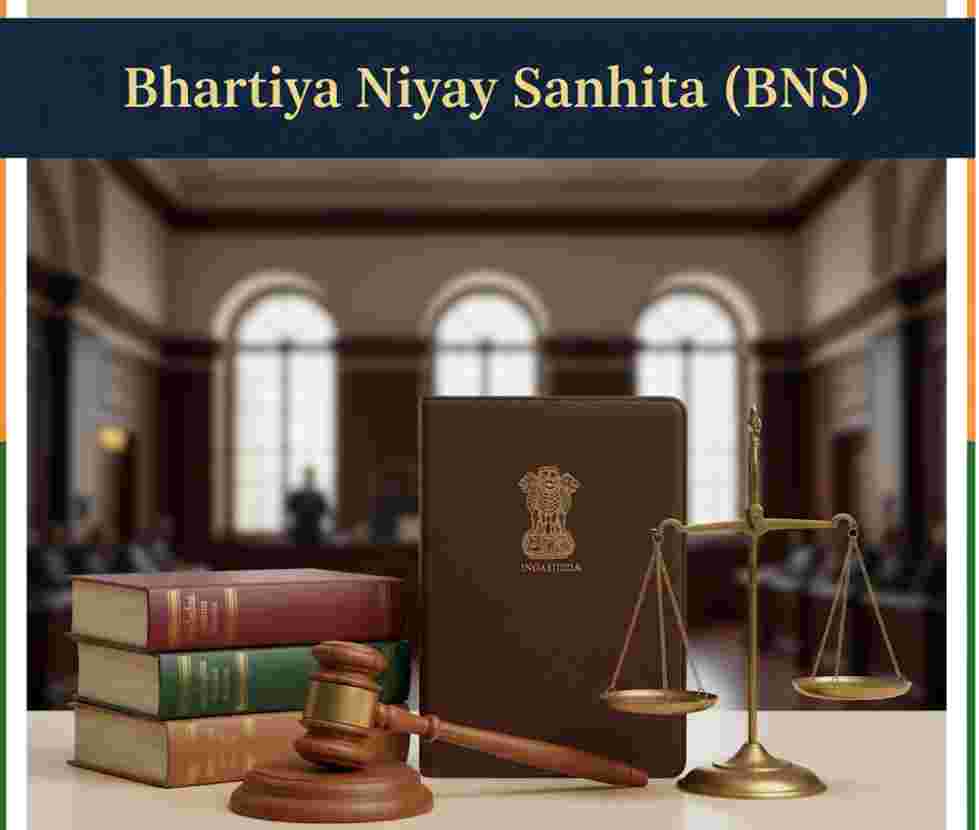
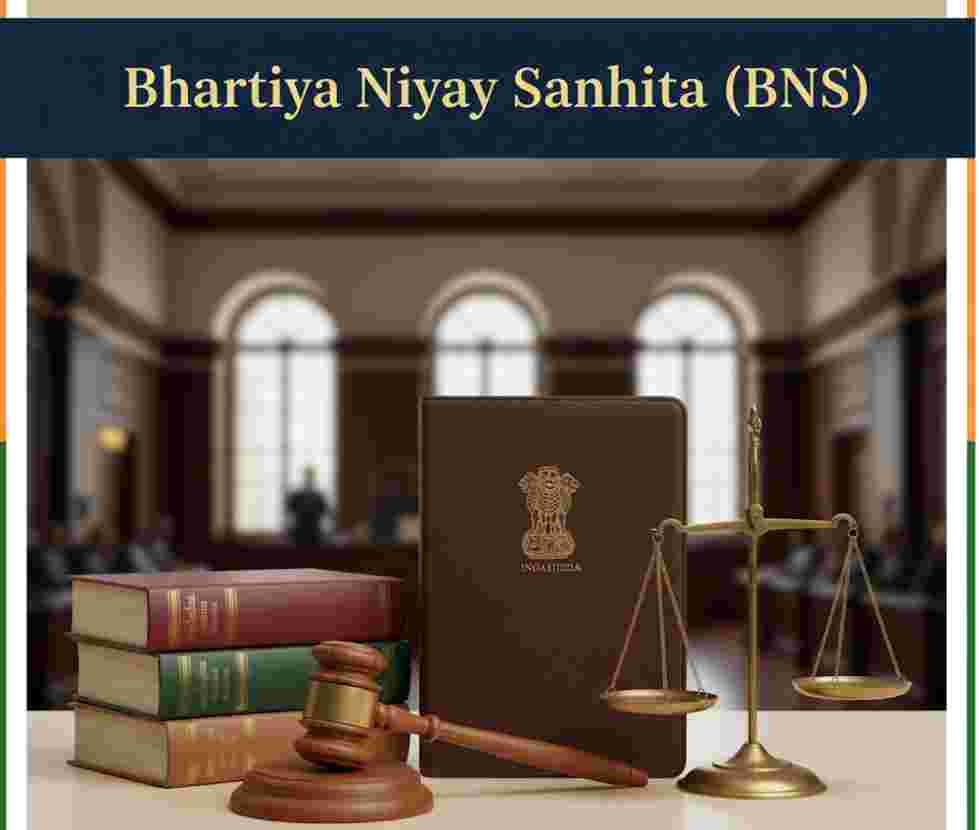
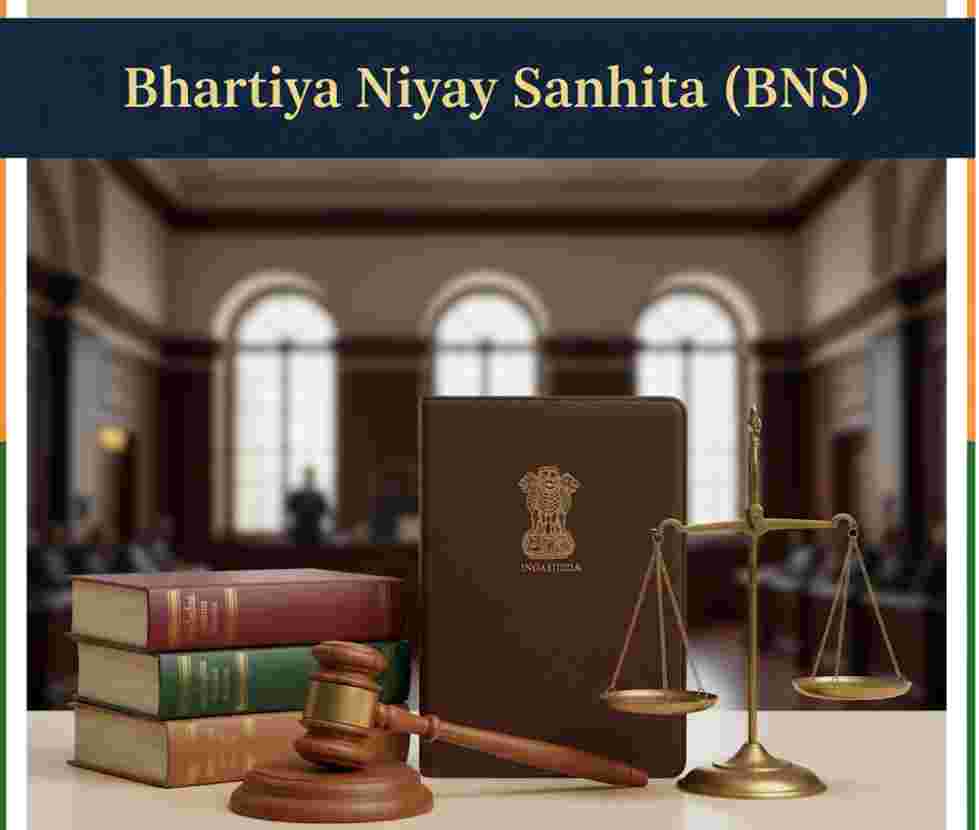
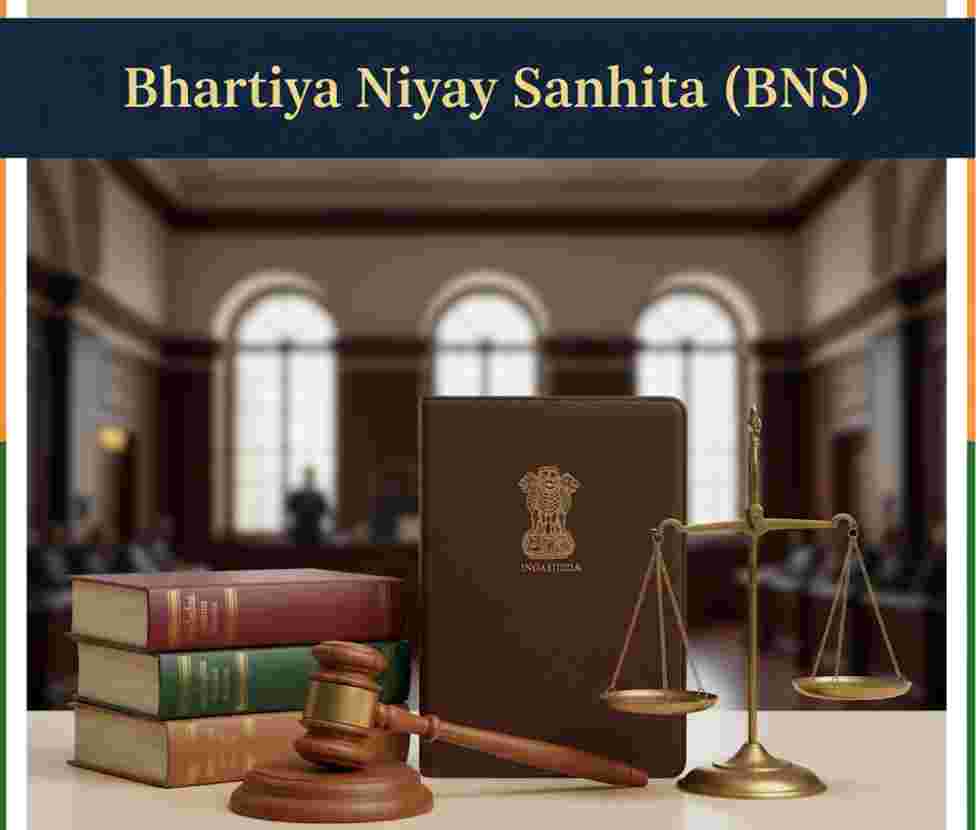
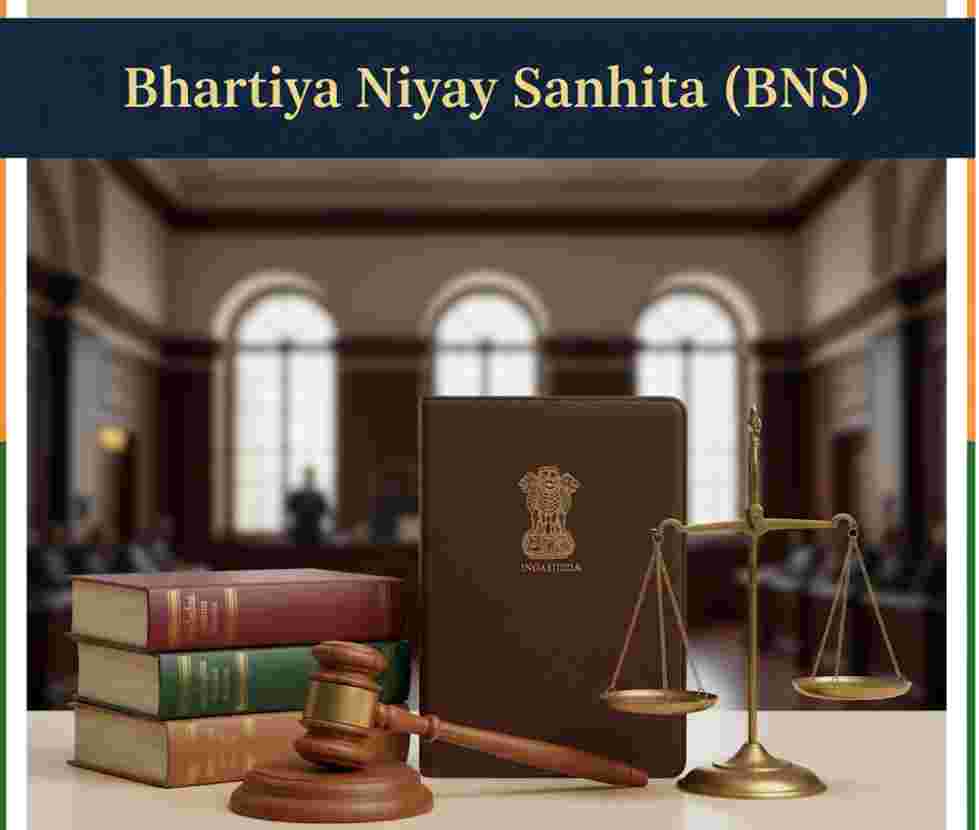

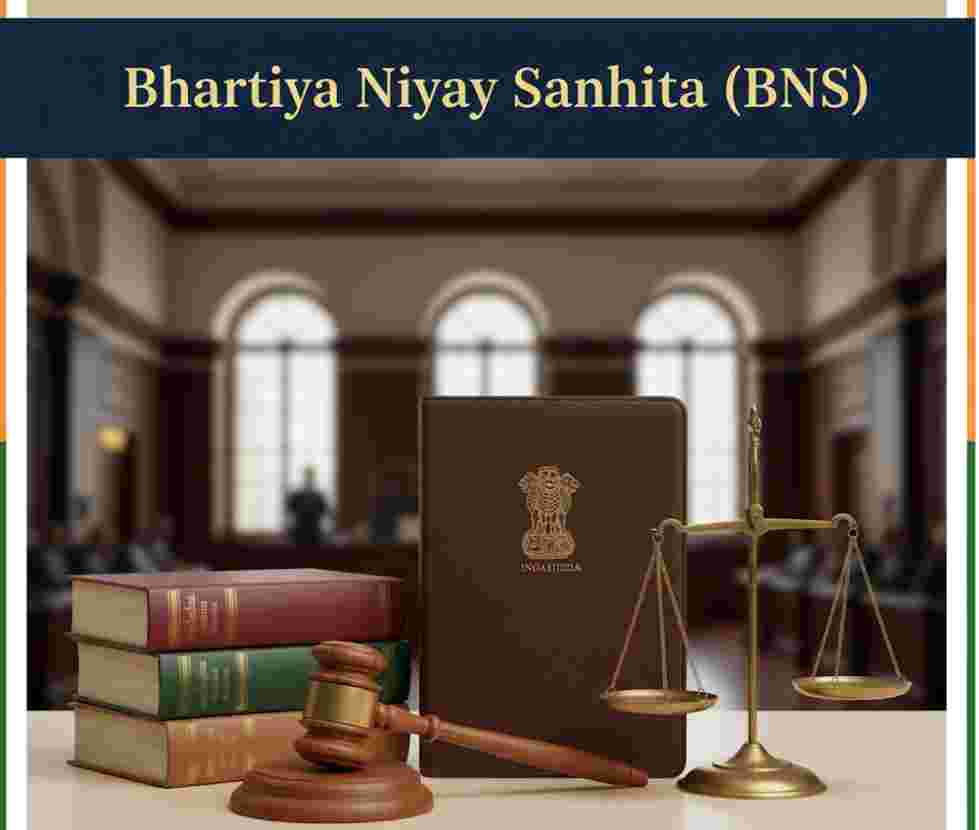
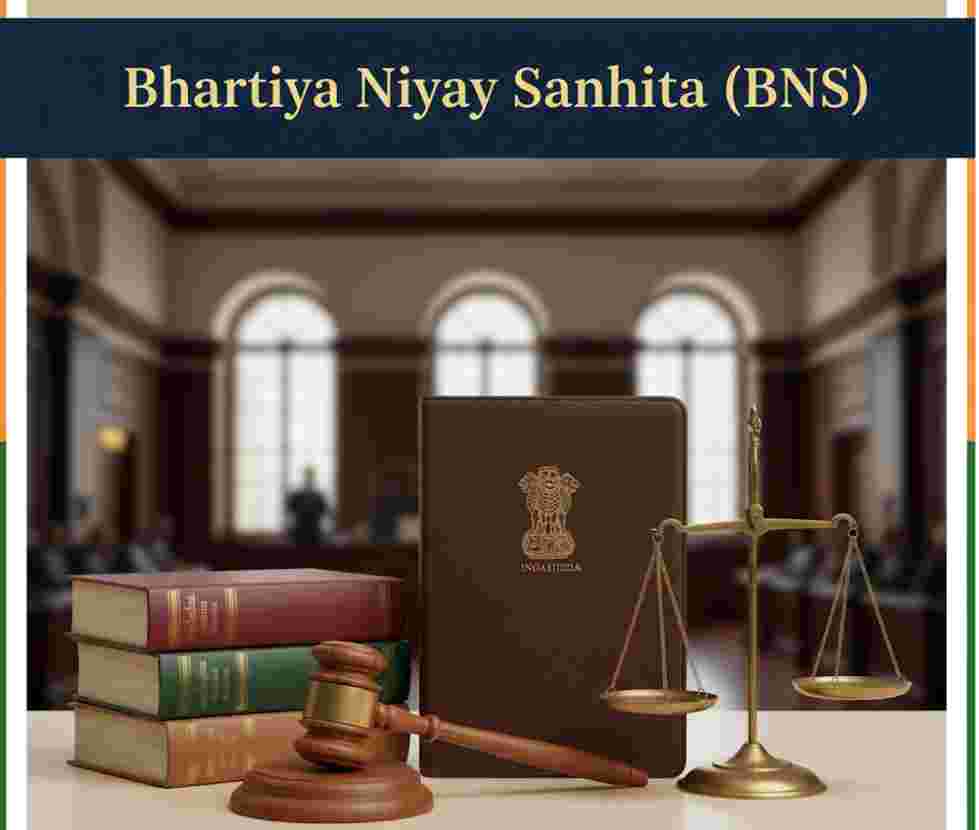
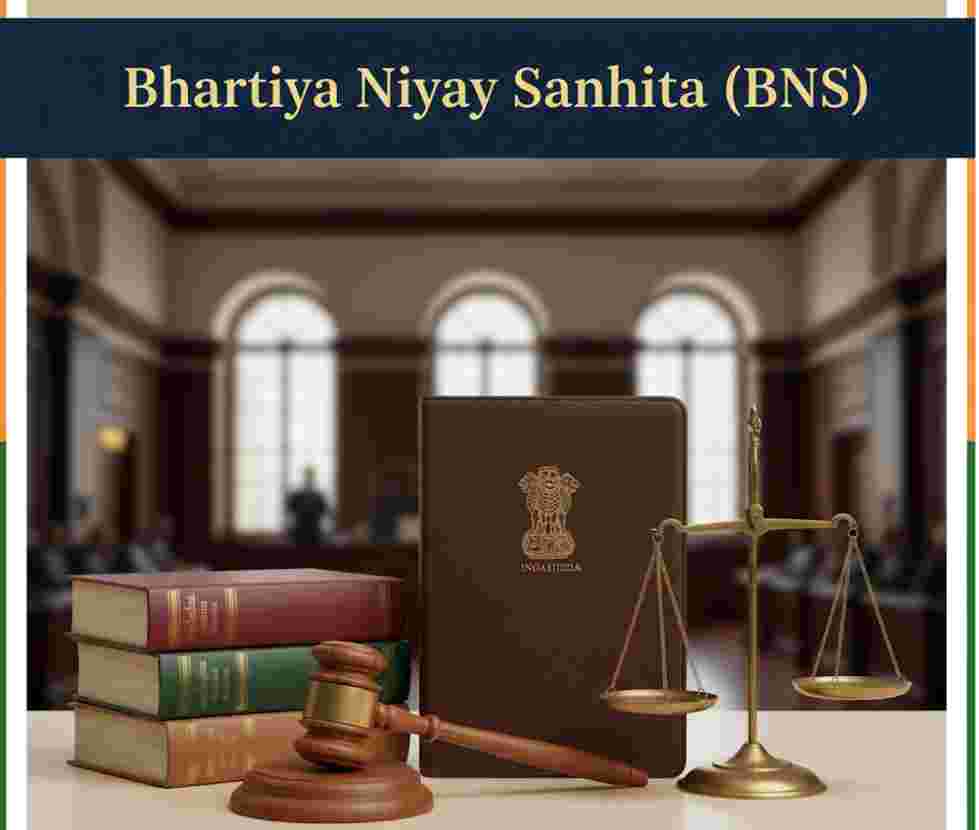
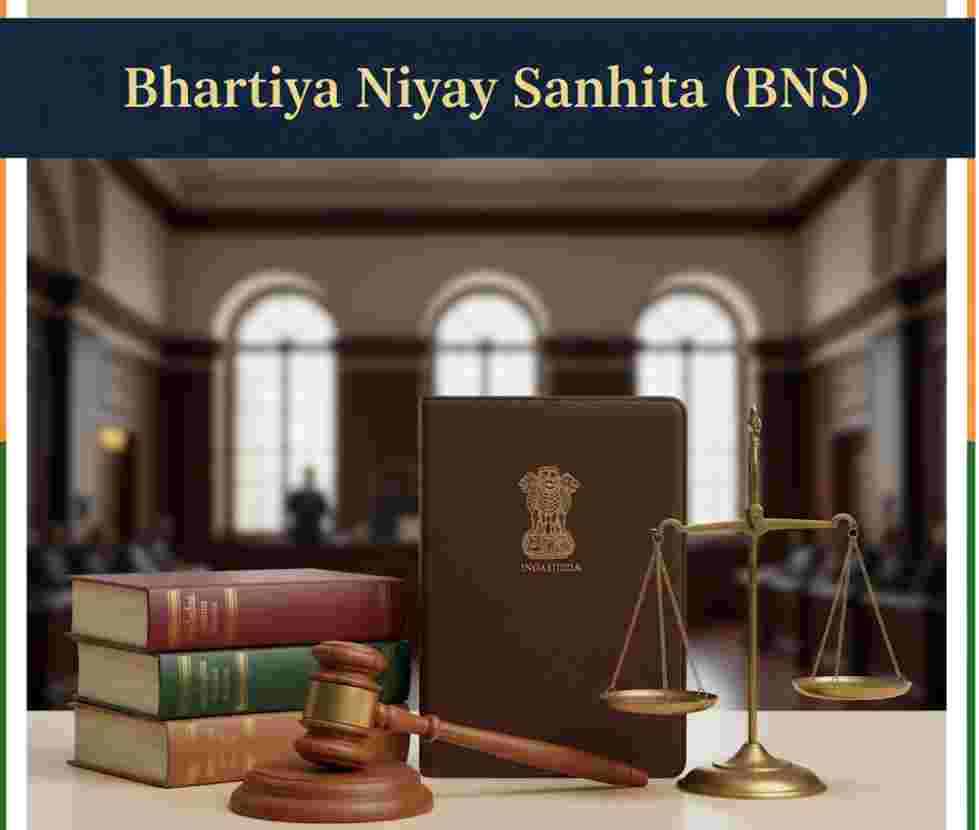
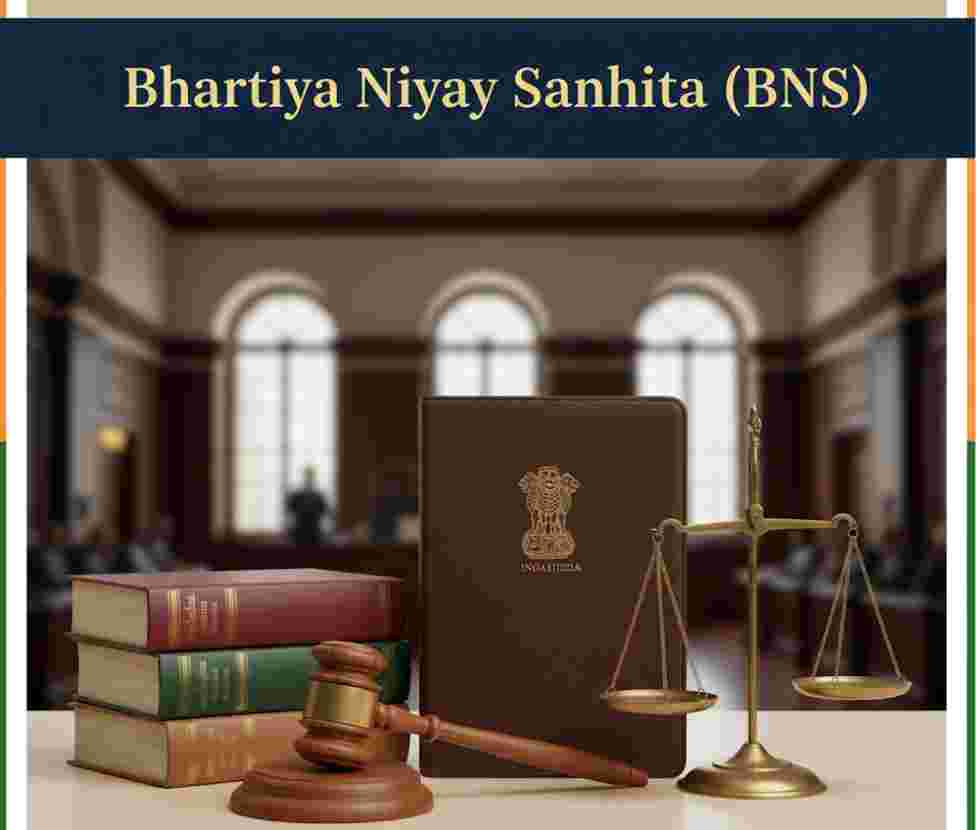
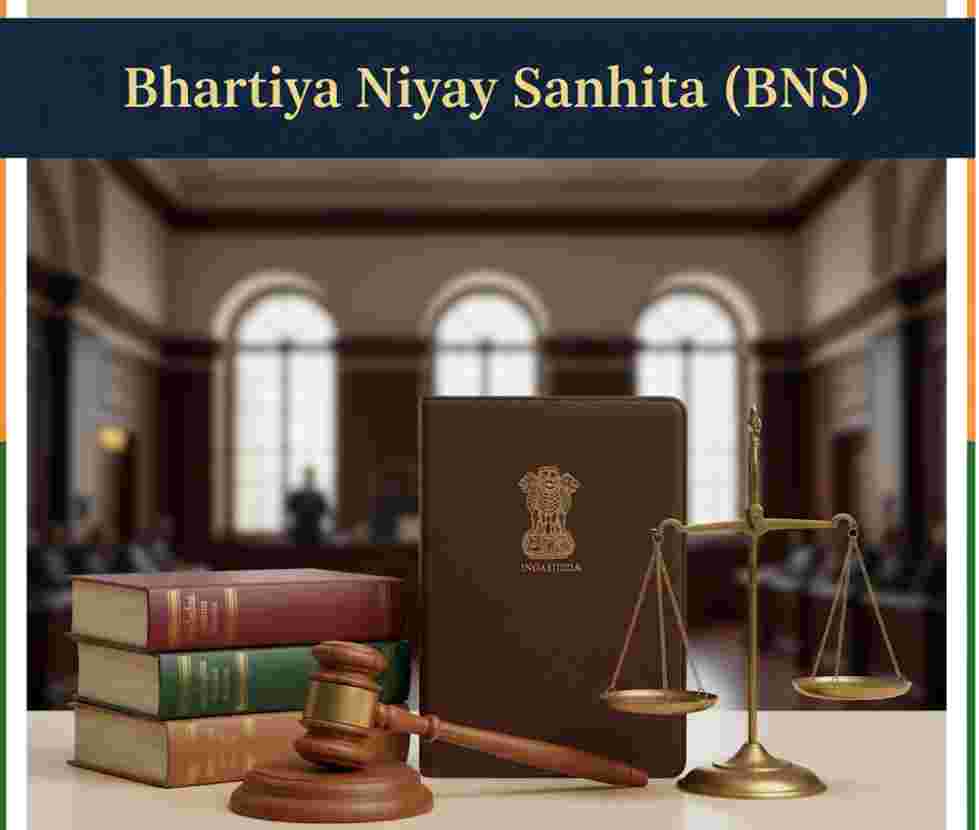
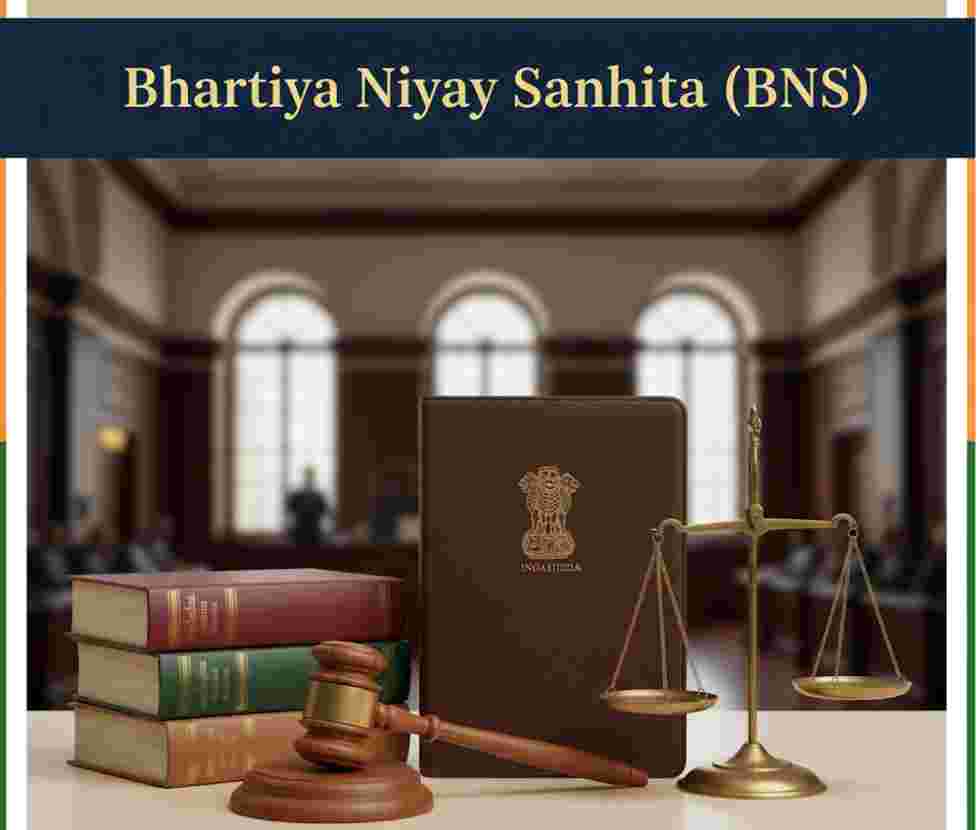
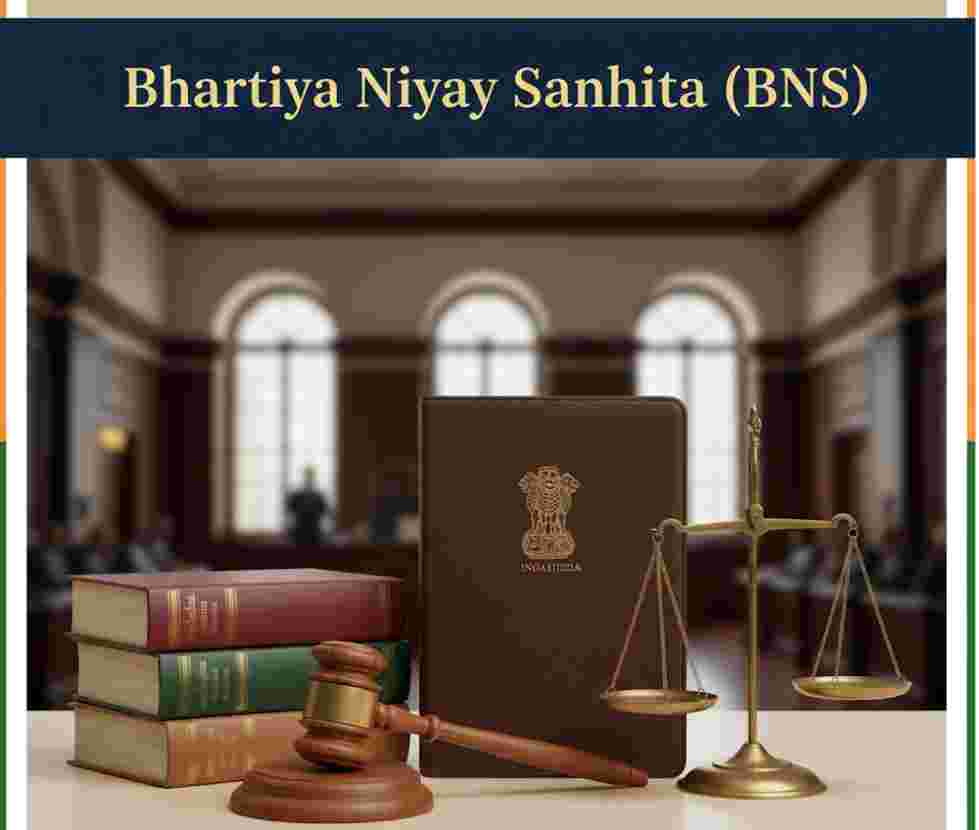
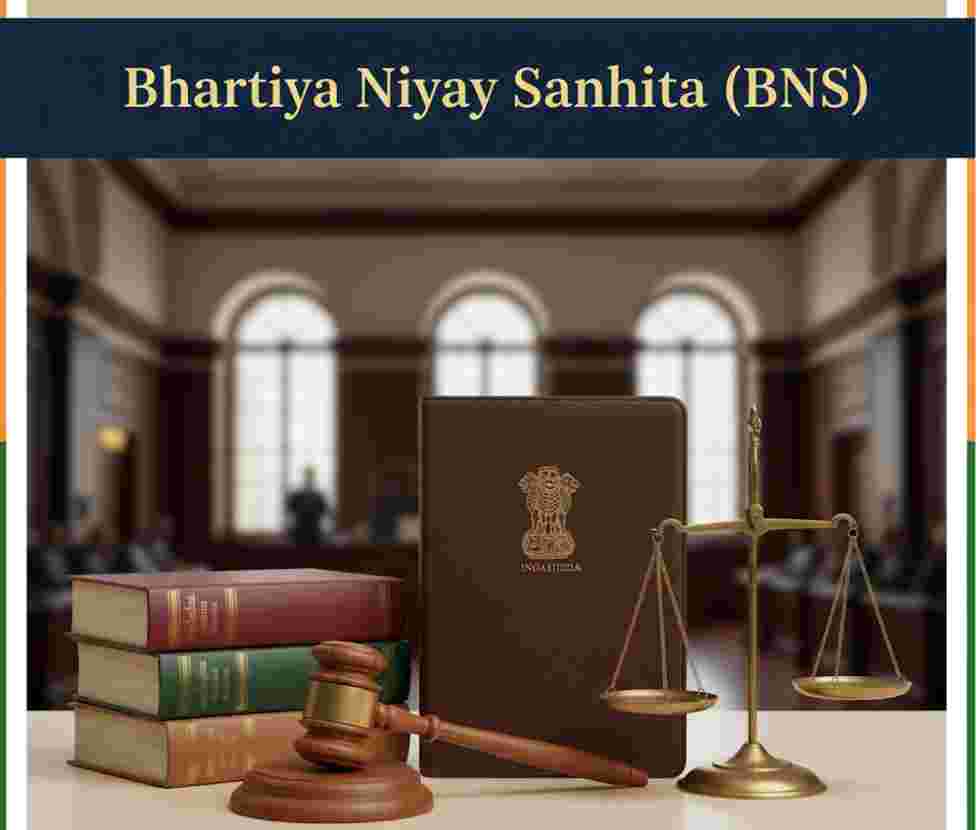
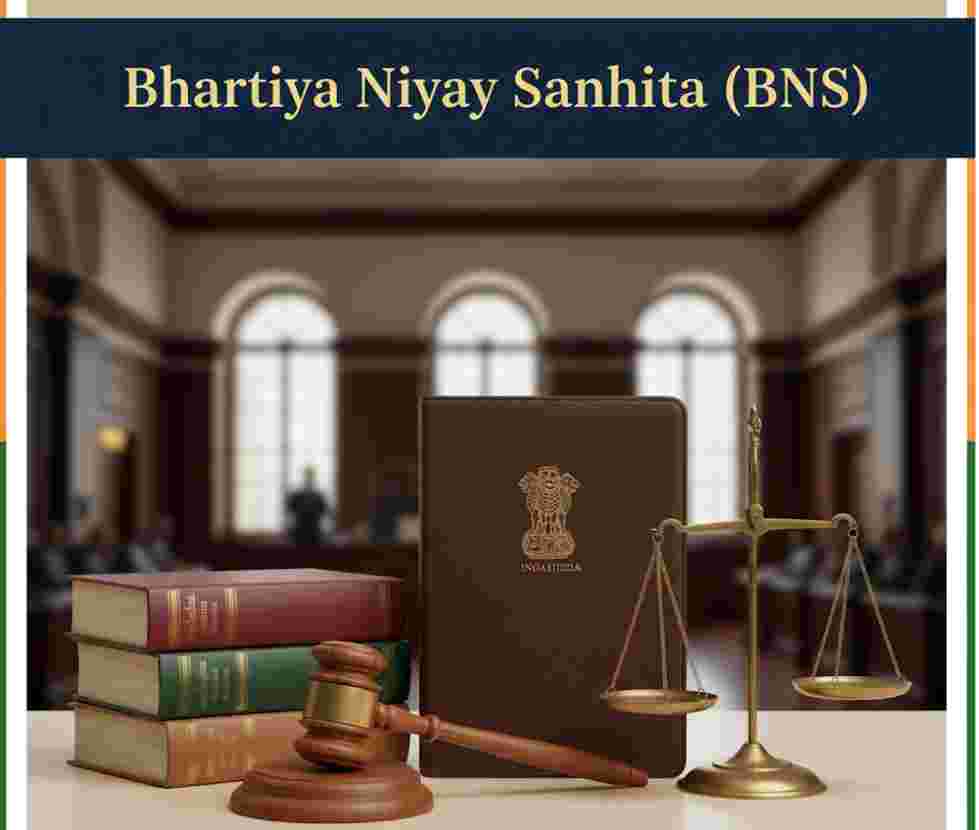
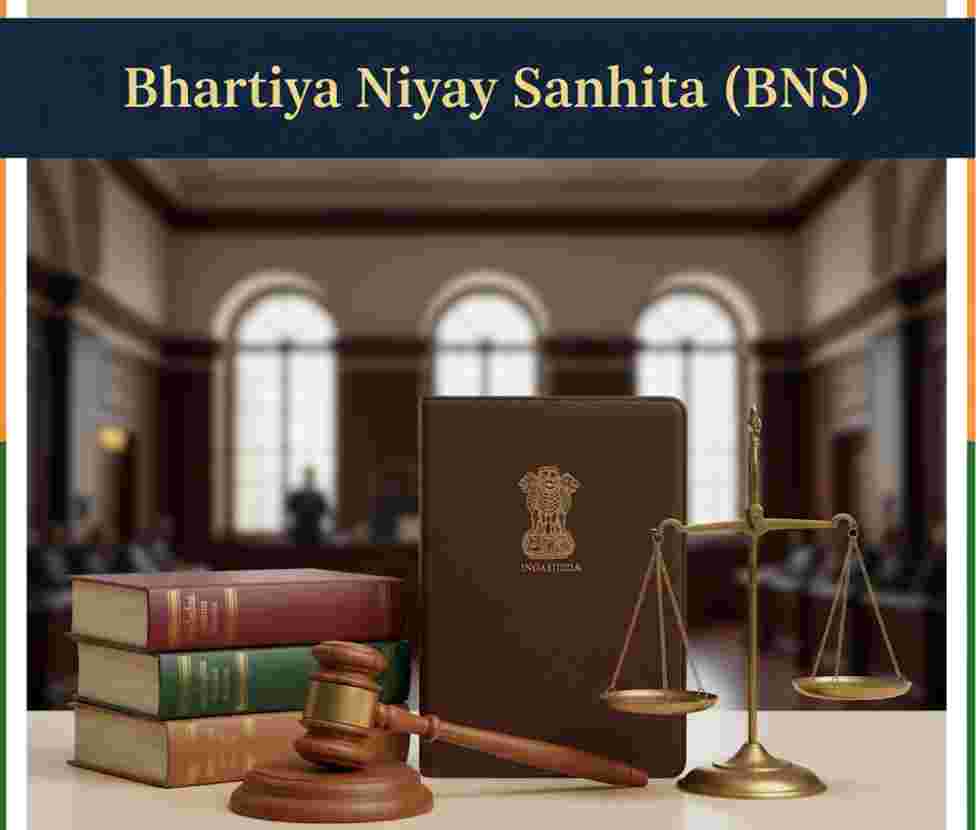



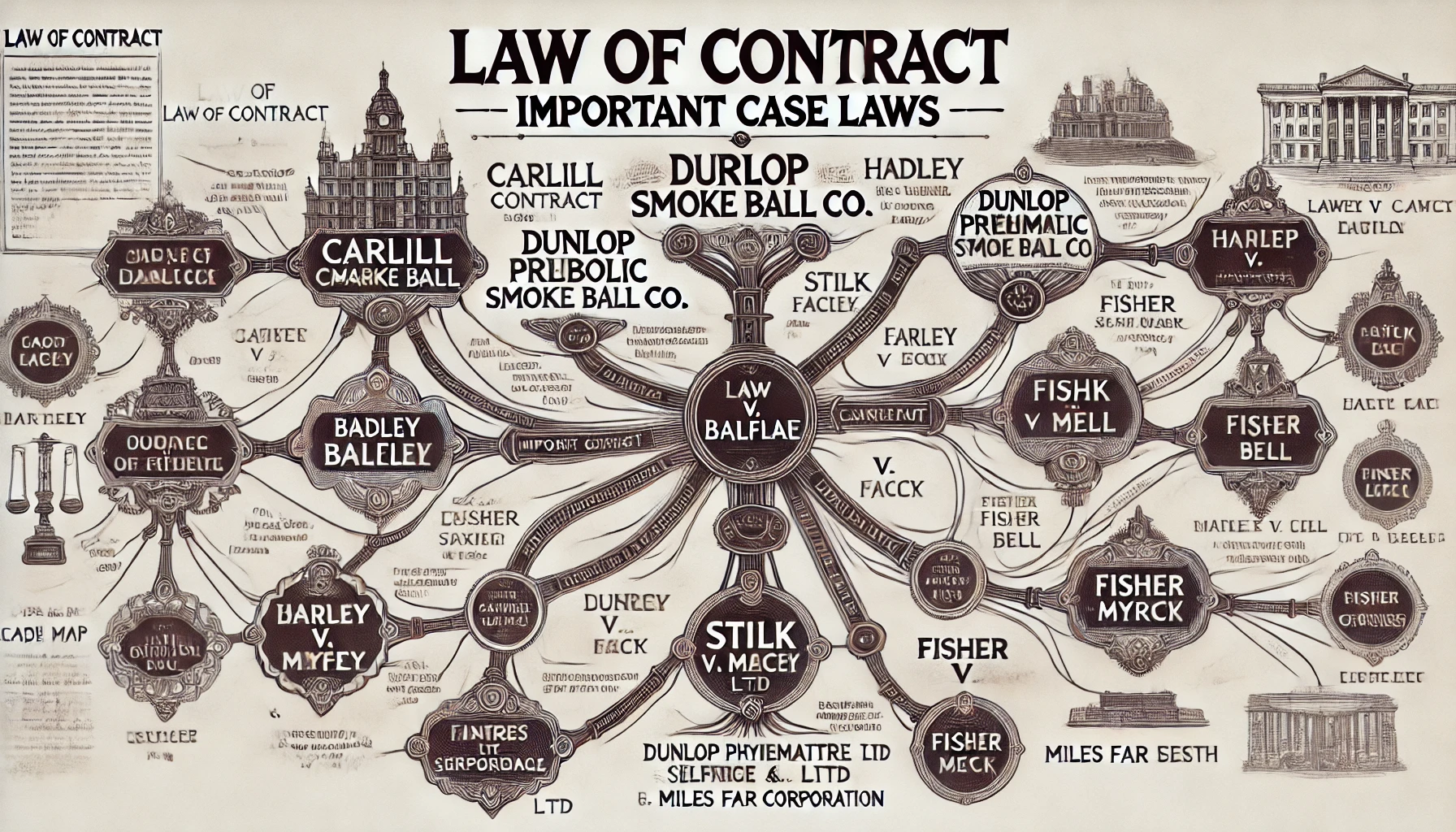
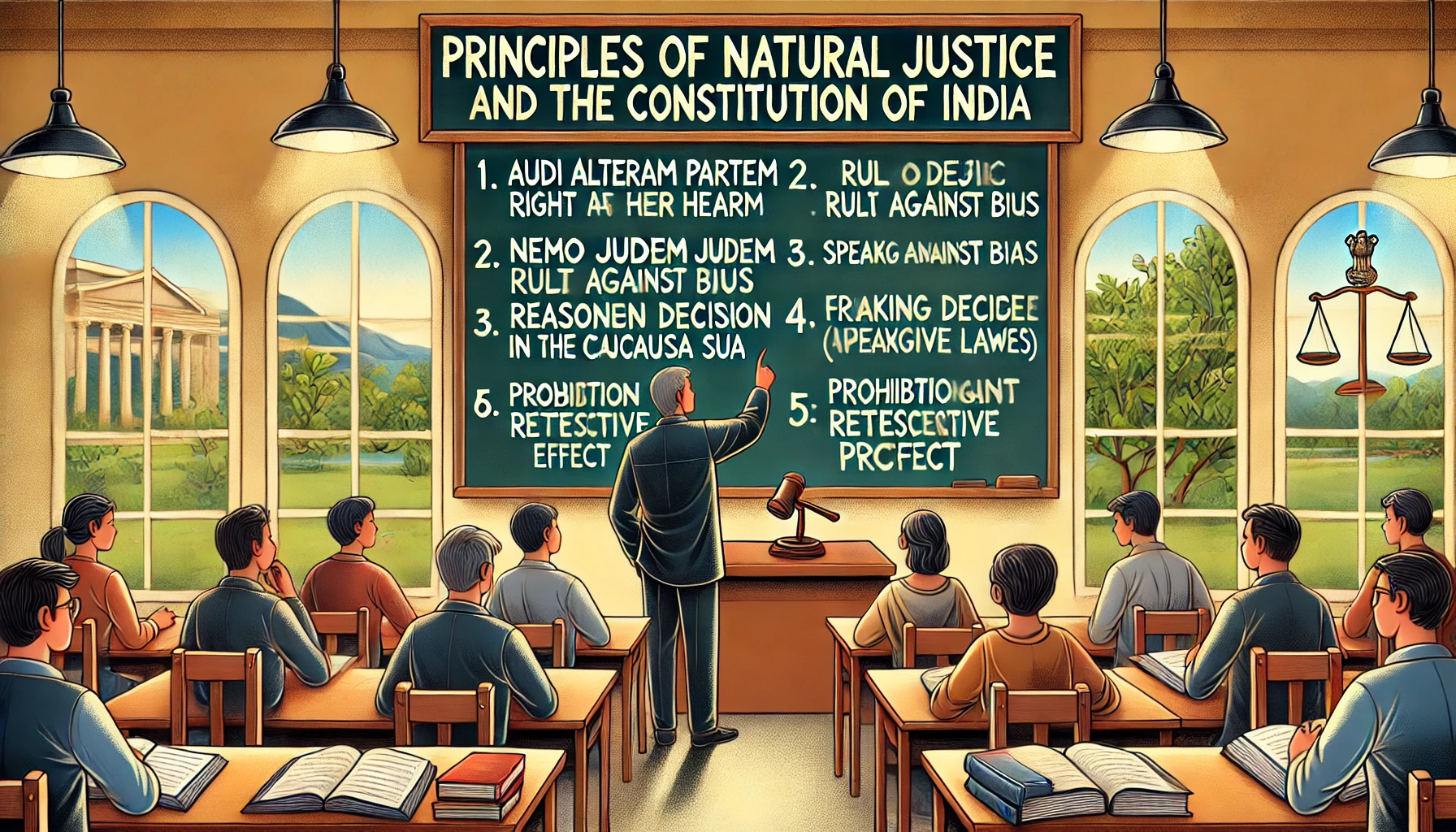

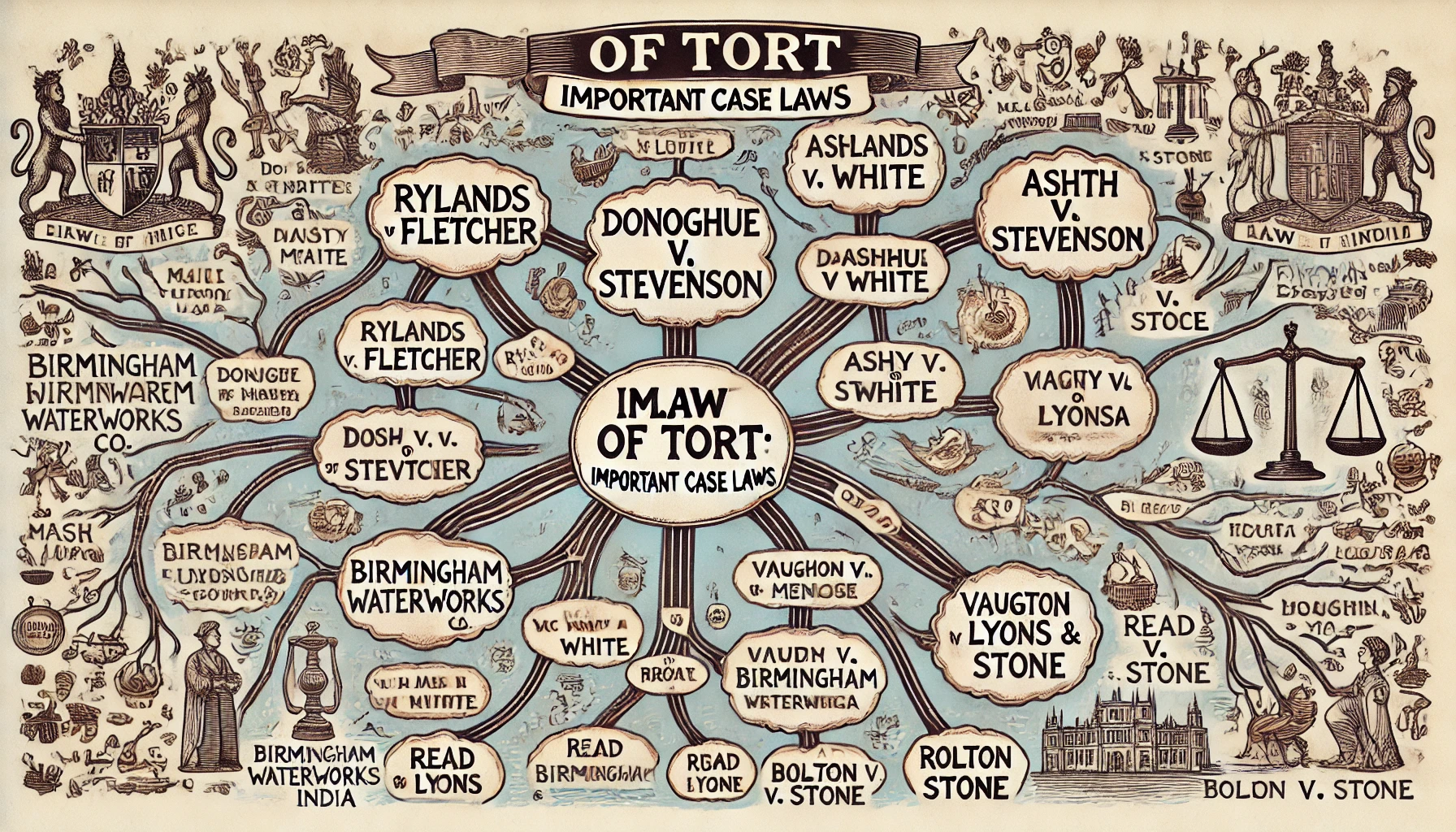
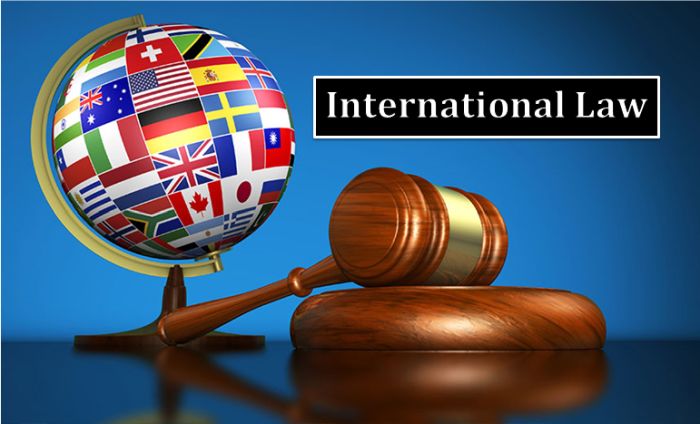
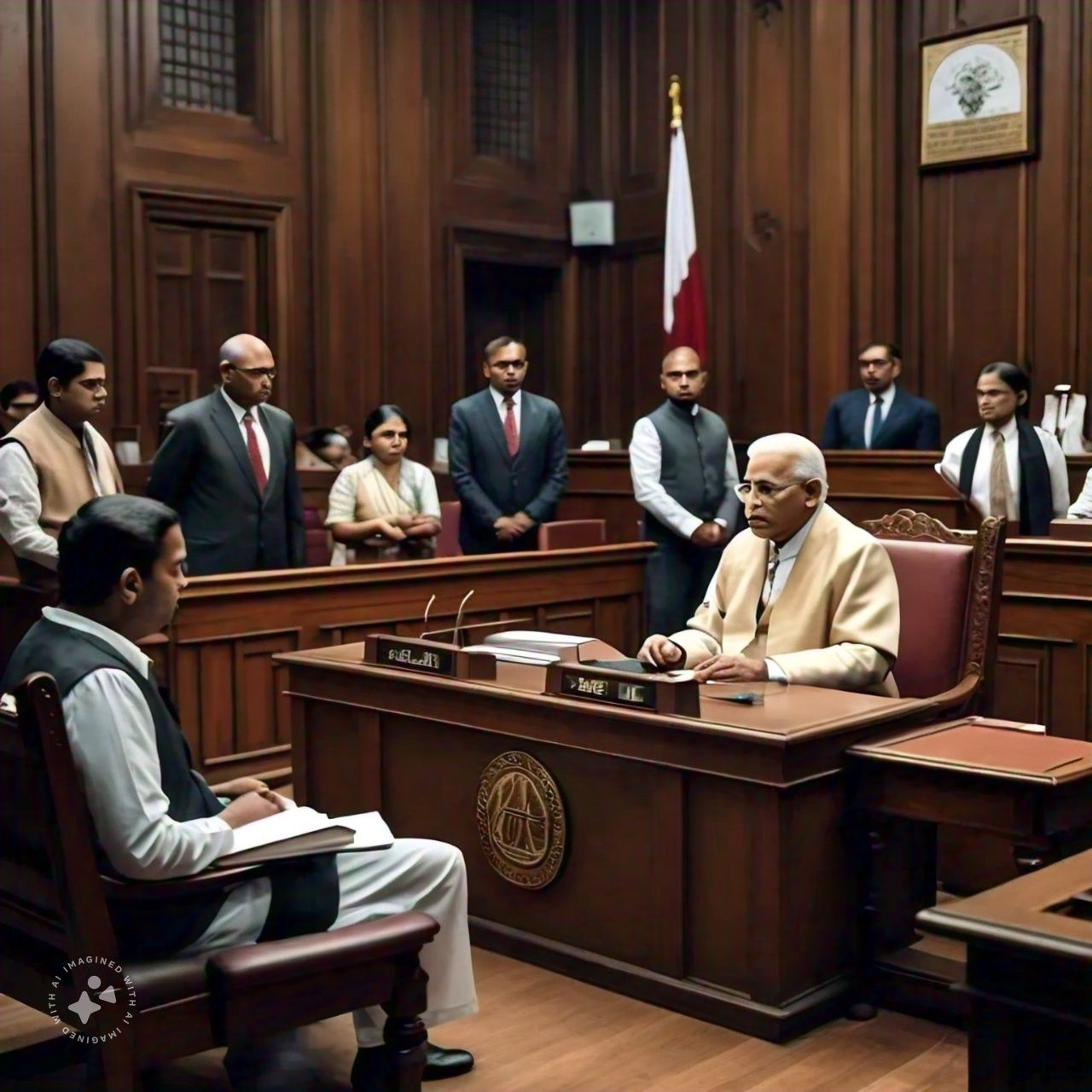
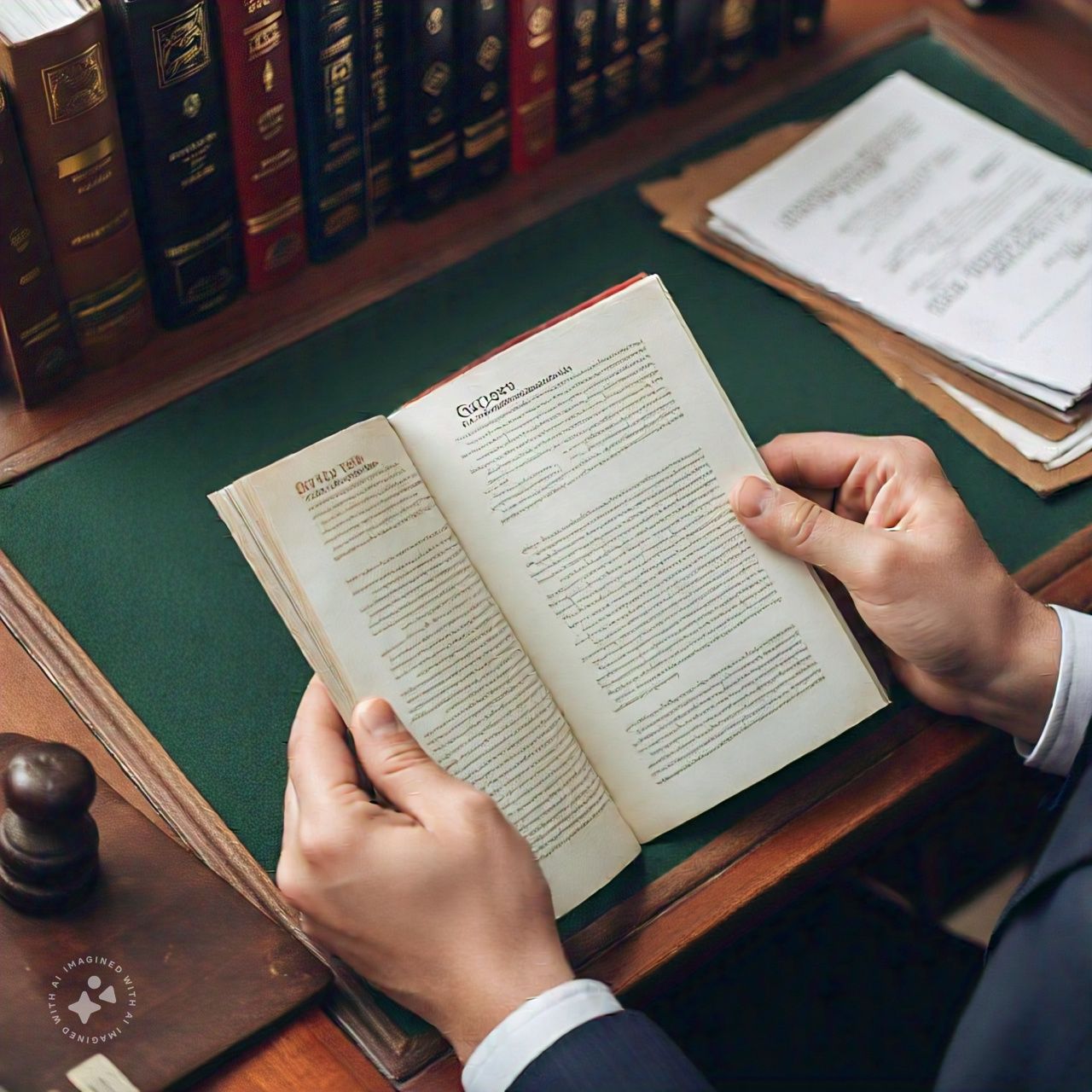


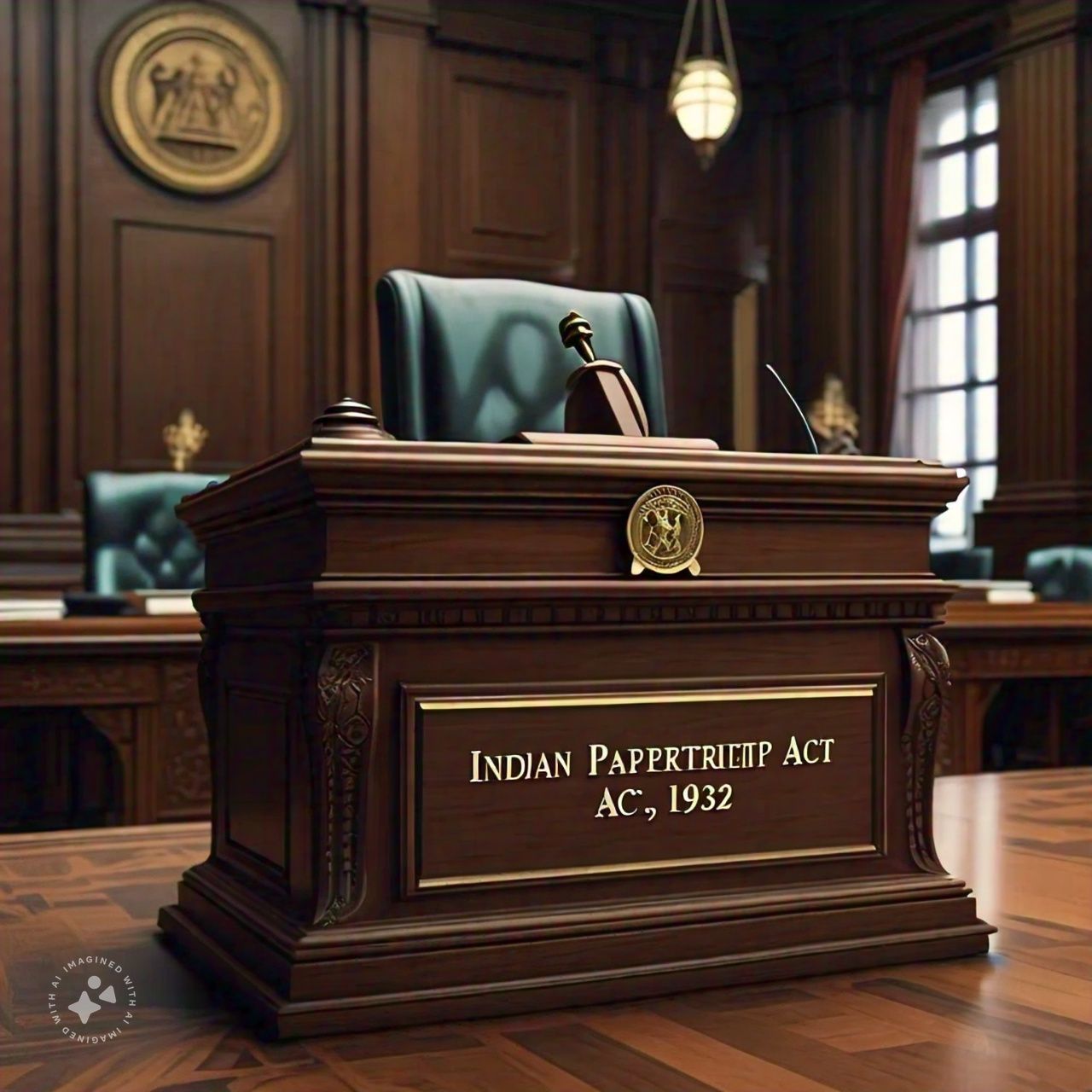
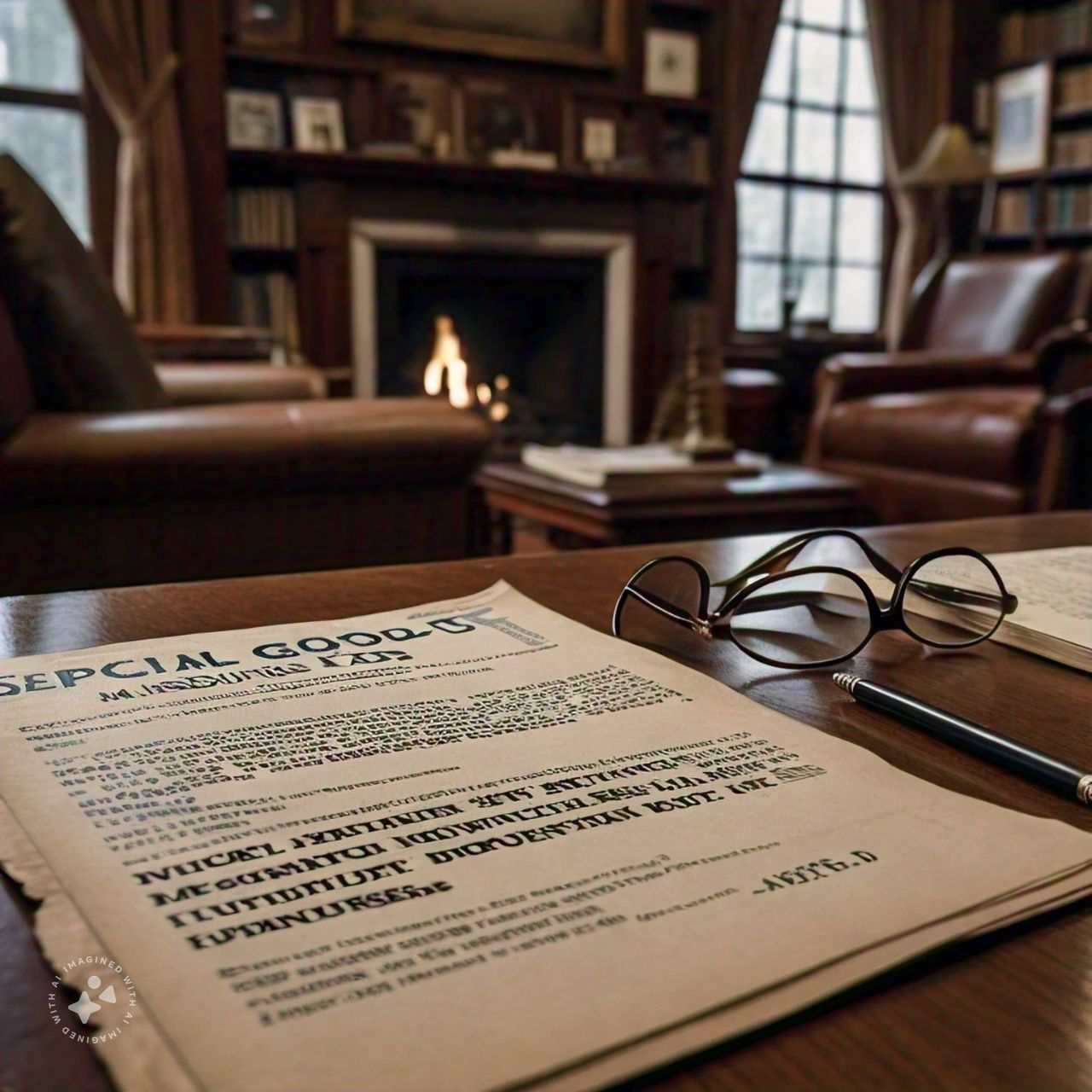
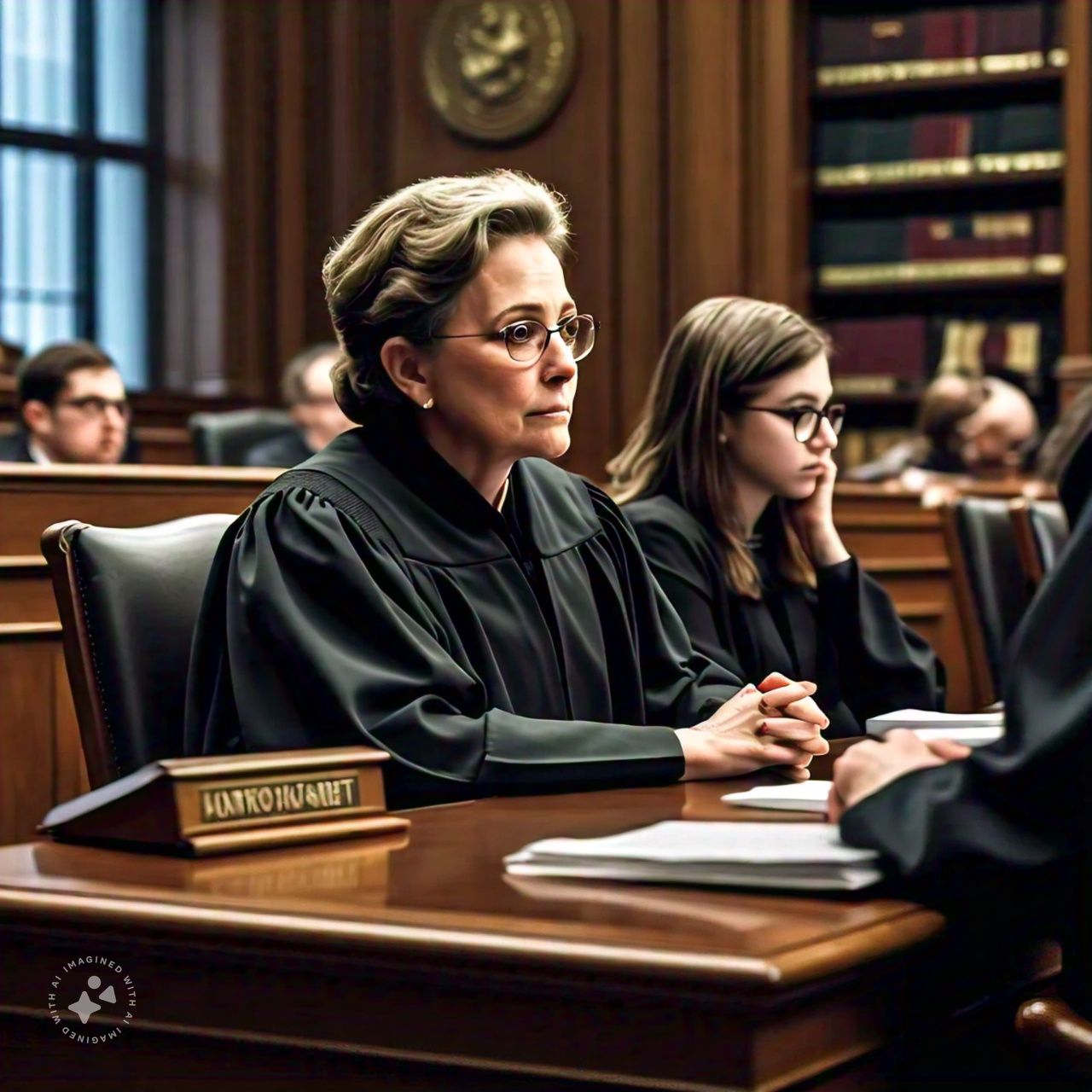

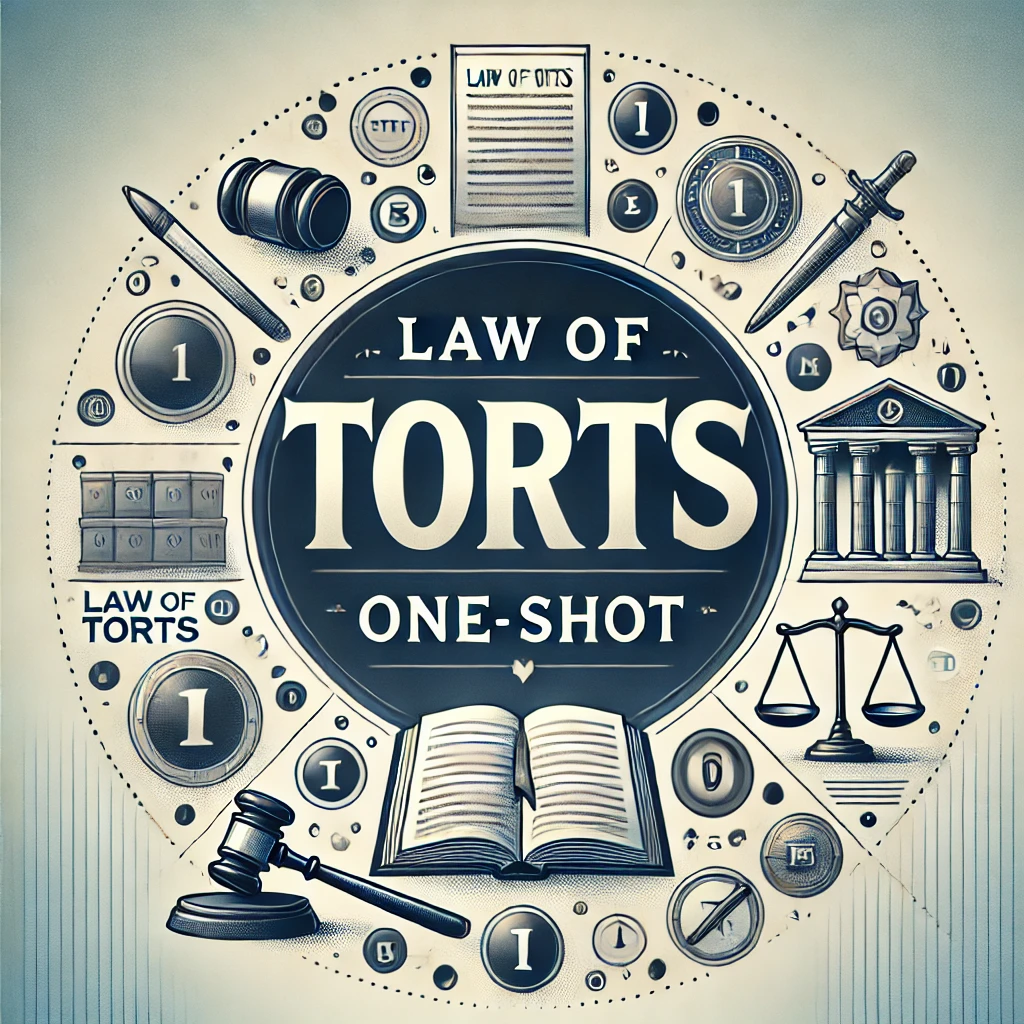
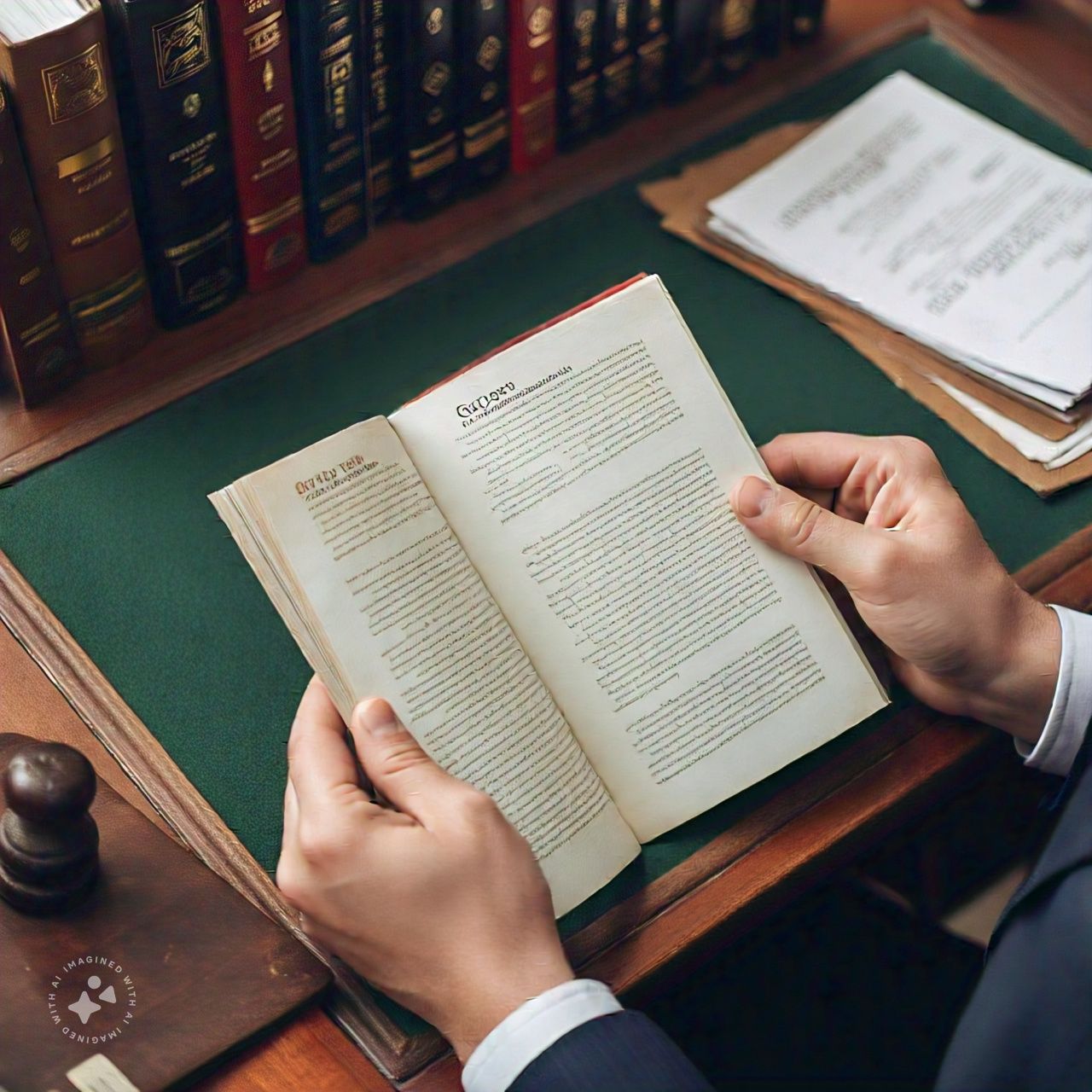
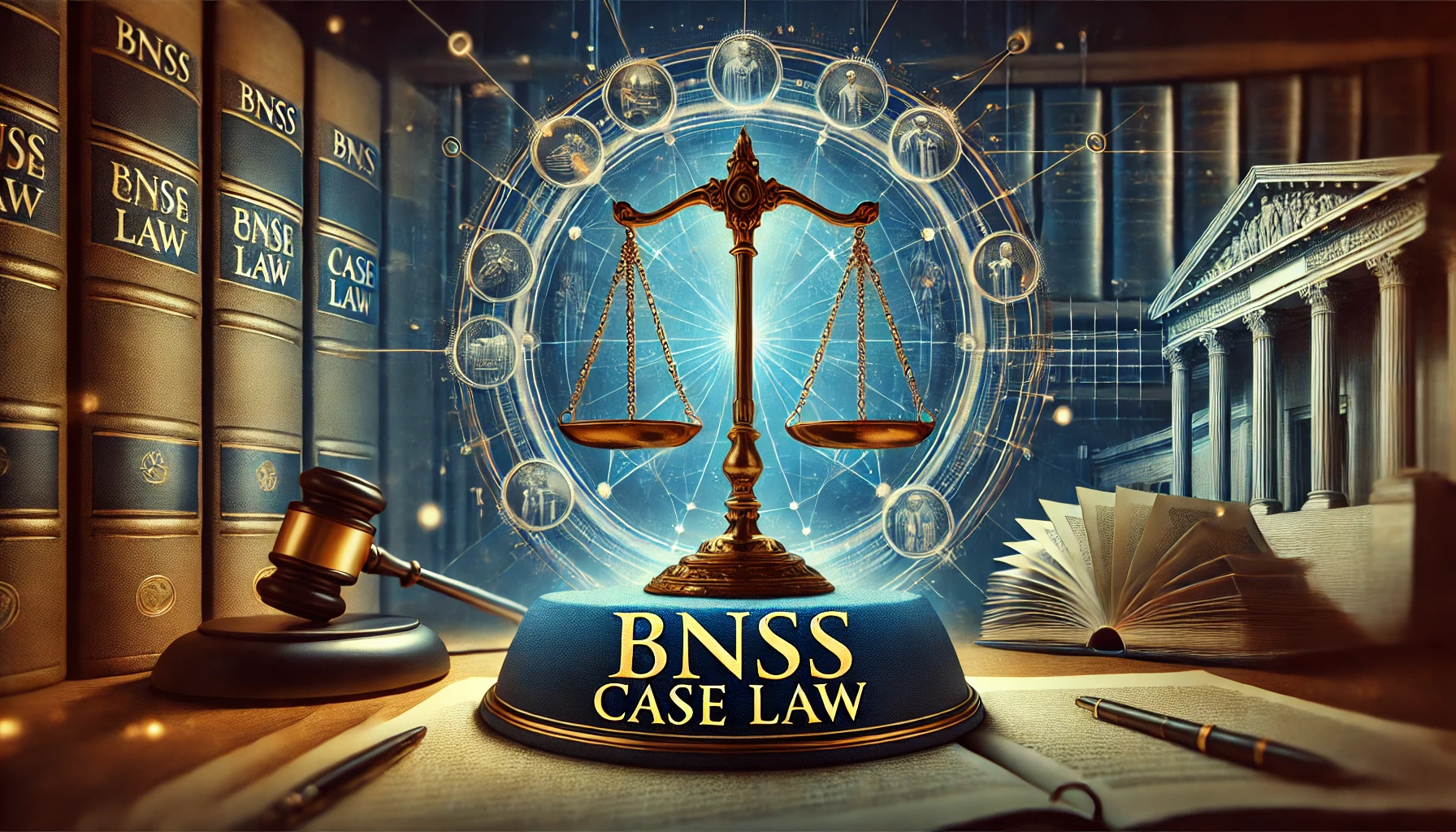
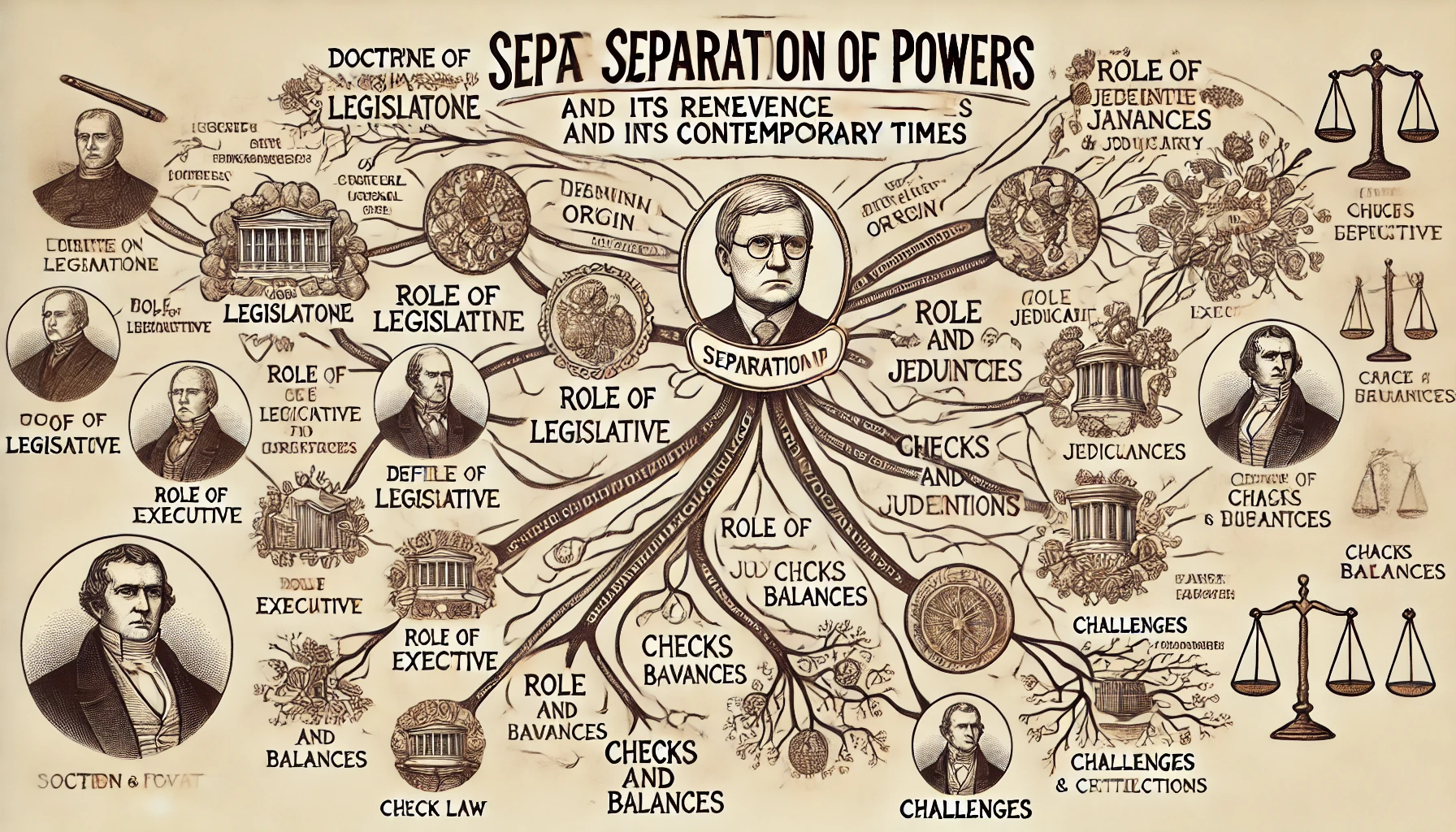


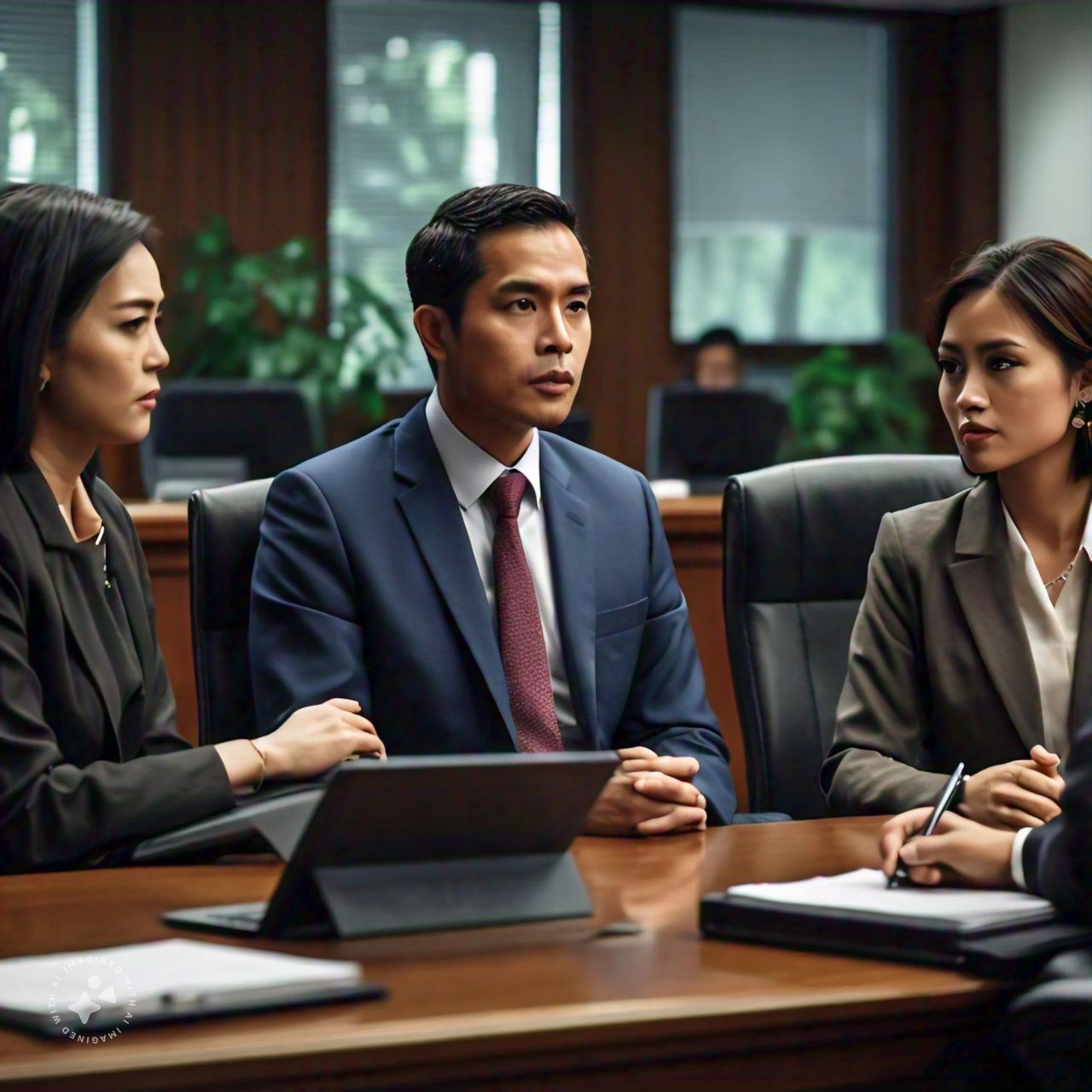
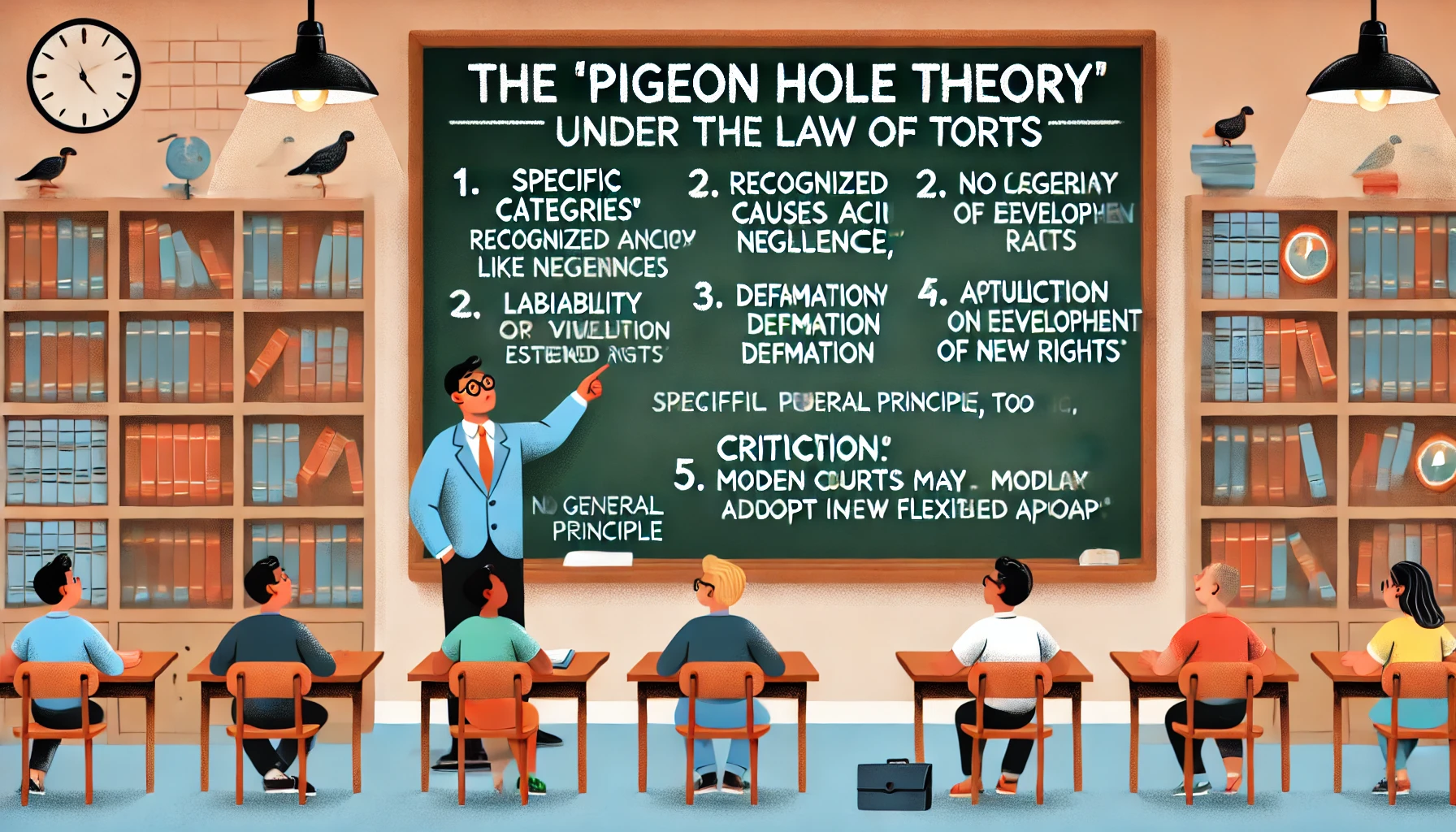
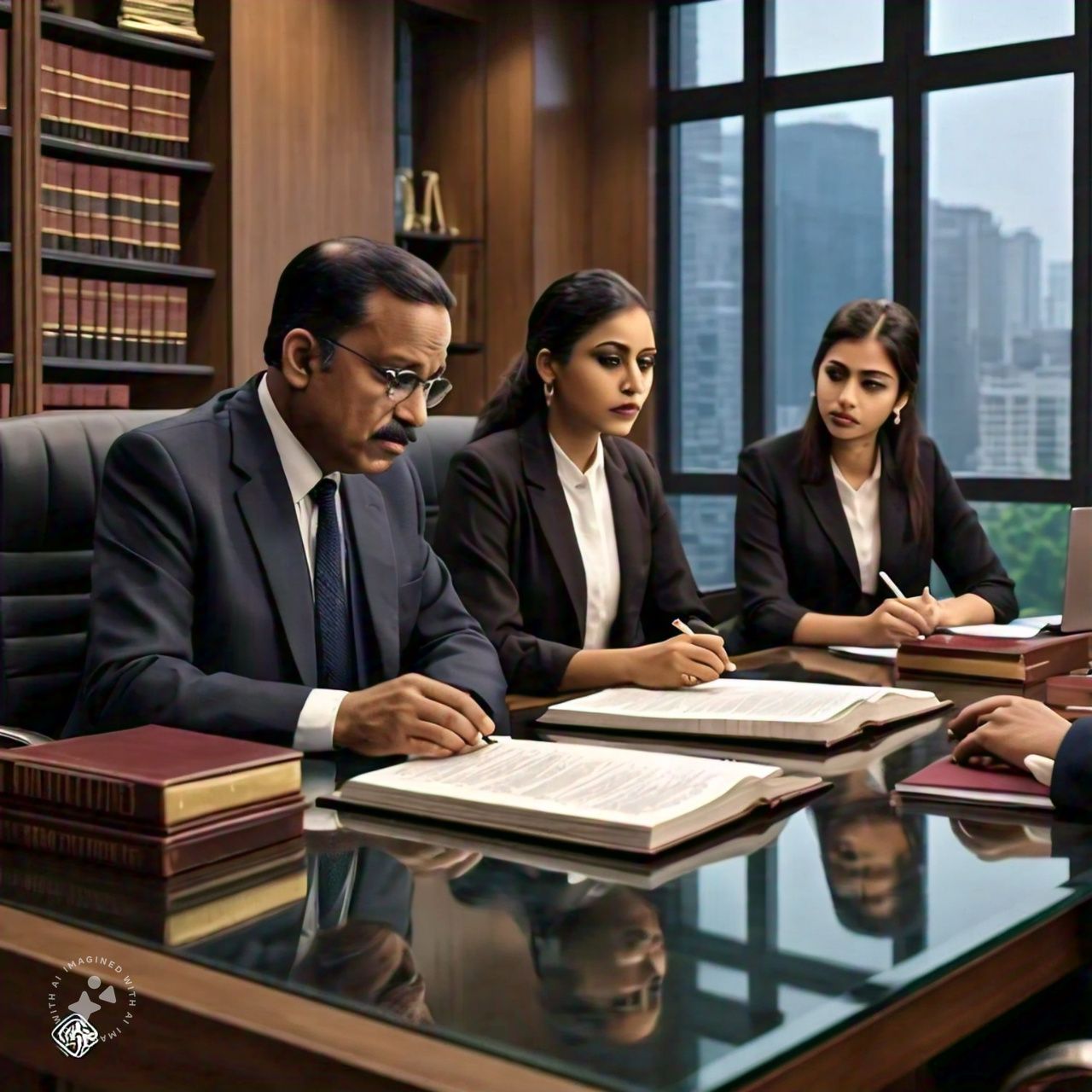
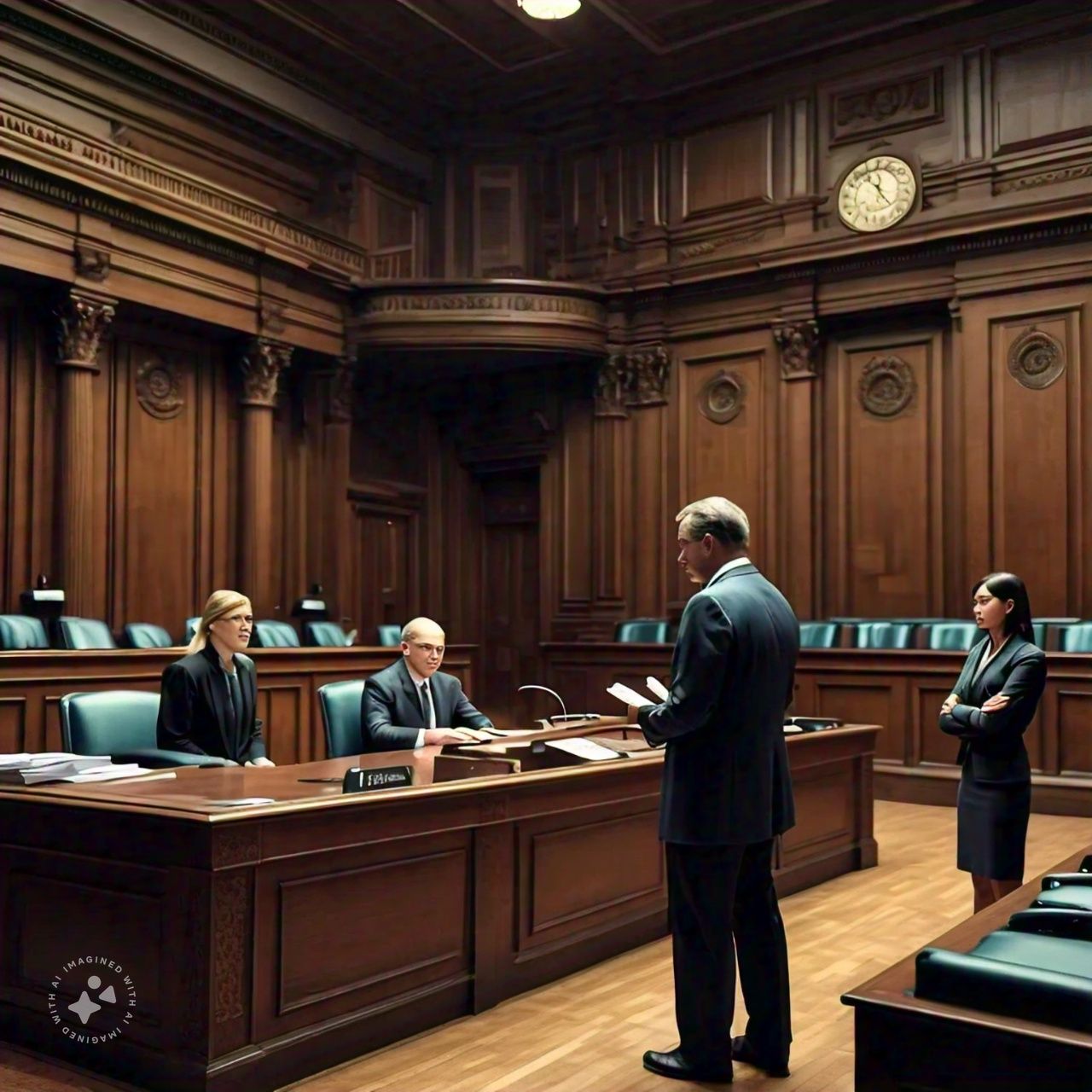
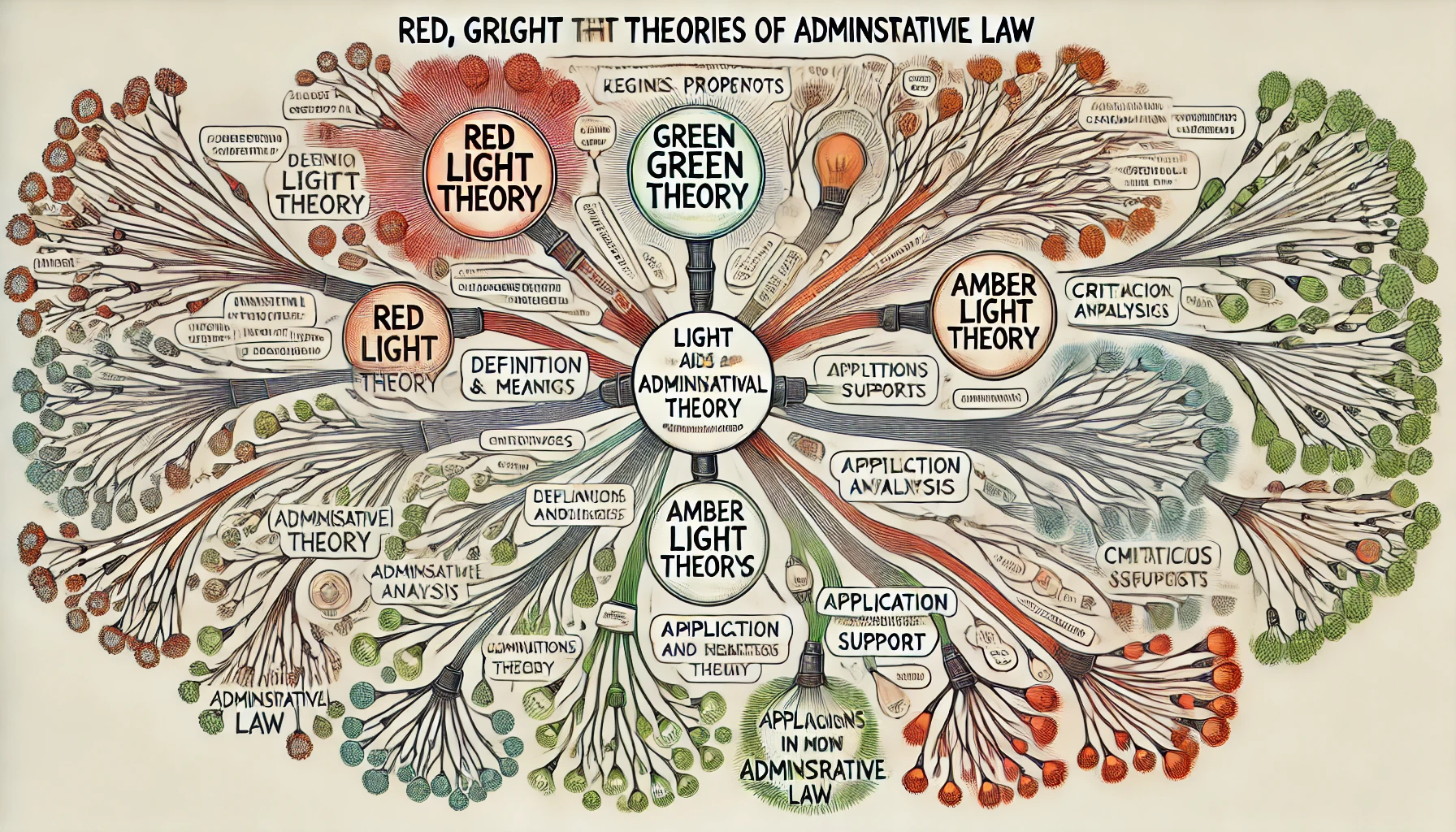
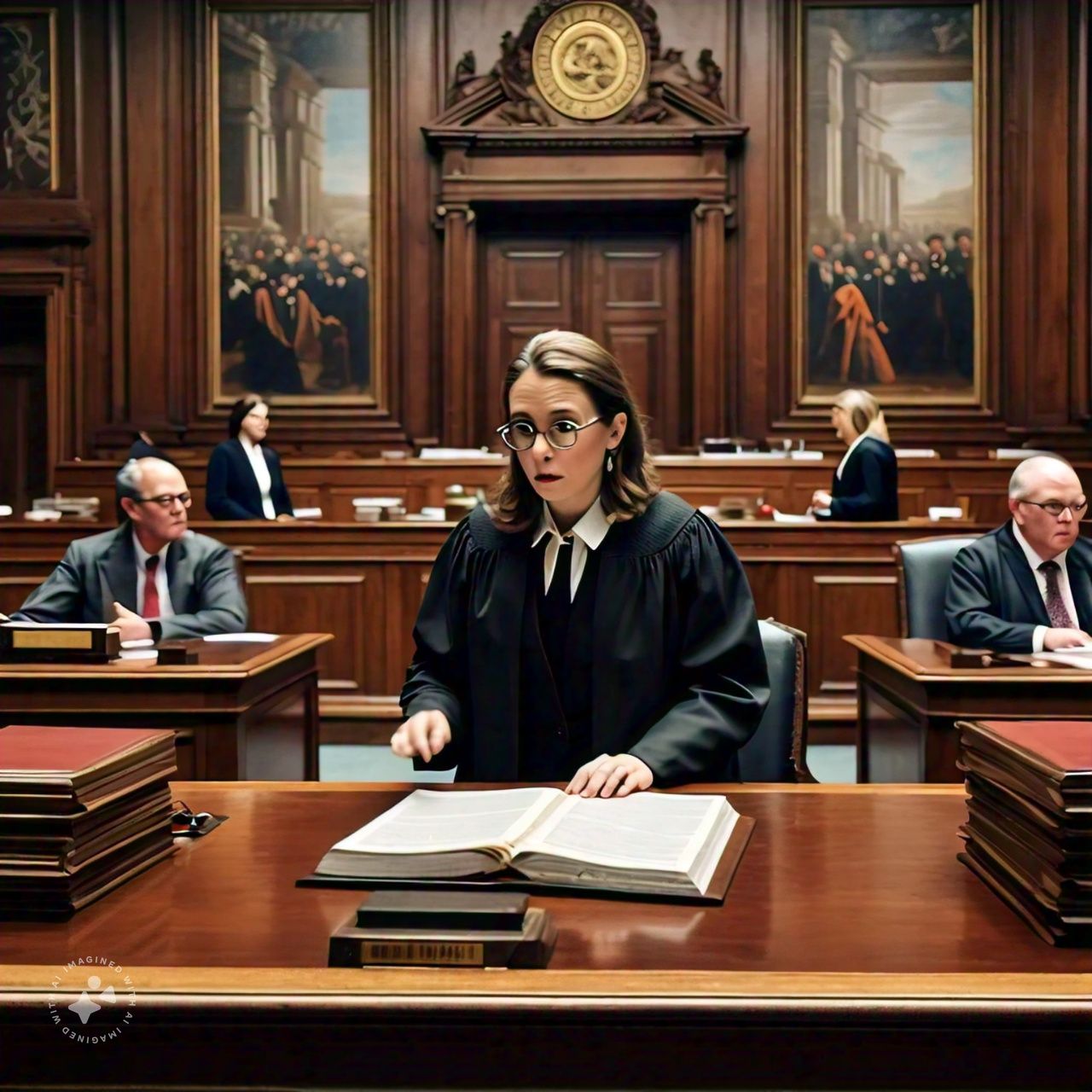
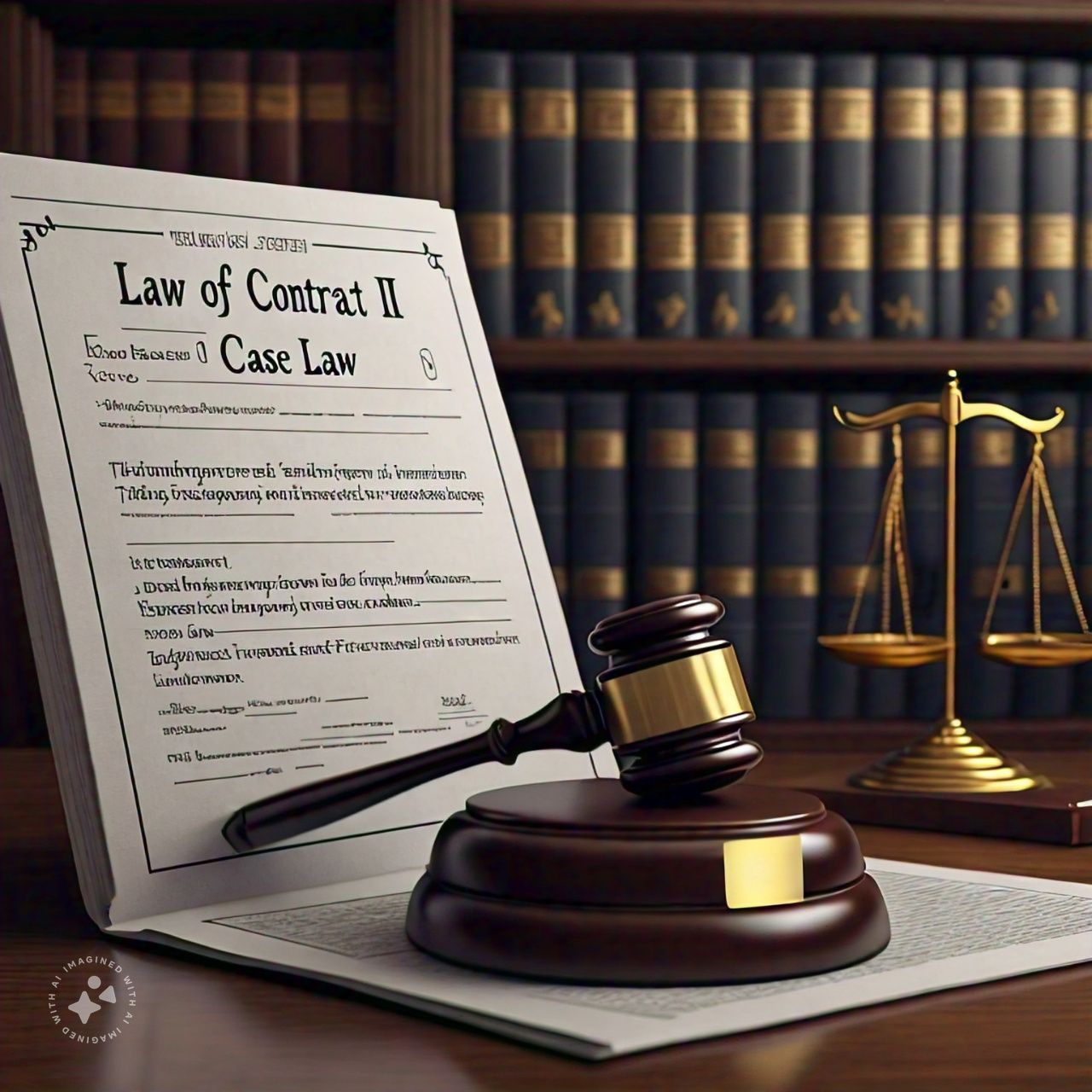
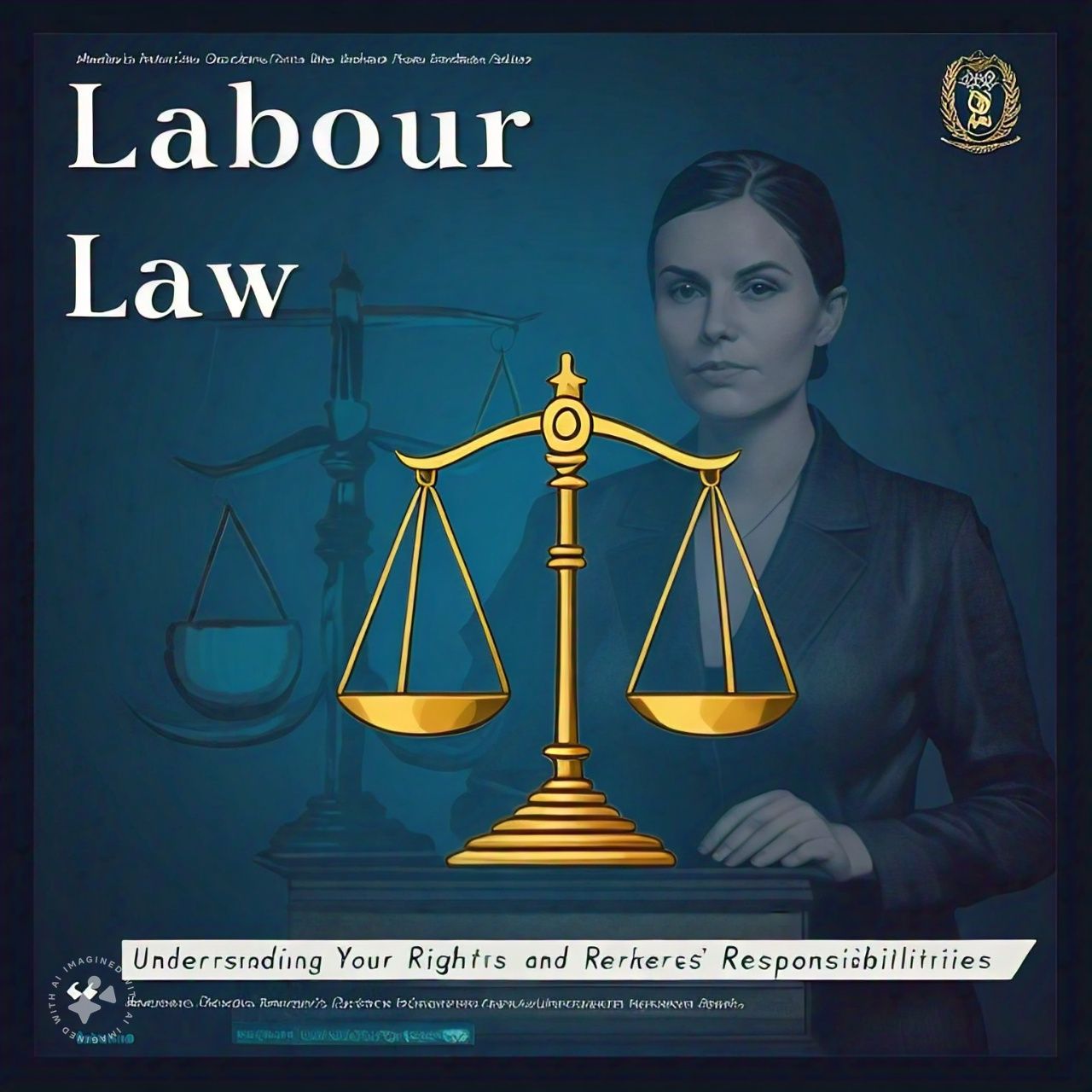
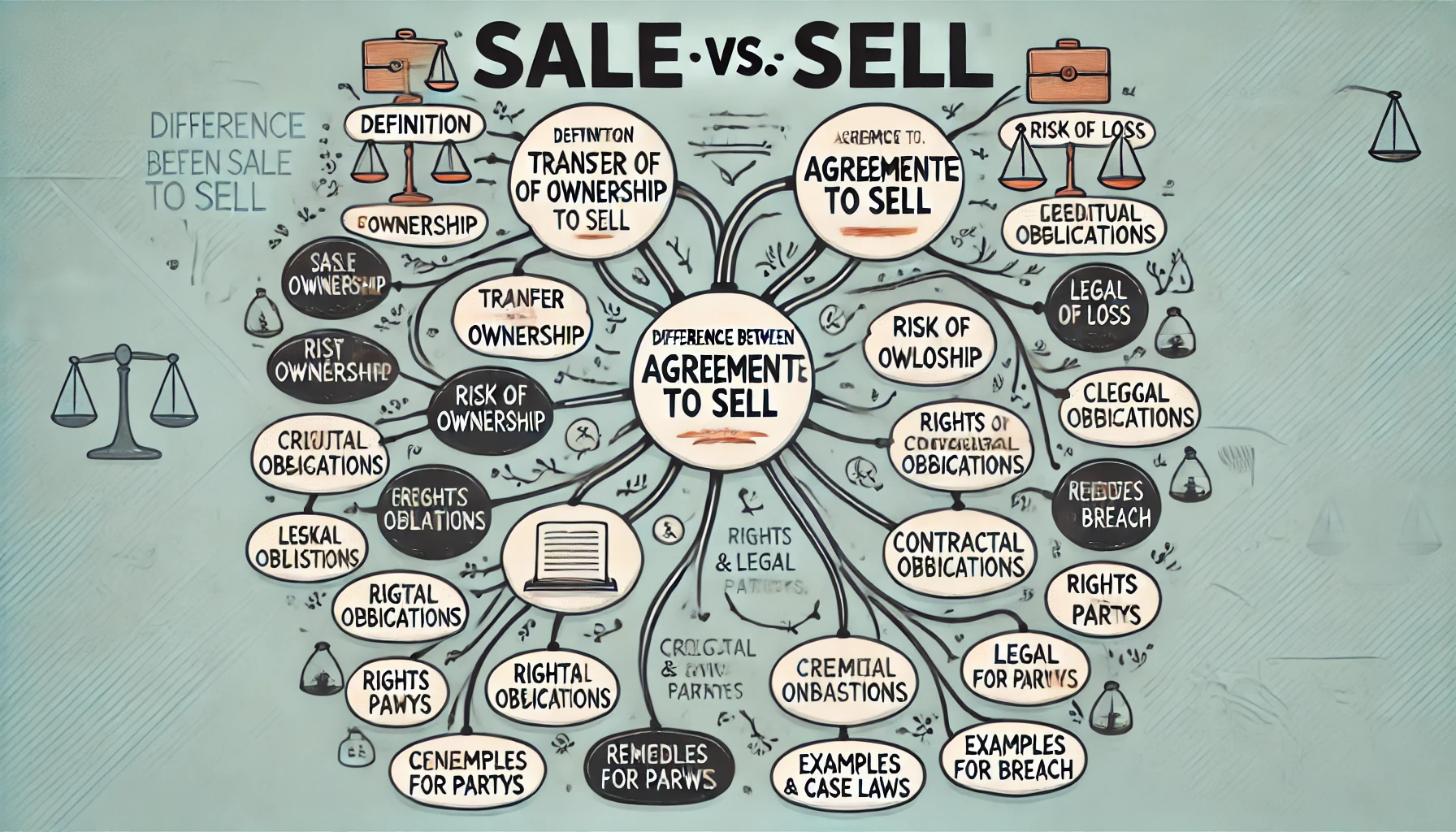


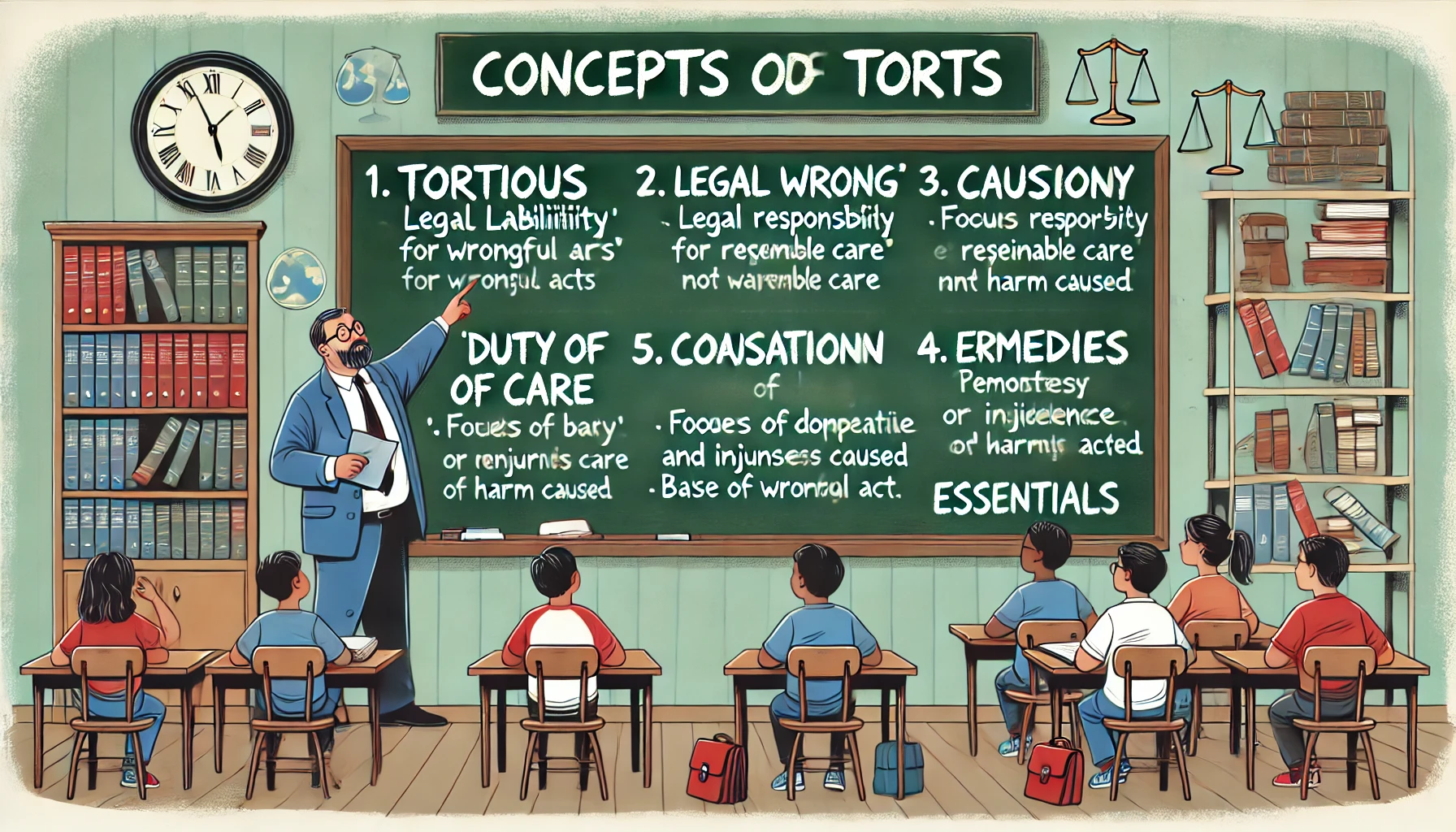
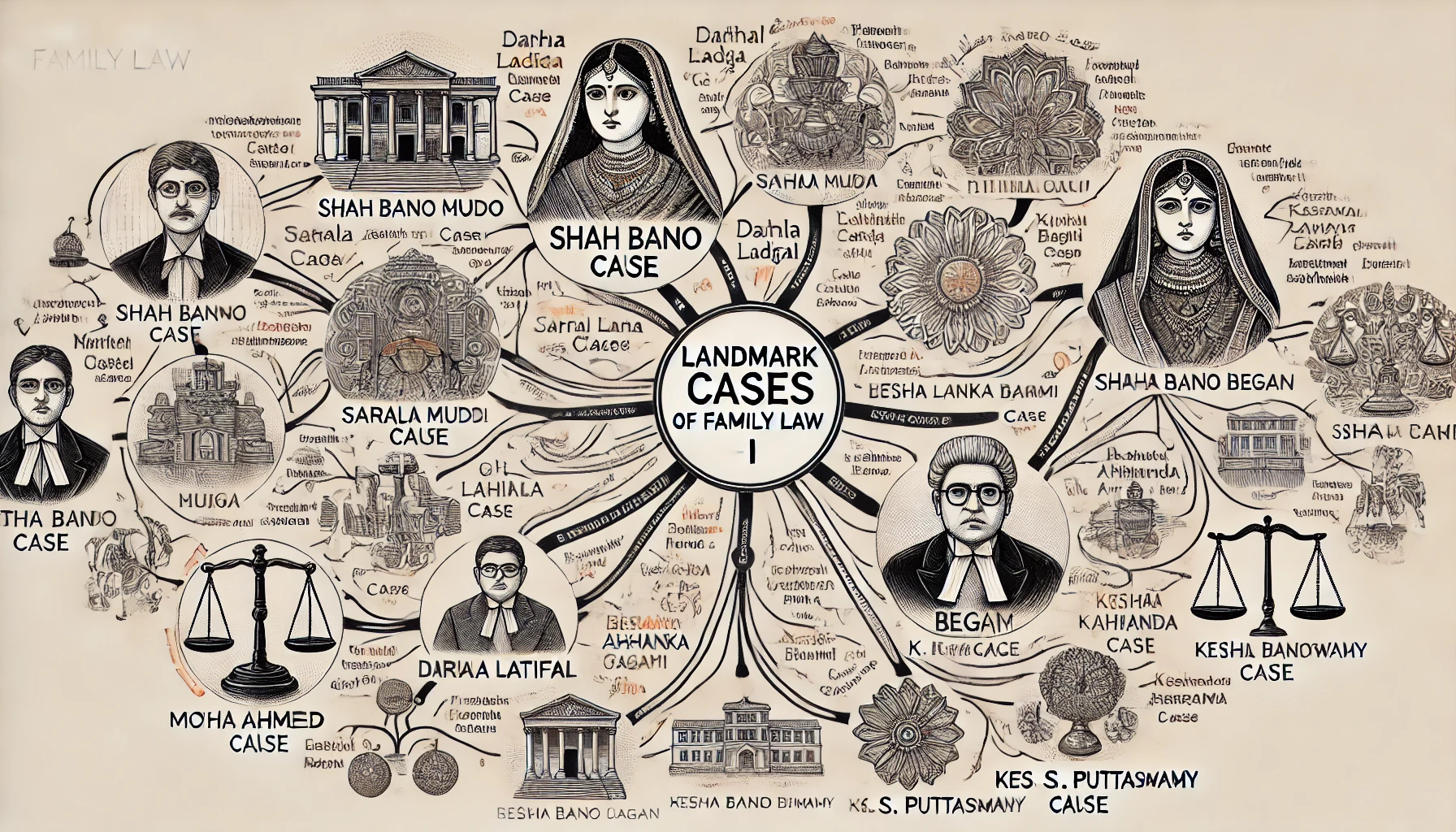
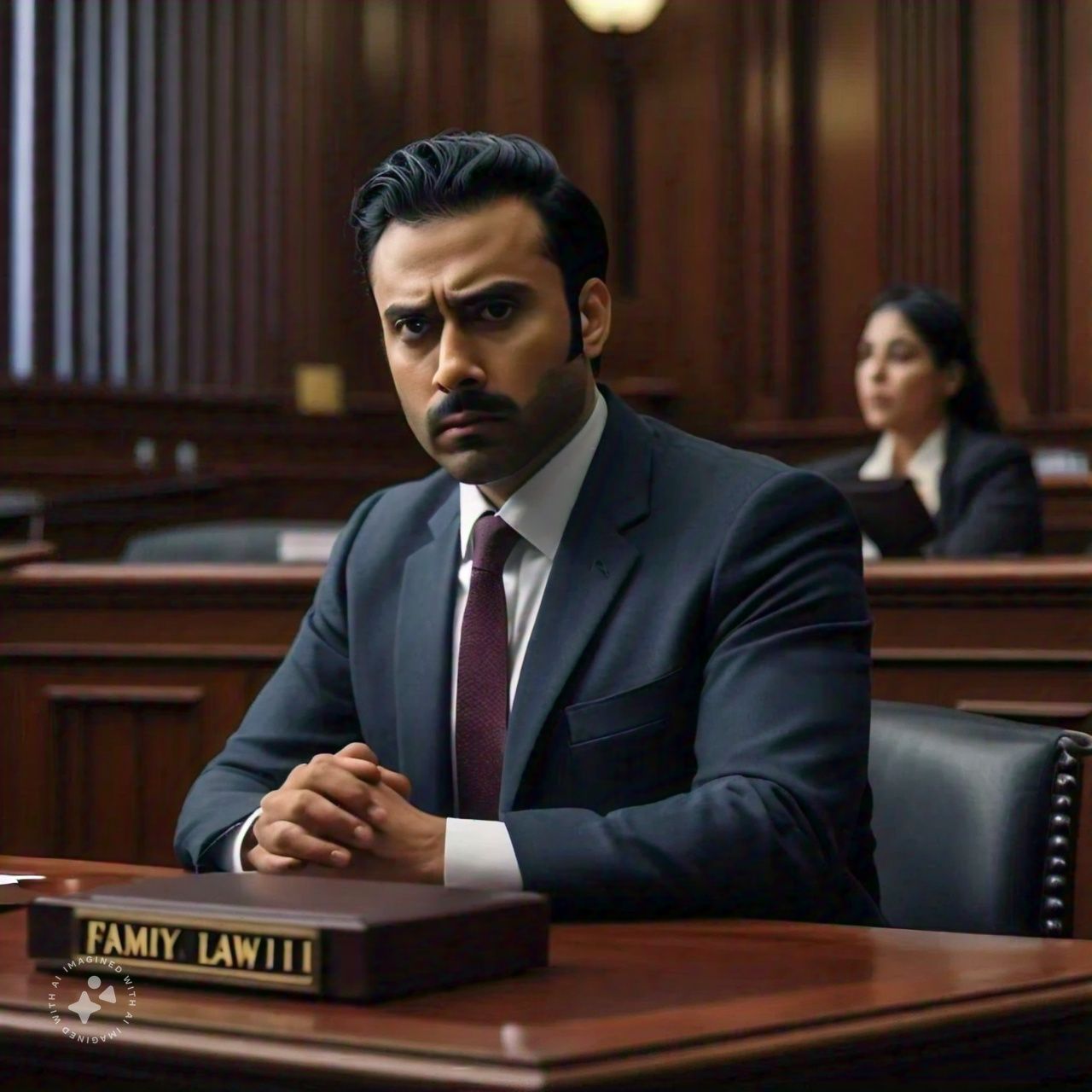
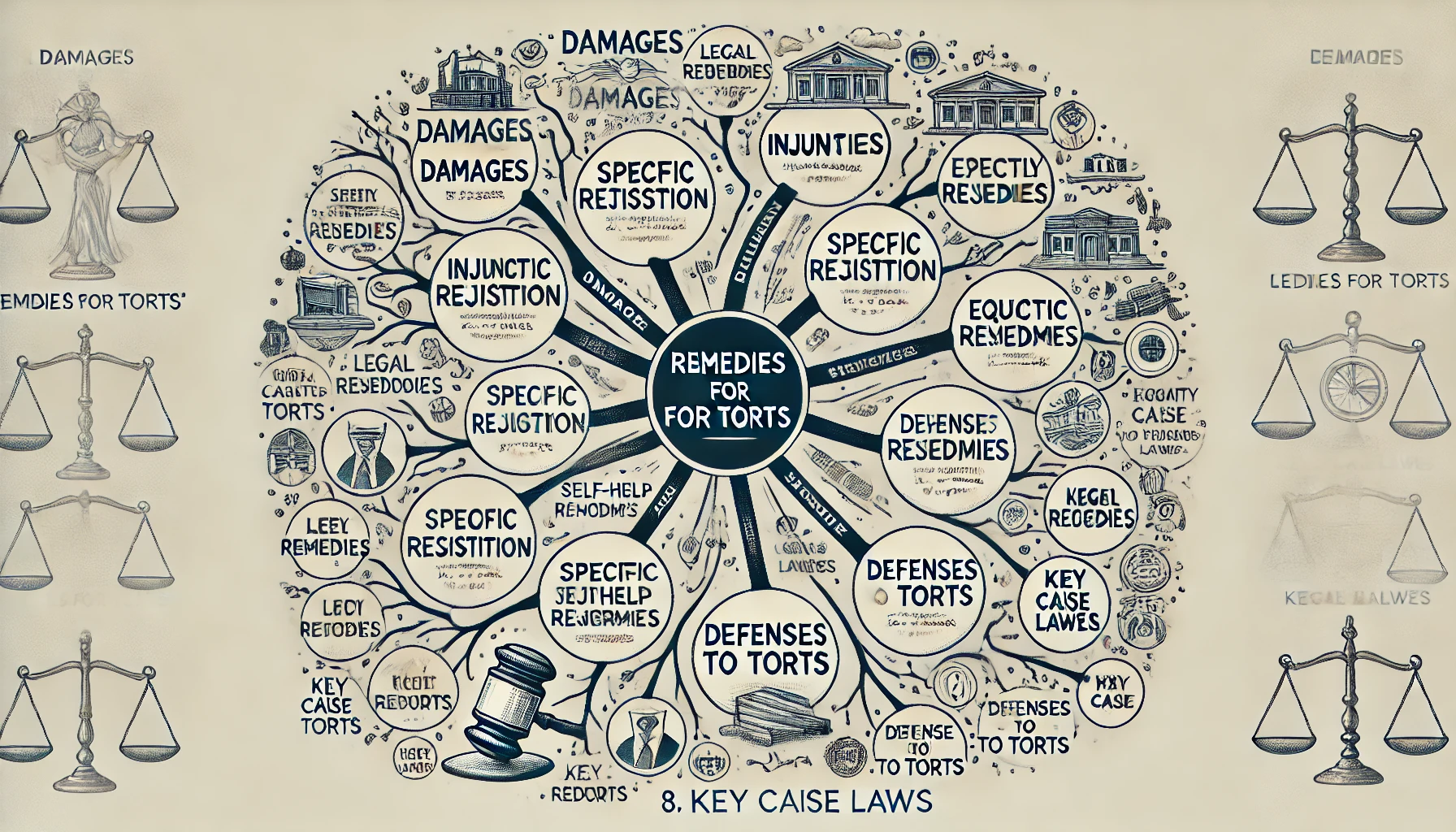
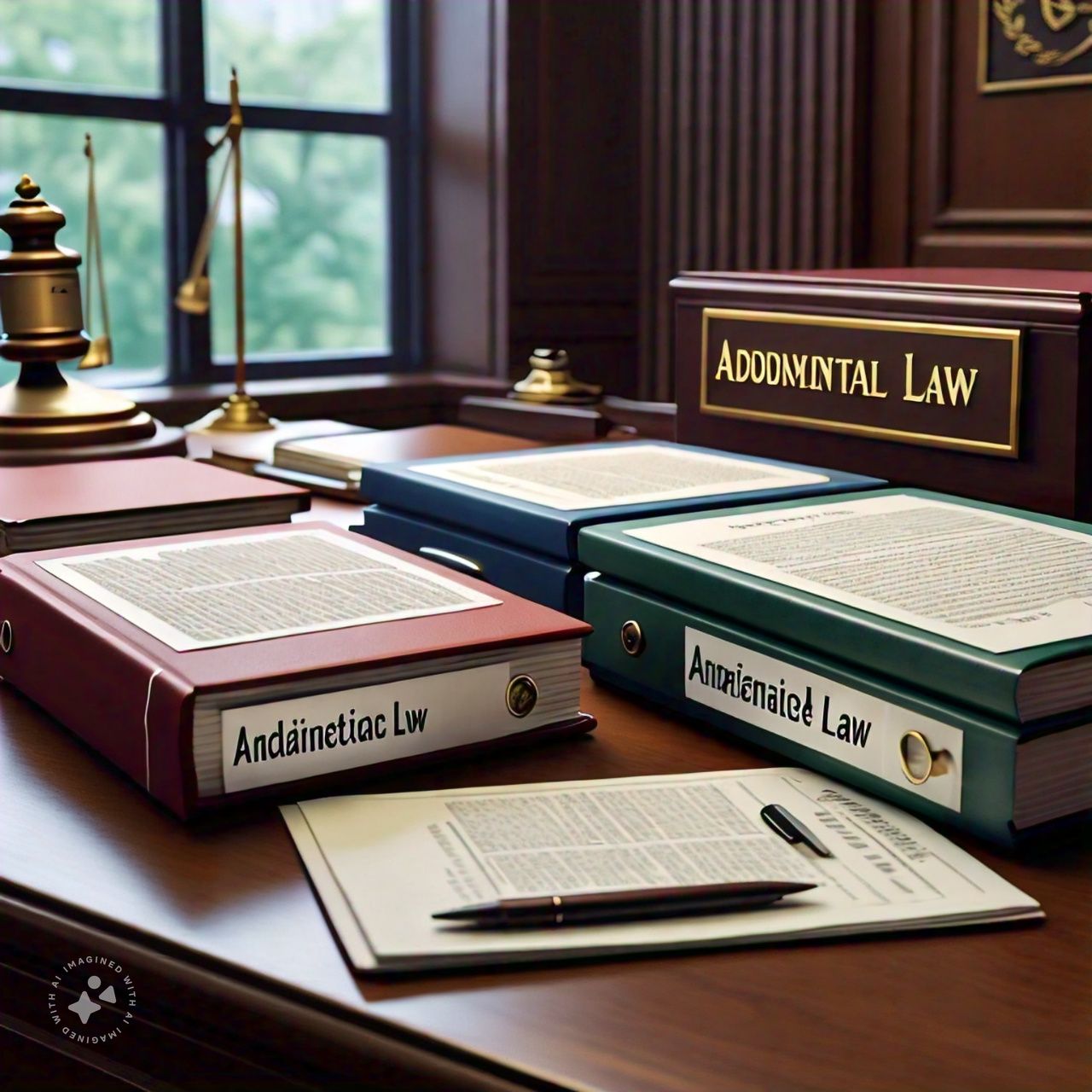

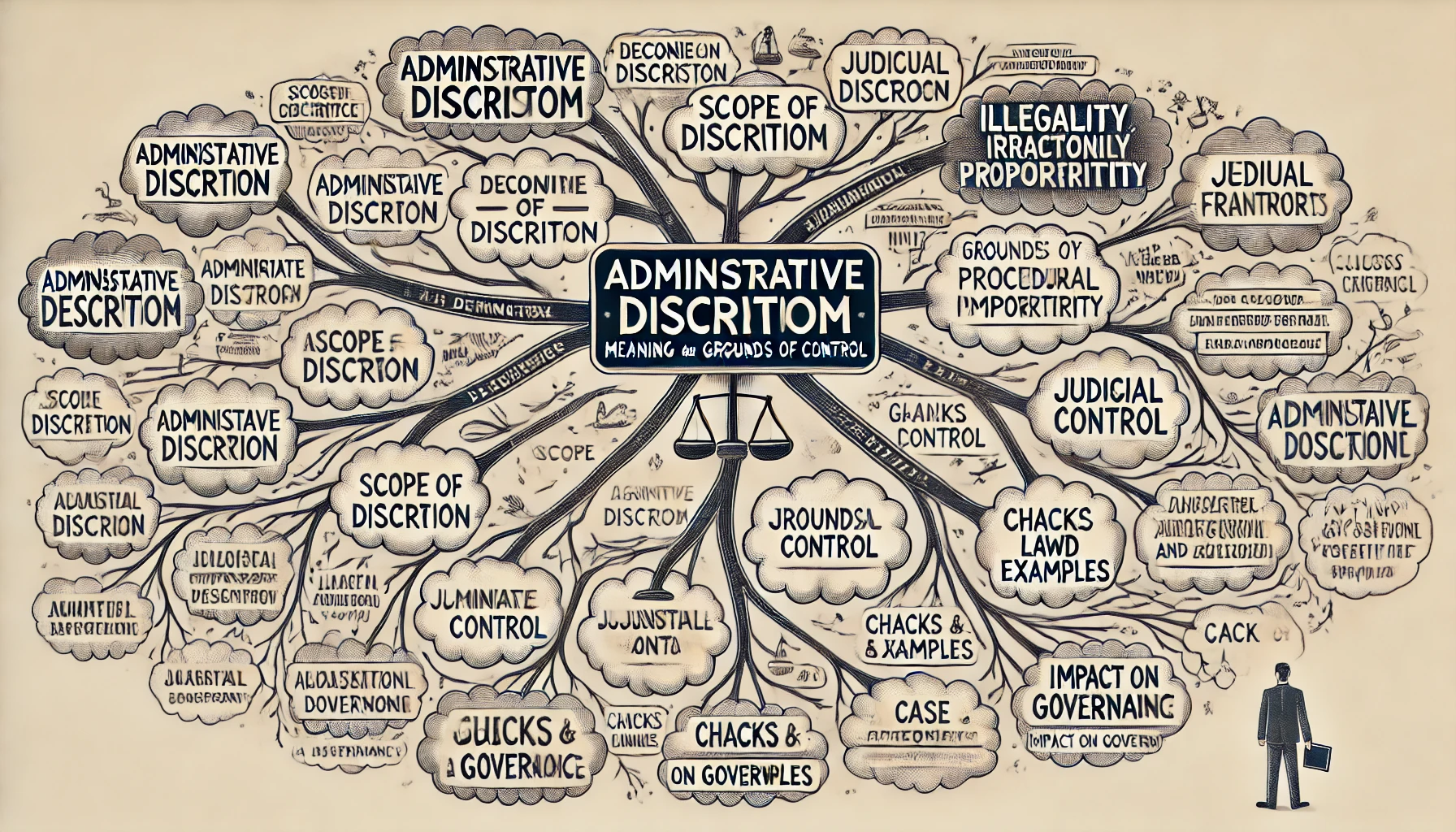
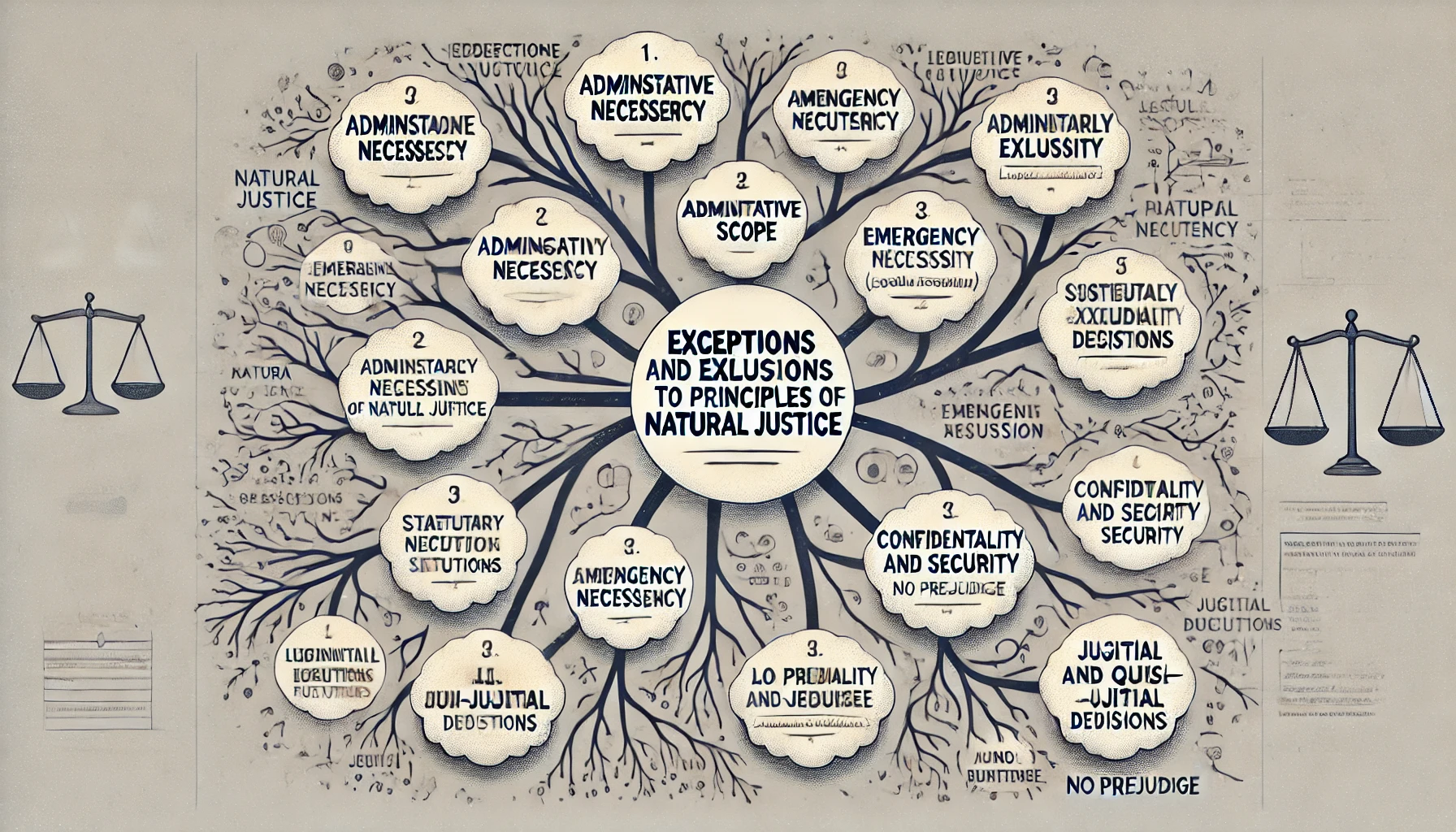




Comment
Nothing for now